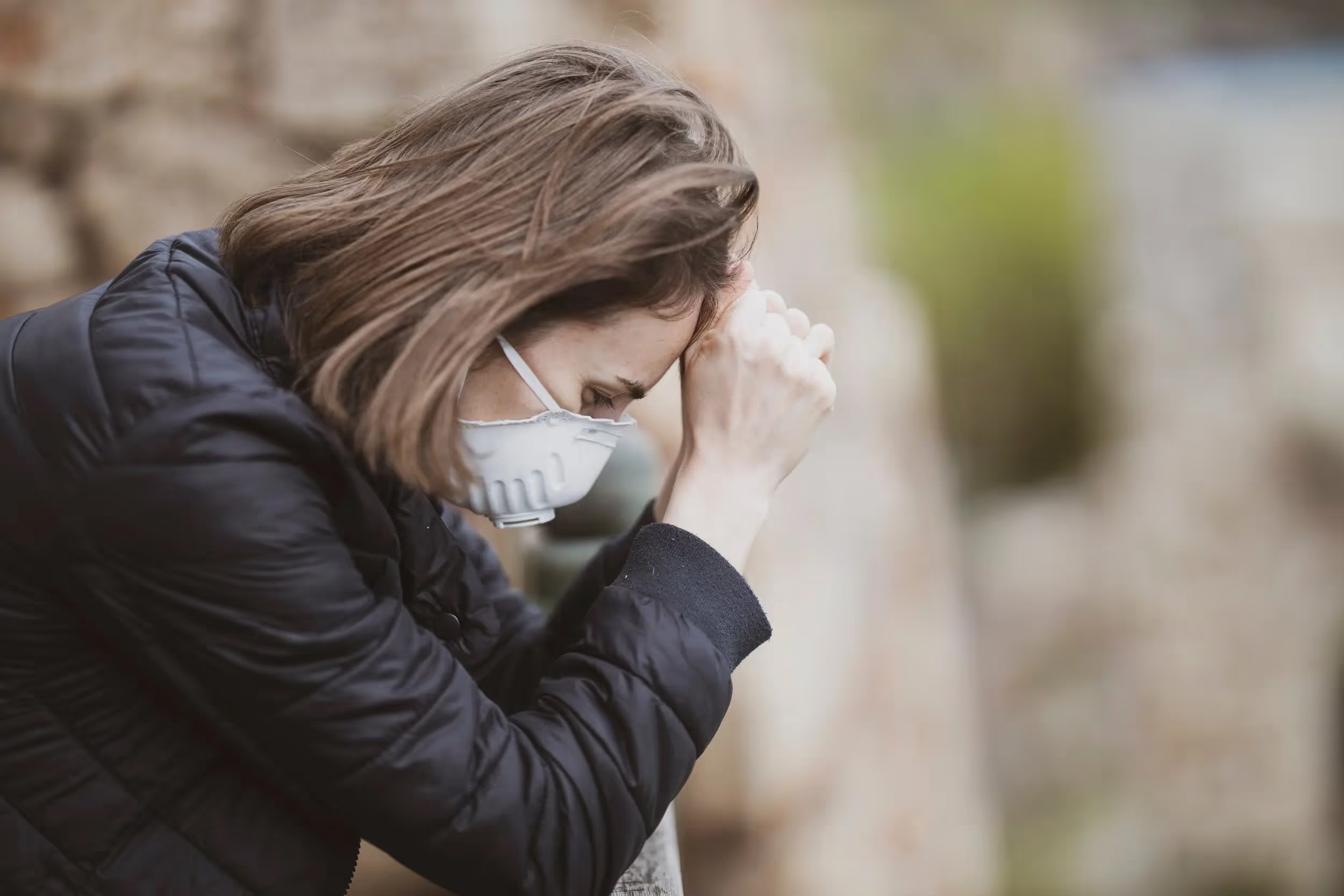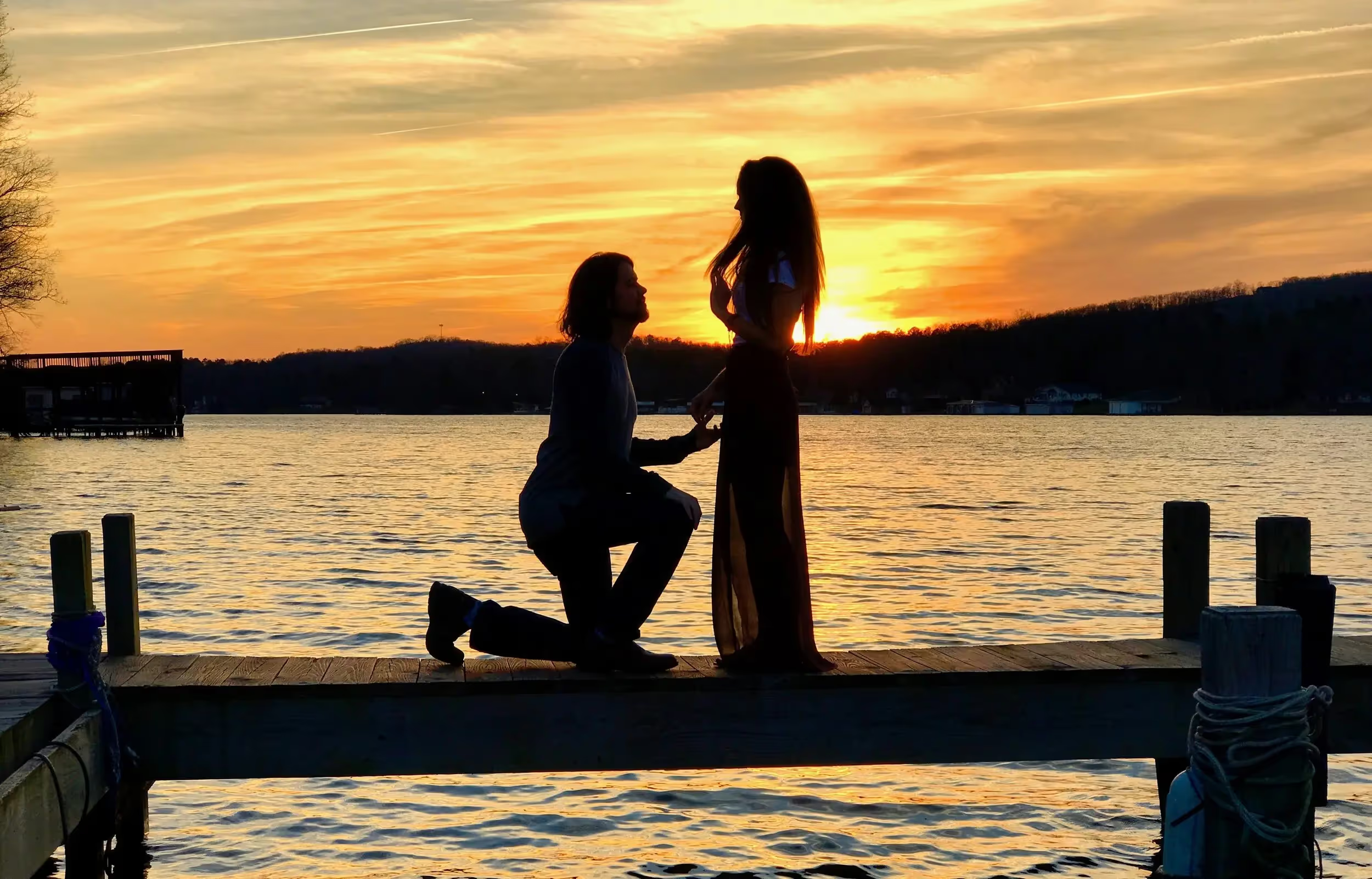Congratulations on your engagement! If you’re planning your wedding from afar, or inviting guests to travel to celebrate with you, you may be wondering how to make the most of everyone’s time together. For out-of-town couples especially, a multi-day wedding offers a relaxed, immersive, and truly unforgettable way to celebrate your love.
Make the Journey Worthwhile
When guests travel to attend your wedding, a single day can feel fleeting. A multi-day celebration turns your wedding into a destination experience, giving loved ones the chance to settle in, explore, and truly enjoy the occasion. Rather than arriving and leaving in a rush, guests can unwind and fully embrace the celebration alongside you.
More Quality Time With the People You Love
One of the biggest benefits of a multi-day wedding is the extra time it gives you with your guests. Instead of trying to greet everyone during a packed reception, you’ll enjoy meaningful moments spread across several days, shared meals, casual conversations, and relaxed gatherings that create deeper connections and lasting memories.
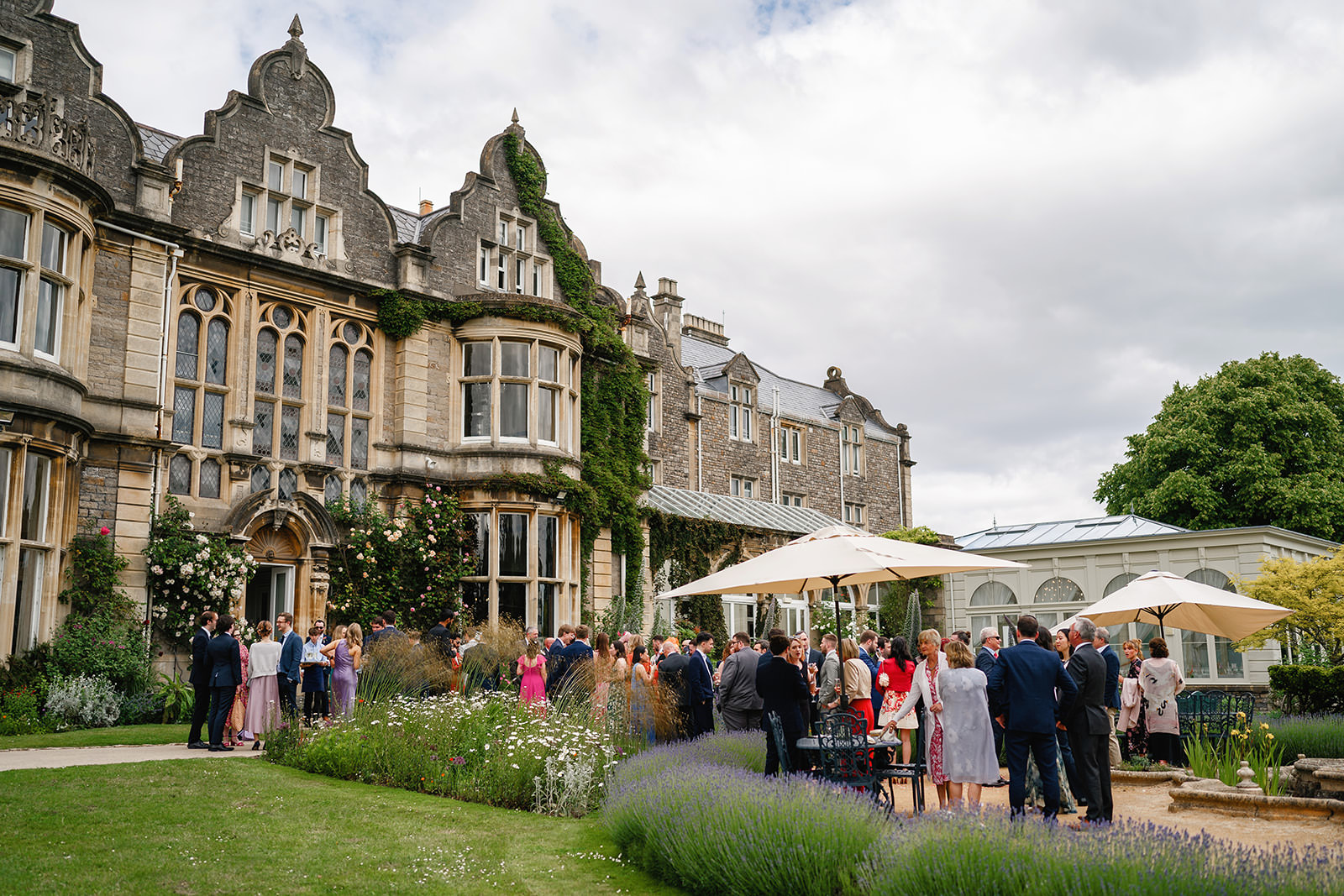
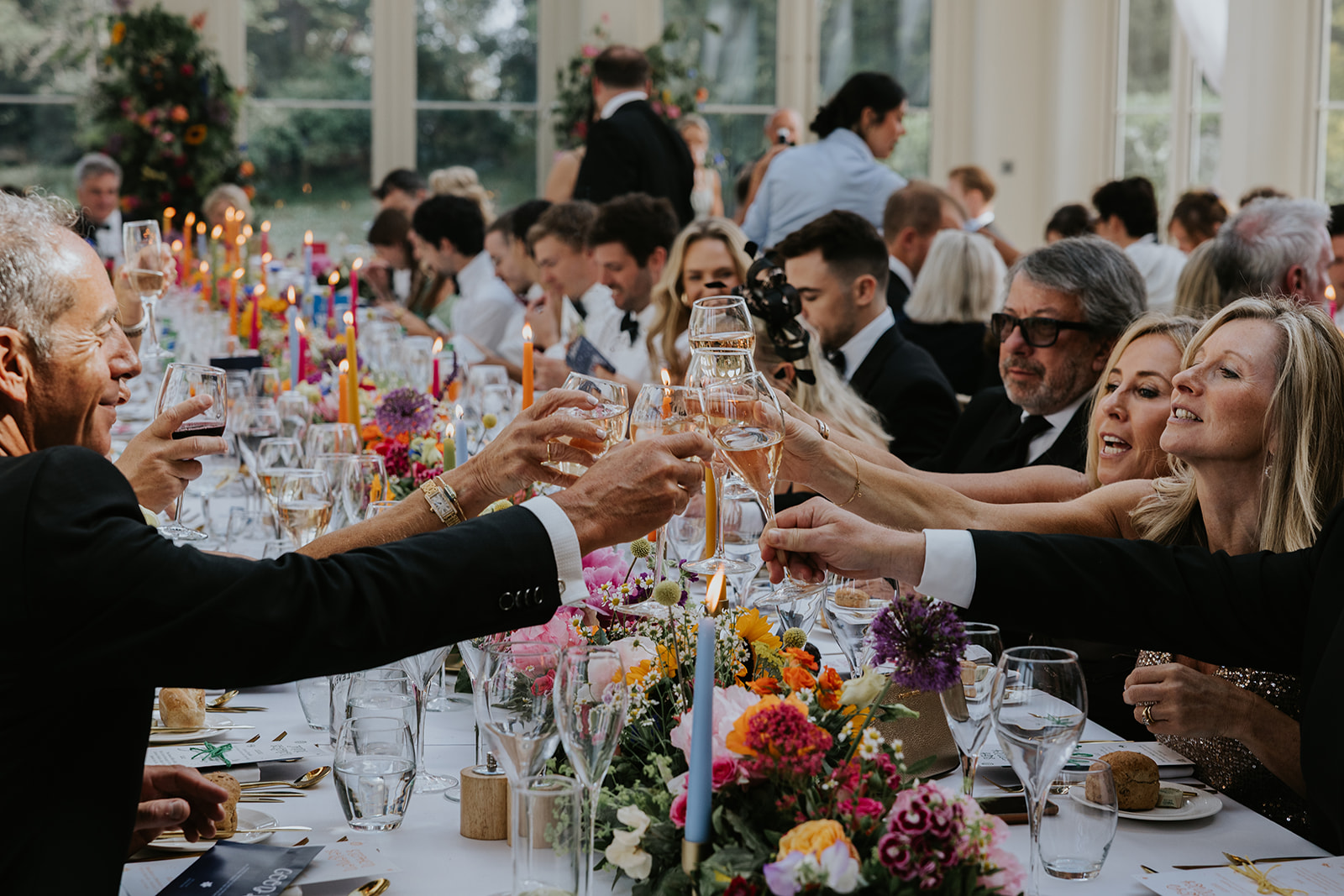
This is especially meaningful when friends and family have travelled from far away to be there for you.
A Wedding That Feels Like a Getaway
Multi-day weddings blur the line between celebration and escape. With everything taking place in one beautiful location, your wedding becomes a mini-retreat, one where love, laughter, and togetherness take centre stage. Guests can slow down, enjoy the surroundings, and feel part of something truly special.
Why Clevedon Hall Is the Perfect Multi-Day Wedding Venue
Clevedon Hall is ideally suited to hosting multi-day weddings, offering the space, flexibility, and elegance needed to create a seamless extended celebration. With several beautifully appointed rooms and spaces to choose from, you can design each part of your wedding to suit a different mood, from relaxed and intimate to grand and celebratory.
The Hall is set within stunning grounds, perfect for outdoor gatherings, quiet moments, and unforgettable photo opportunities across your stay. With 25 luxurious bedrooms onsite, you and your closest family and friends can stay together under one roof, turning your wedding into a shared experience rather than a single event.

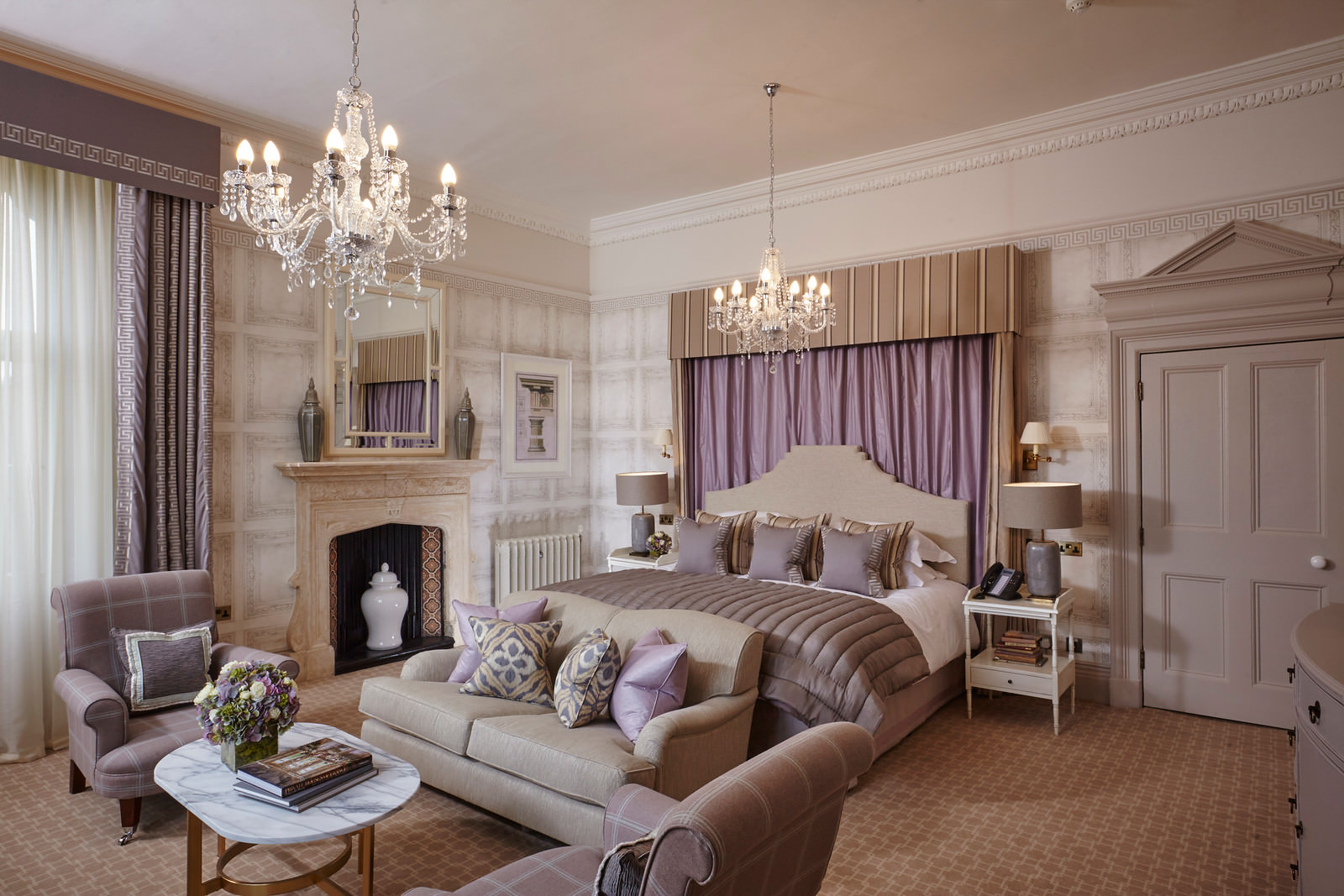
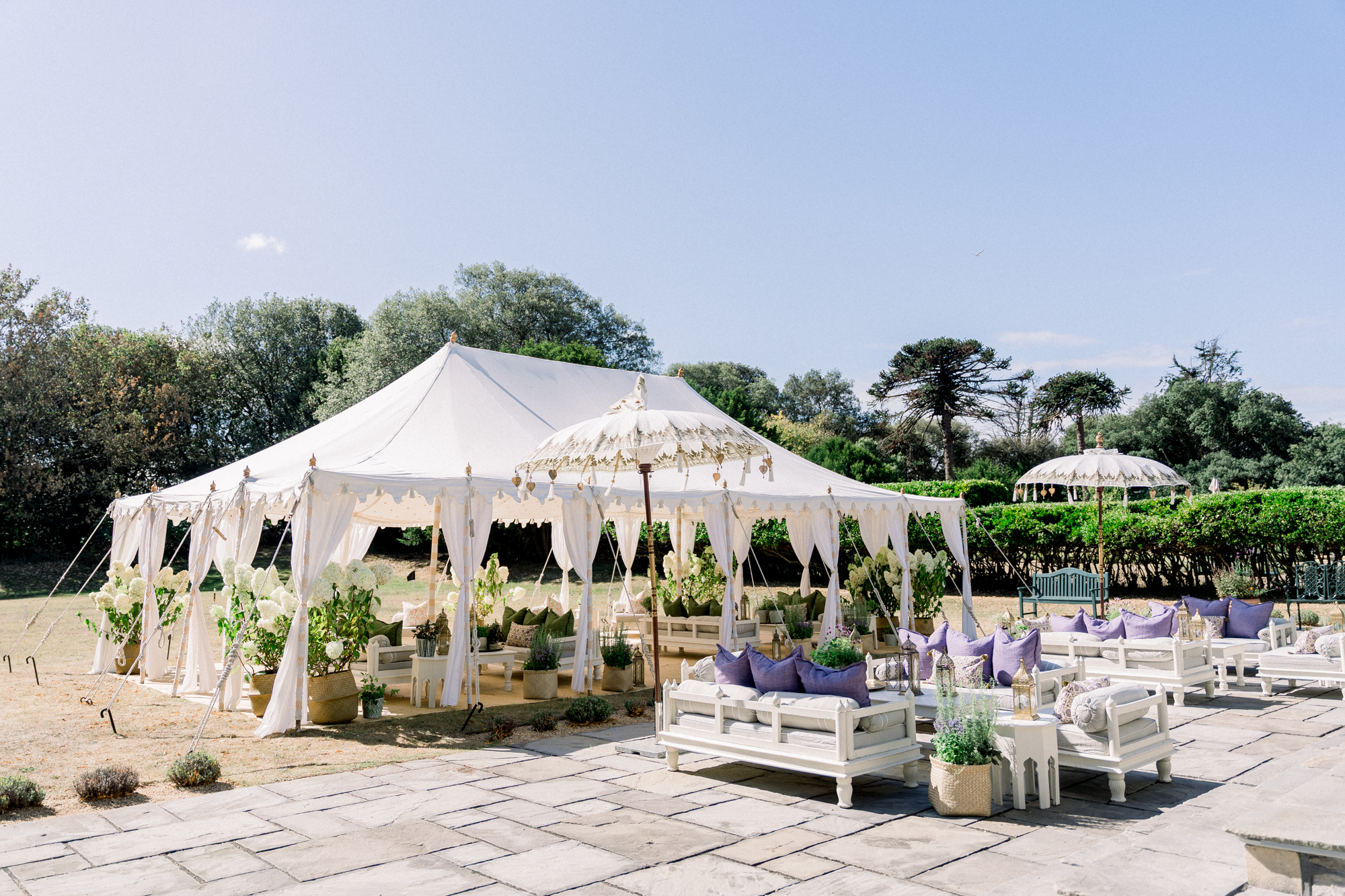
Exclusive Use, Endless Possibilities
For a truly unforgettable wedding experience, we offer the exclusive opportunity to take over our stunning mansion for multiple days, allowing you to extend the celebrations and create lasting memories.
With exclusive use of the venue and estate, you can extend your wedding festivities beyond just one day, whether it’s an intimate welcome gathering, a lavish rehearsal dinner, themed welcome party or a relaxed post-wedding brunch. Every moment flows effortlessly when everything takes place in one private, beautiful setting.



Less Stress, More Enjoyment
Planning a wedding from out of town can feel overwhelming, but a multi-day format actually brings ease. Events are spread out, timelines are more flexible, and there’s room to breathe. You’ll have time to settle in, rehearse, celebrate, and recover, allowing you to be fully present for every part of your wedding journey.
Designed Around You
No two couples are the same, and a multi-day wedding gives you the freedom to reflect that. Each event can have its own style and energy: formal, relaxed, elegant, or playful, creating a layered experience that feels personal and intentional.
Let us create a multi-day wedding experience, with the freedom to tailor every detail to your desires, ensuring your celebration feels as unique as your love story.
A Celebration You’ll Never Want to End
For out-of-town couples, a multi-day wedding isn’t just a practical choice, it’s a meaningful one. It transforms your wedding into a destination experience filled with connection, joy, and unforgettable moments.
If you’re dreaming of an unhurried, immersive, and truly extraordinary wedding, Clevedon Hall offers the perfect setting to begin your forever.
.svg)
.svg)
.svg)



.webp)


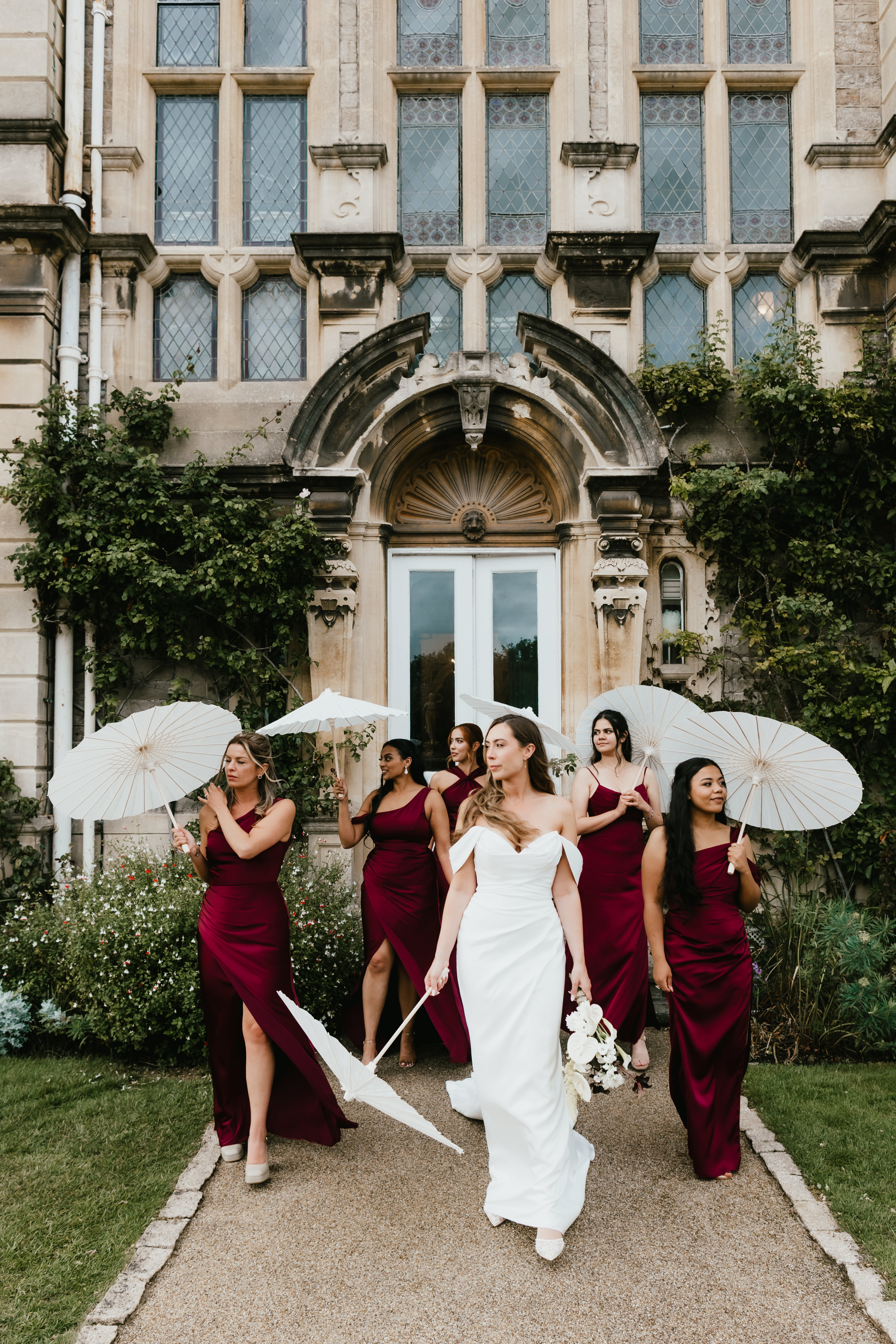
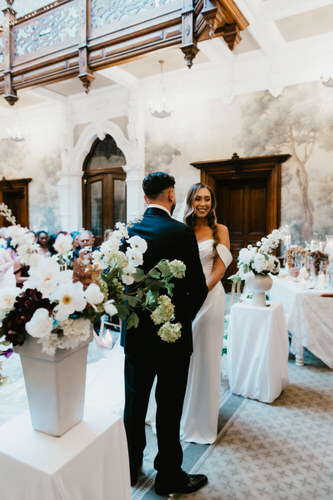
.jpg)
.jpg)


.jpg)


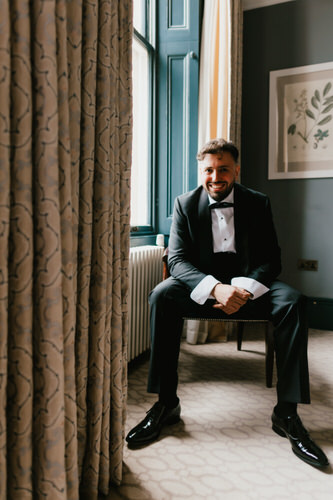

.jpg)
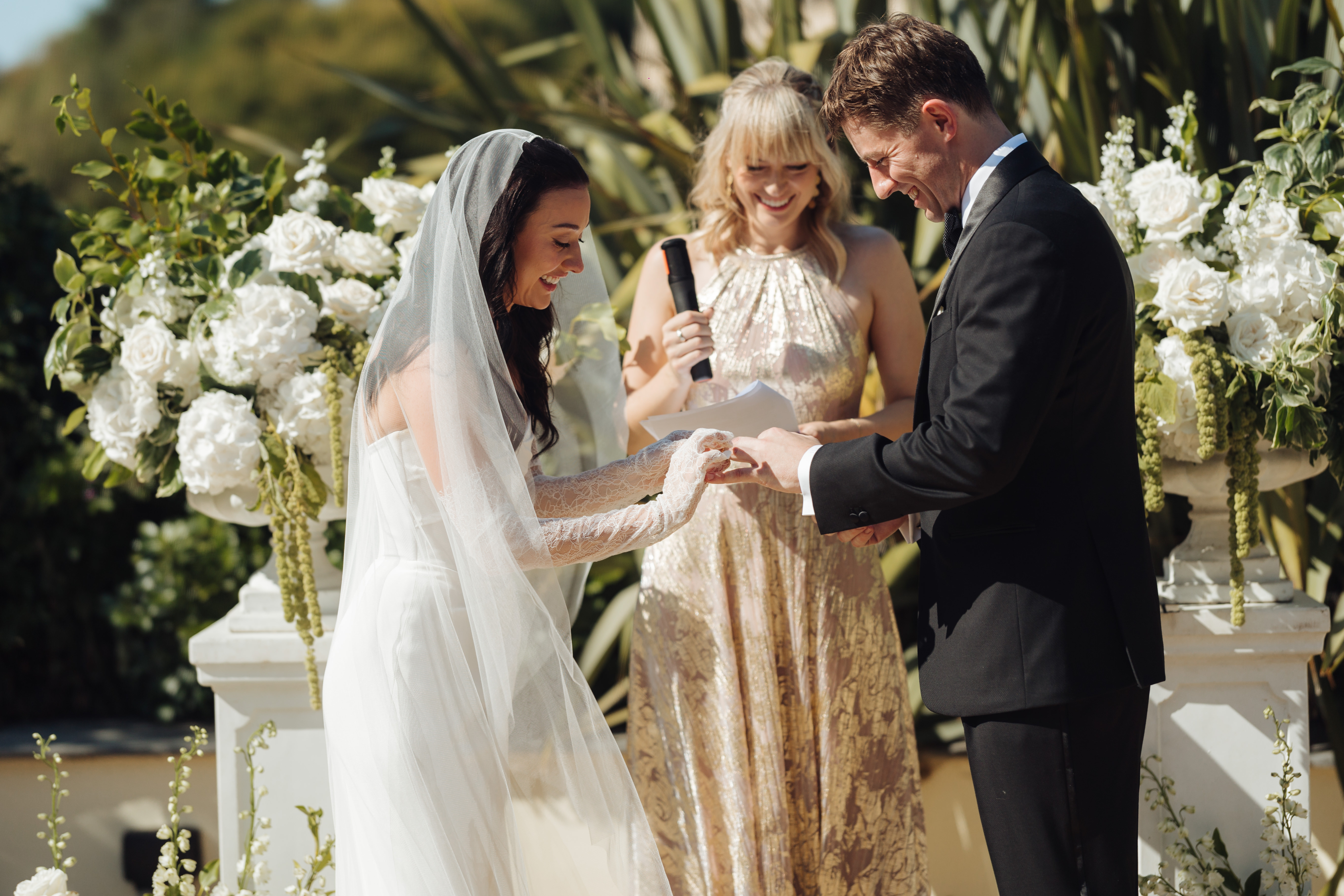

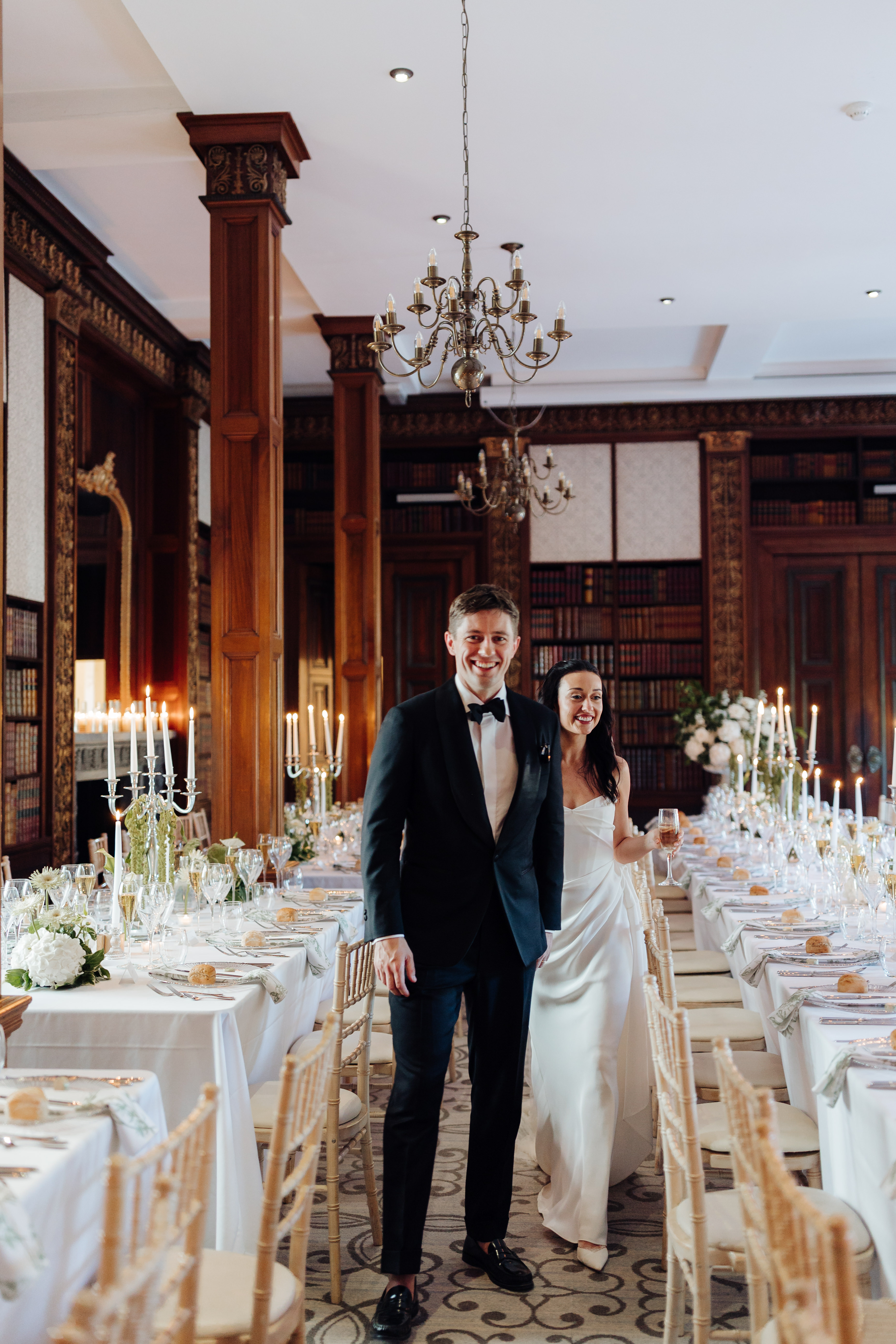
.jpg)
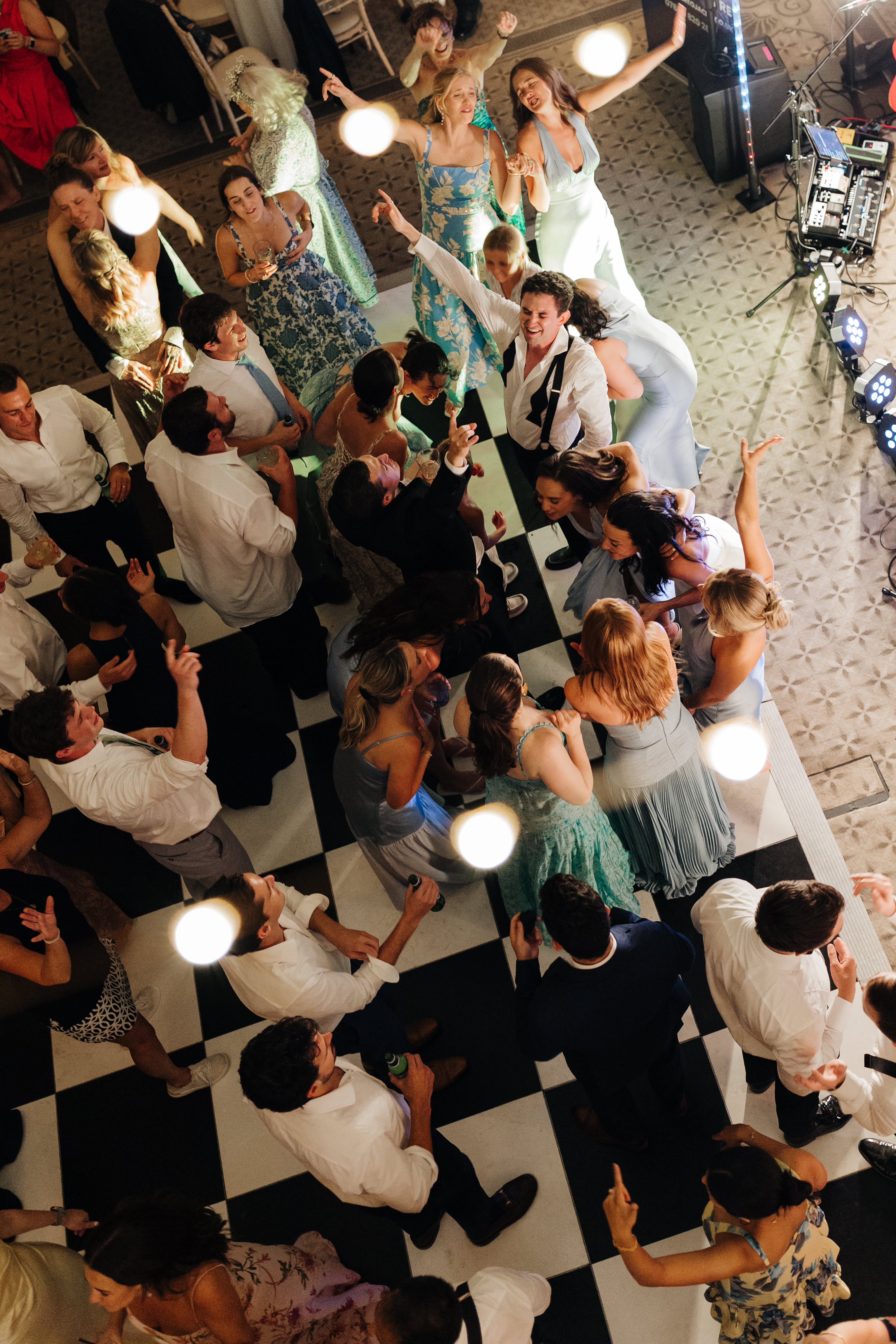

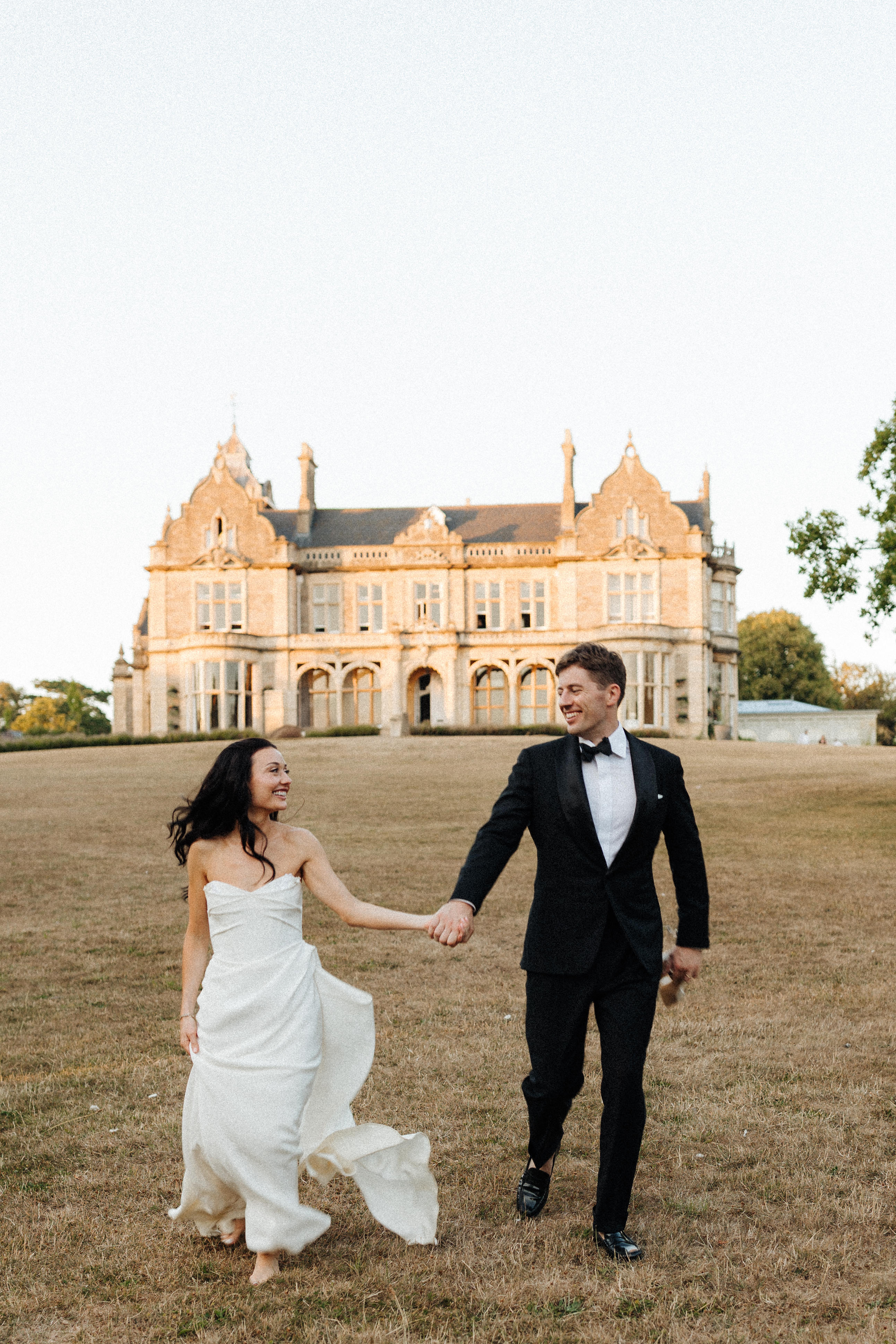
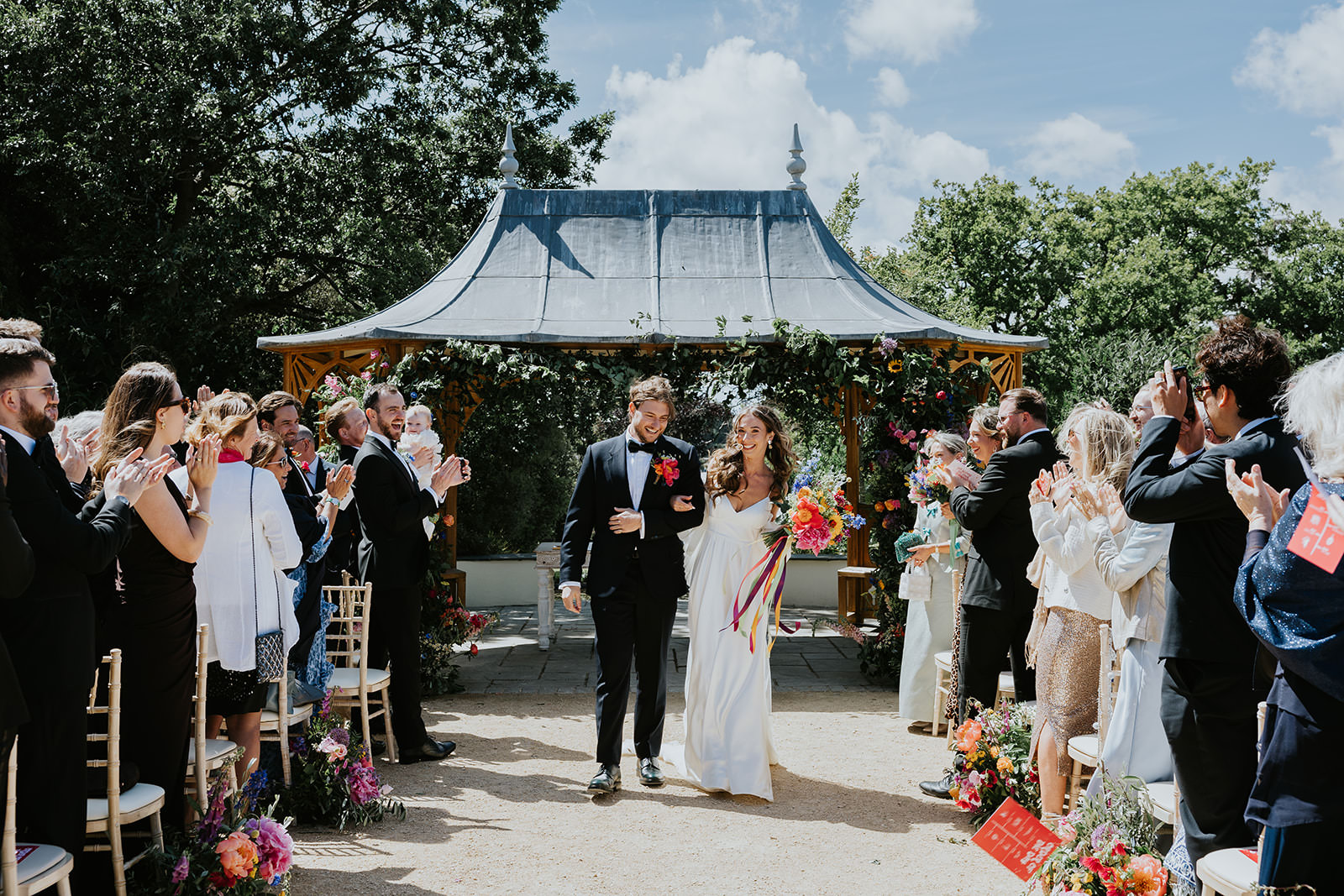

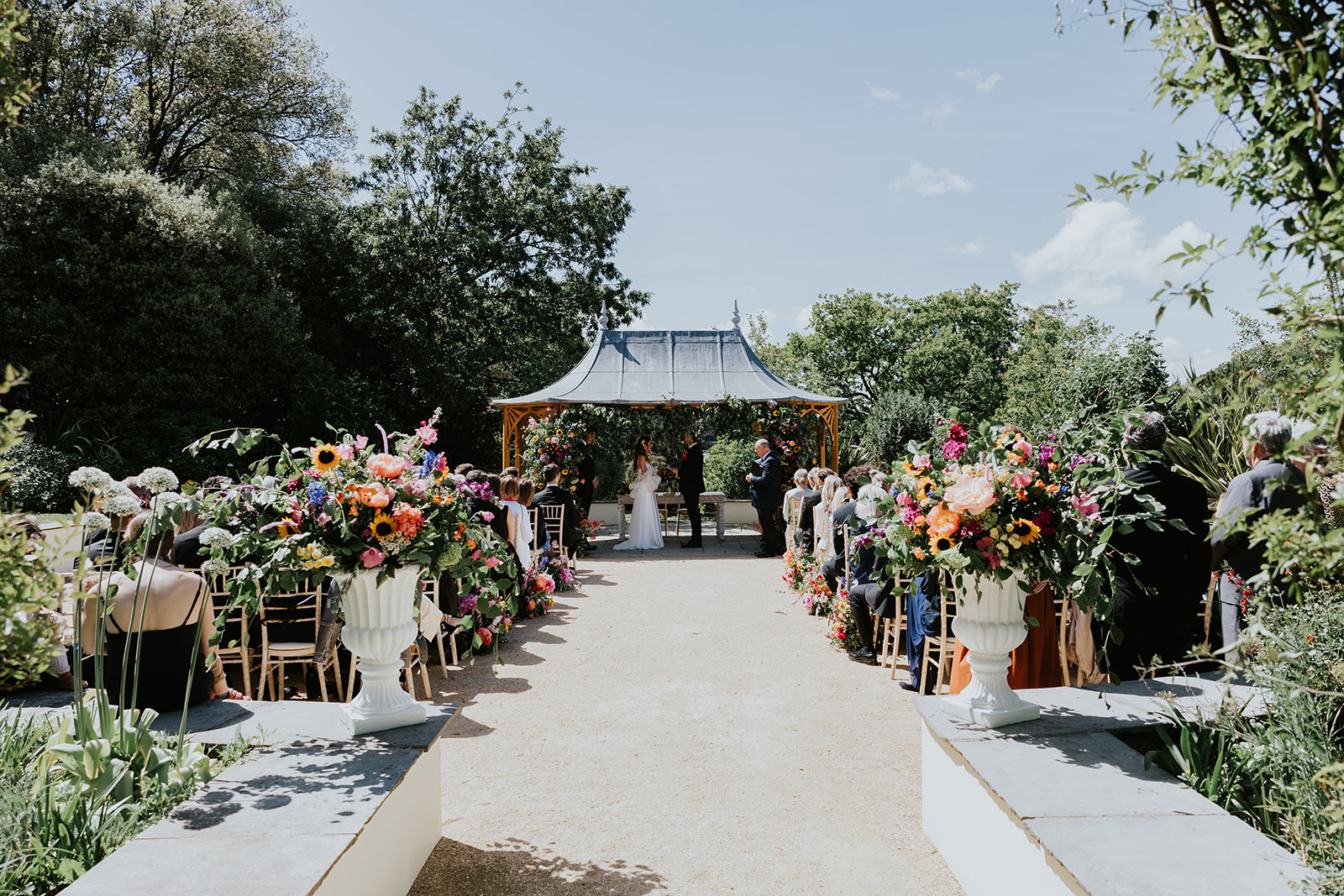



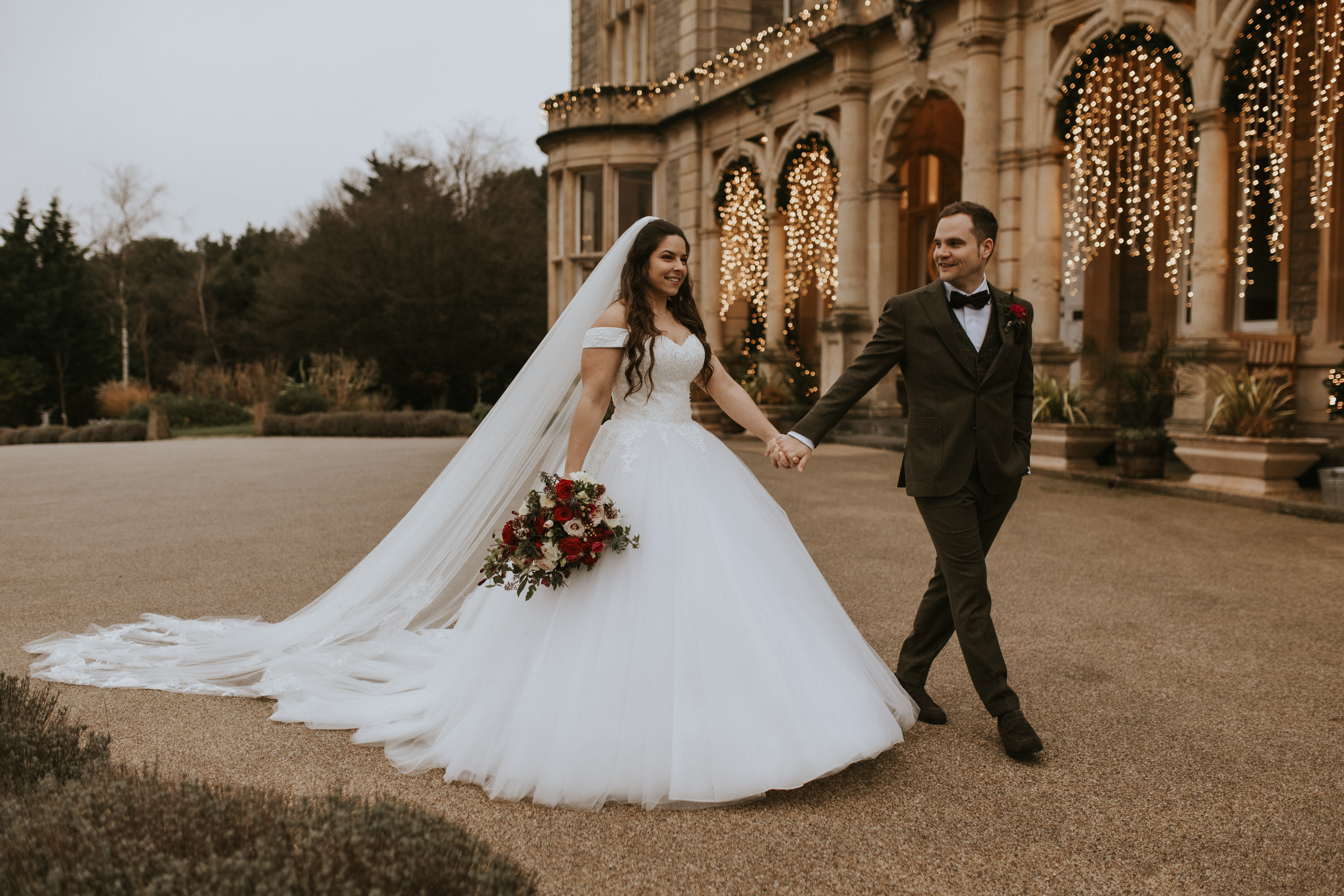


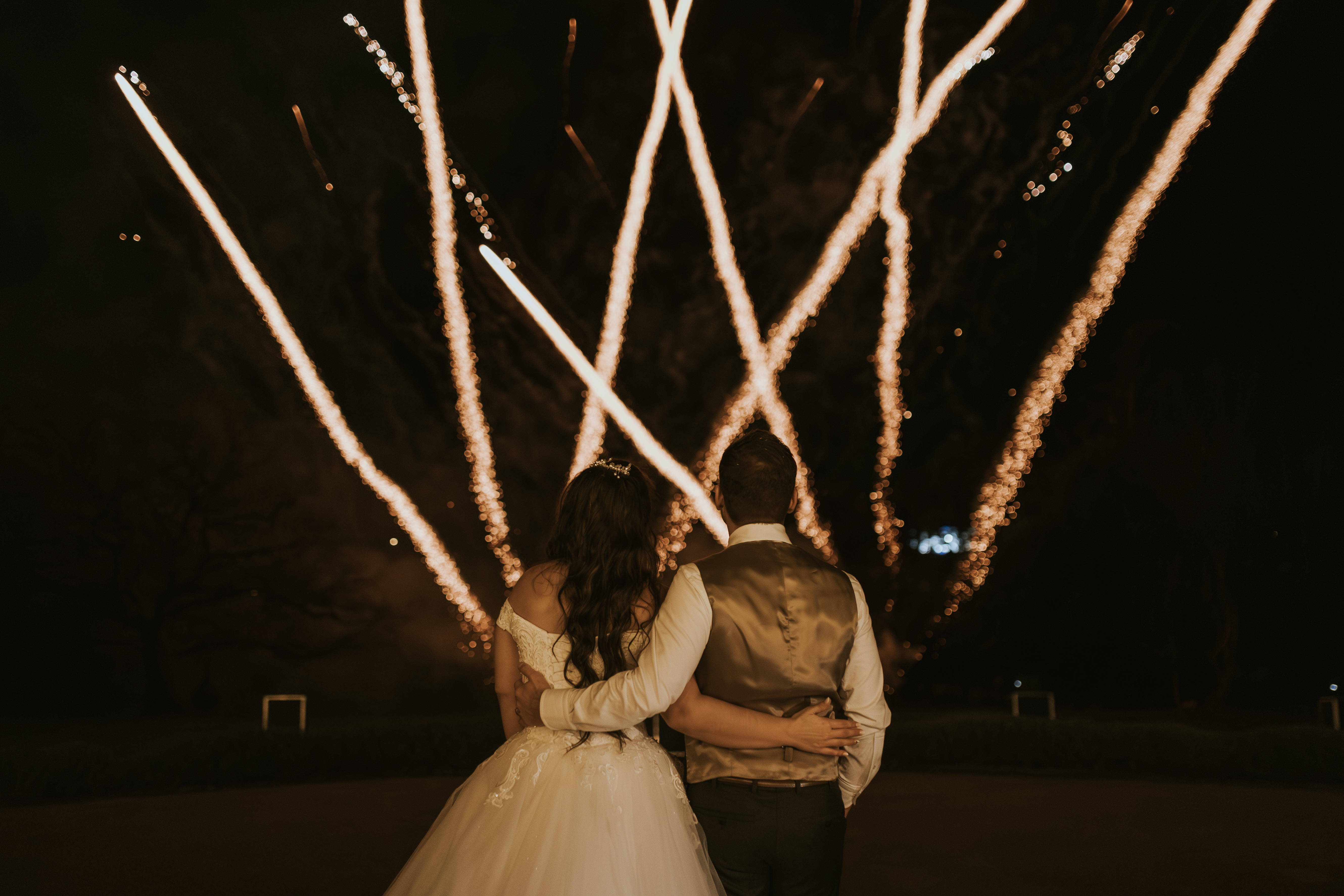

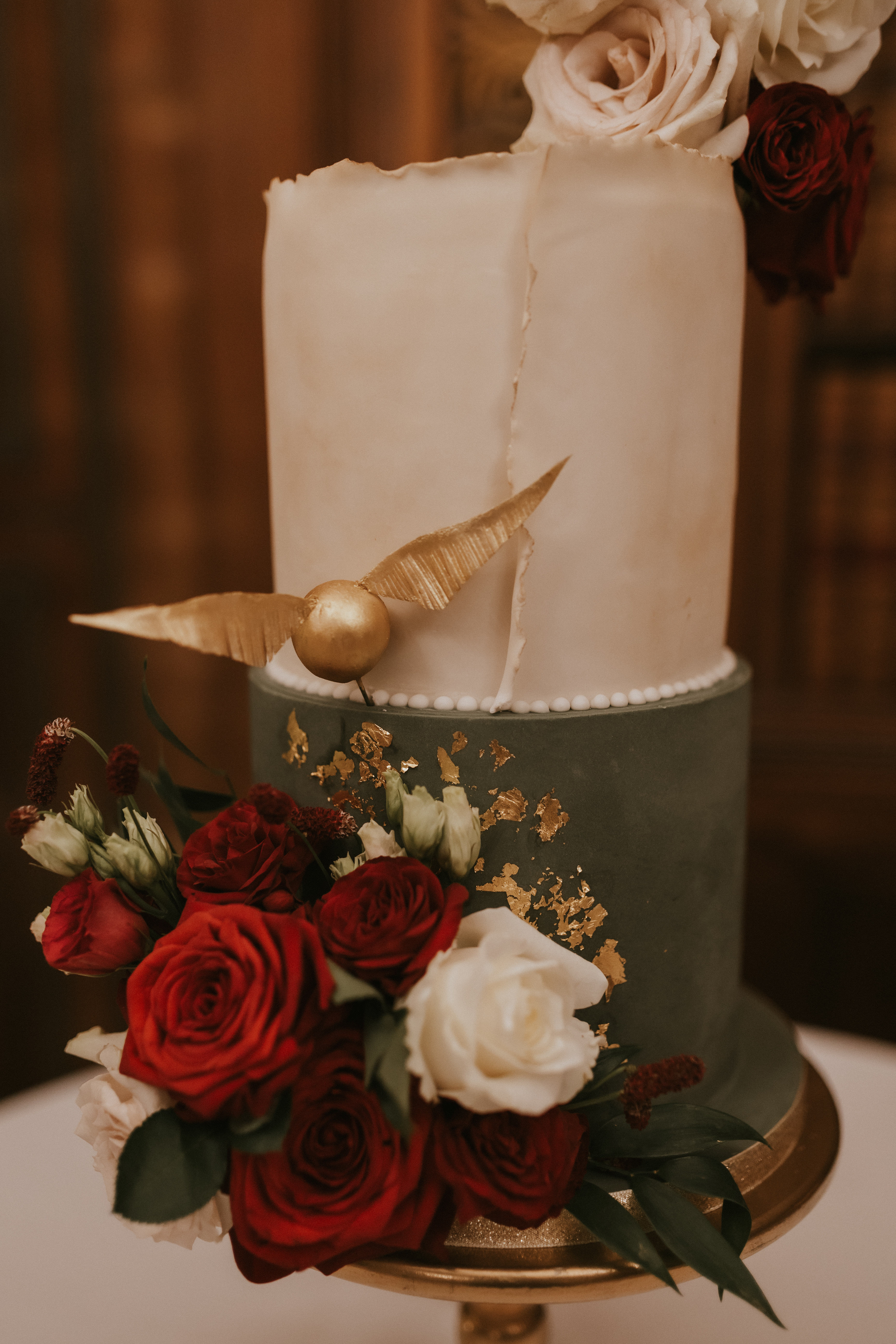









.avif)

.avif)


.avif)










.avif)


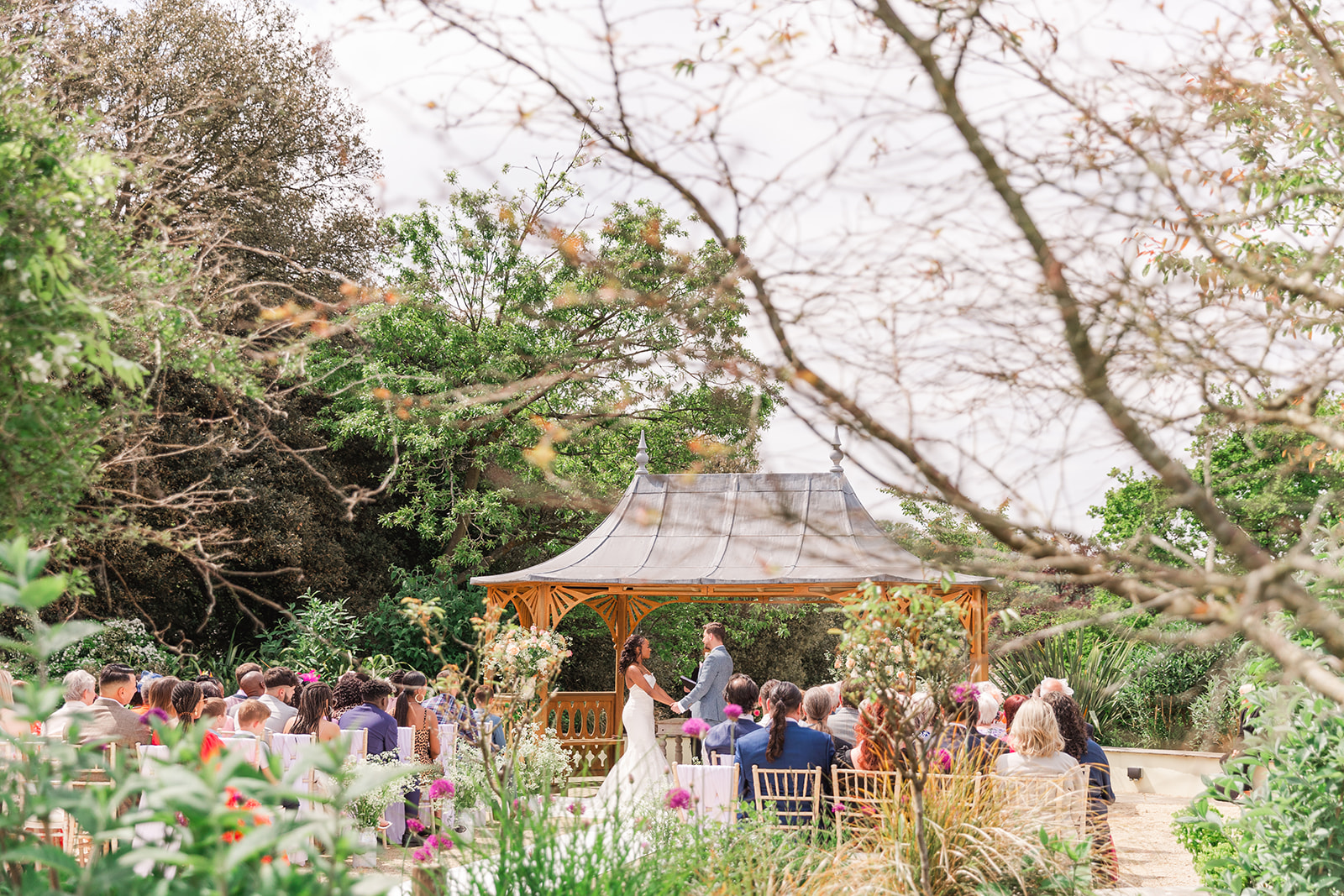

.jpg)
.jpg)








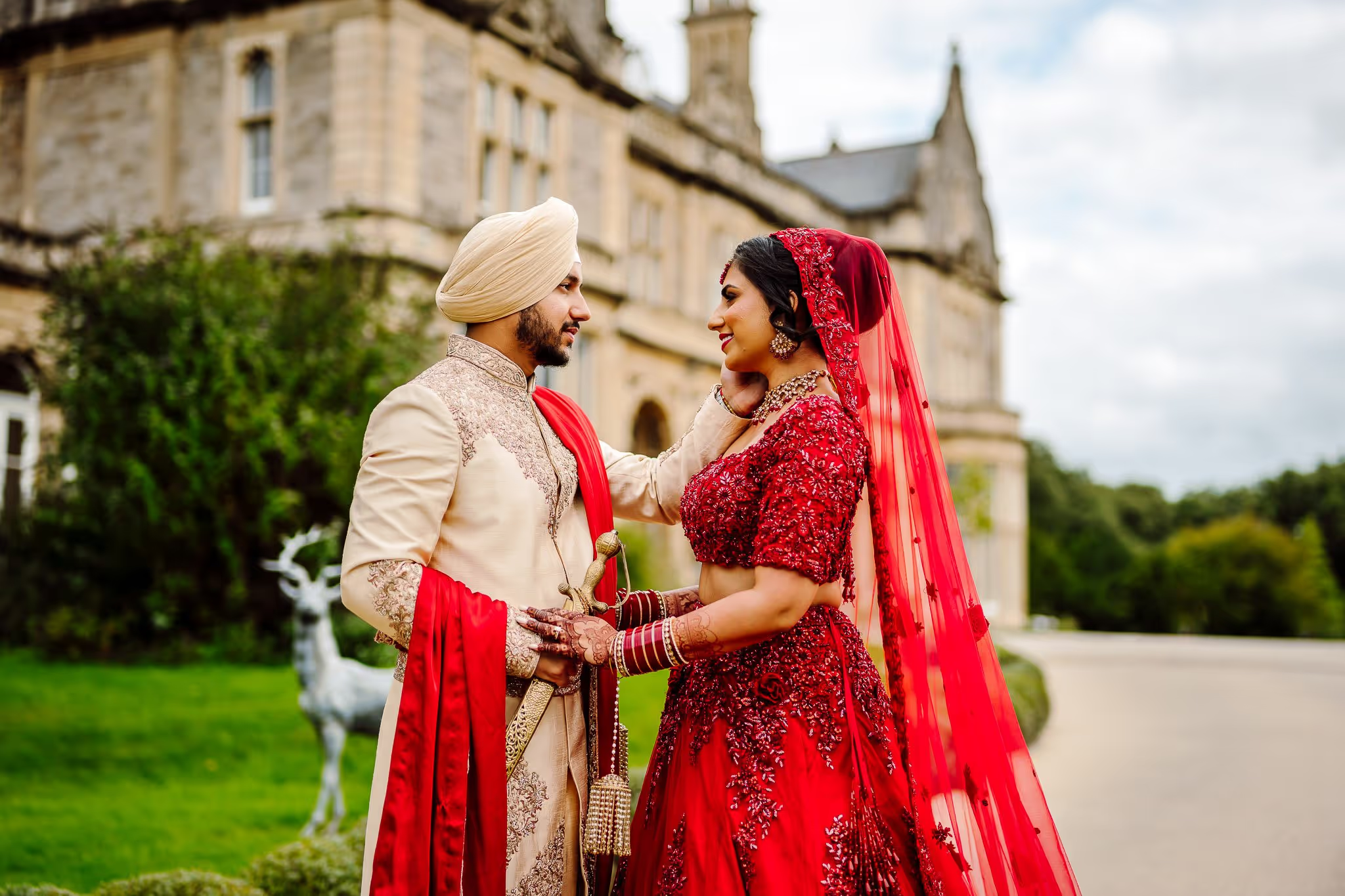































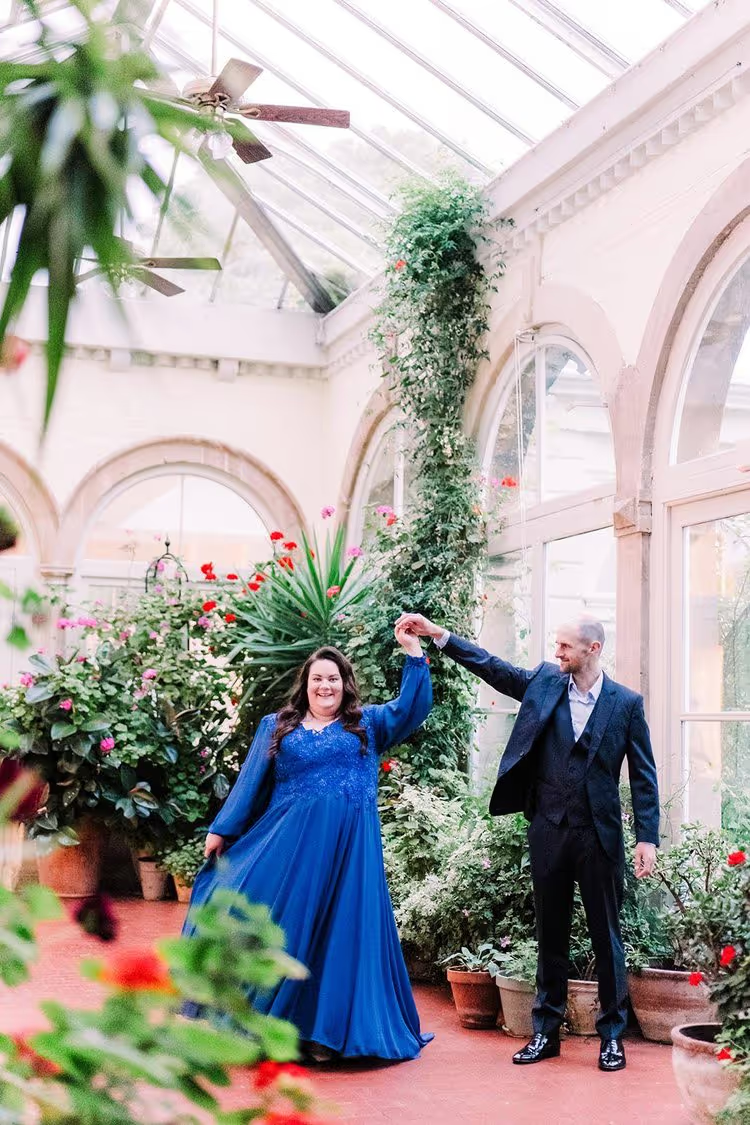



































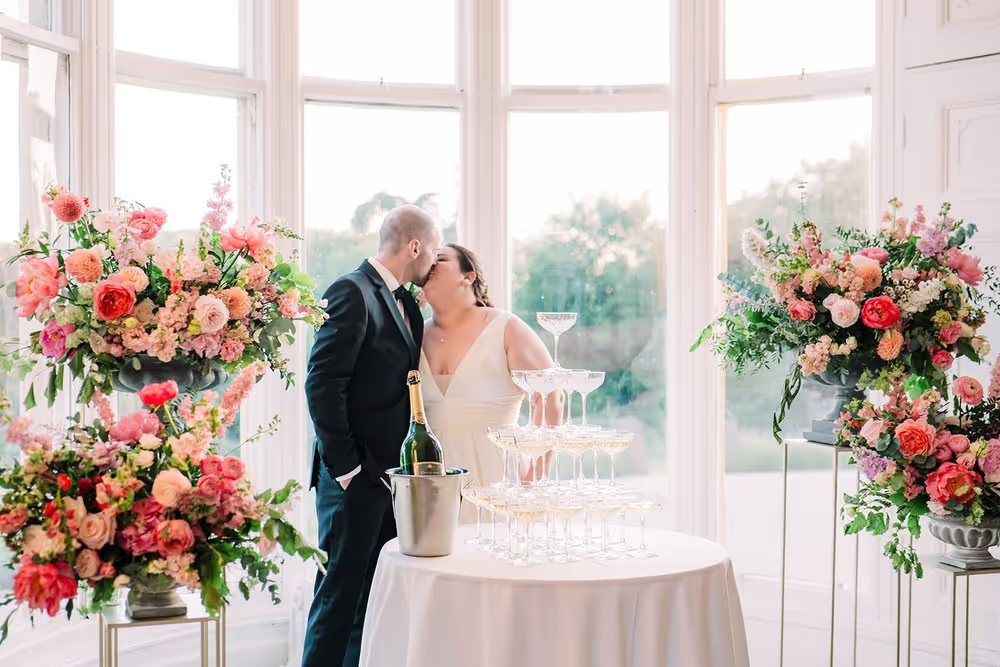






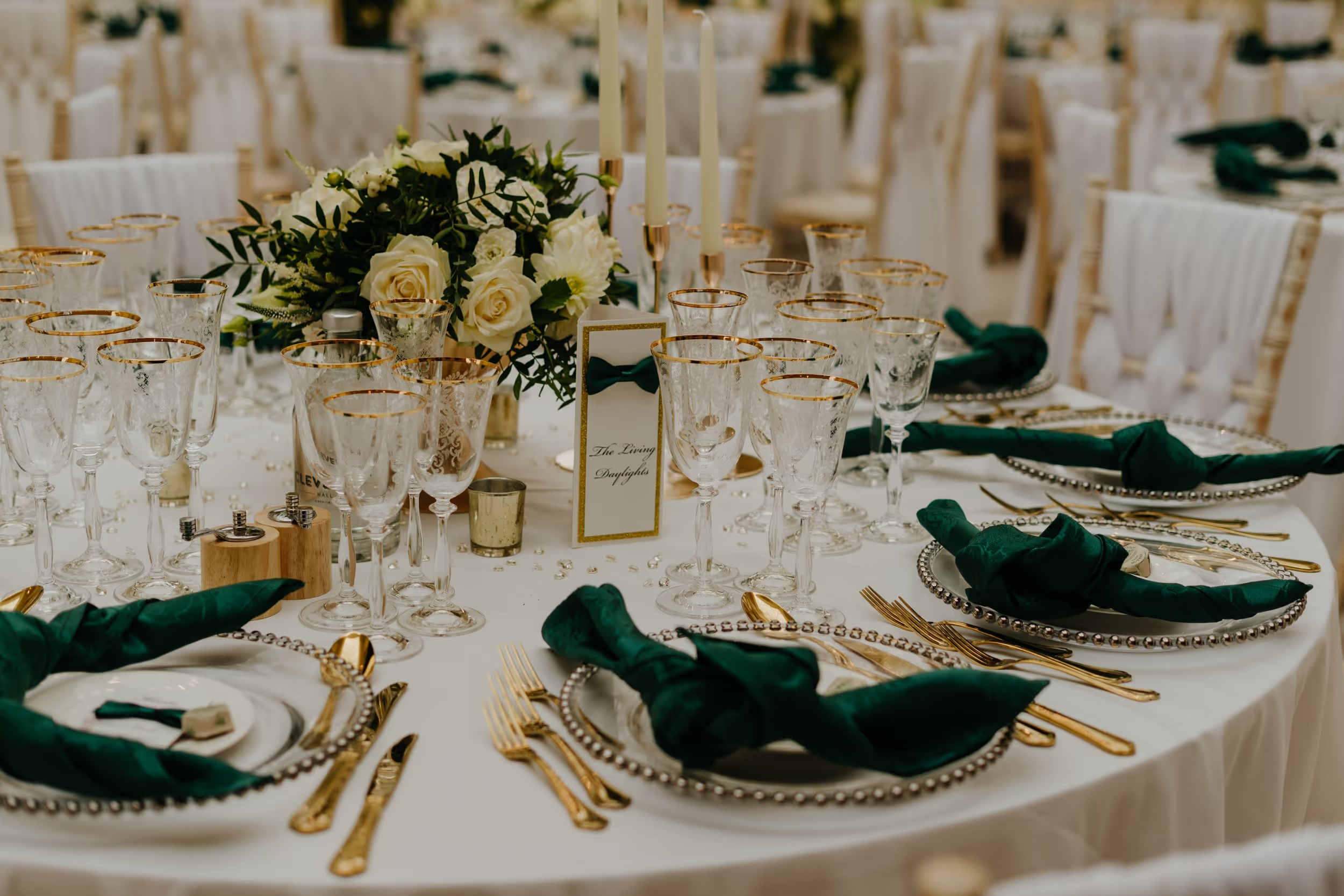



.avif)





.avif)









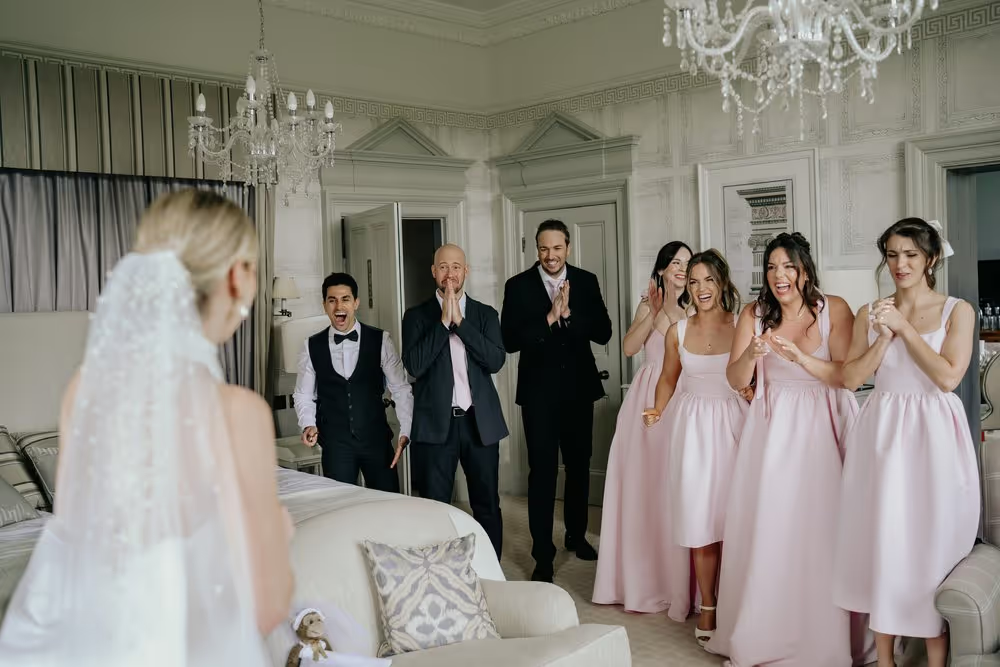


























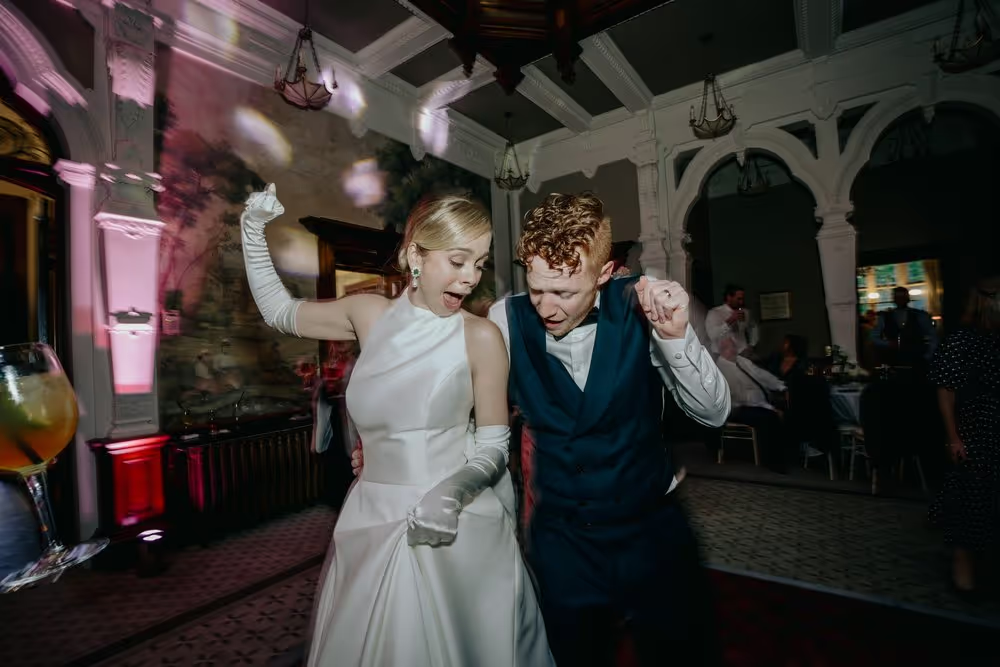
.avif)






























































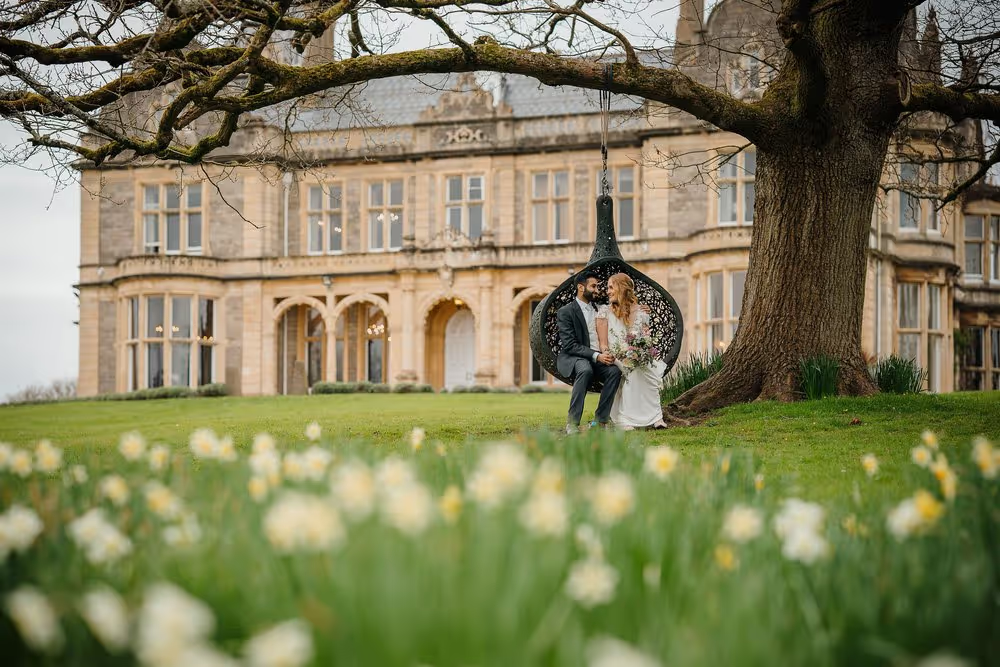












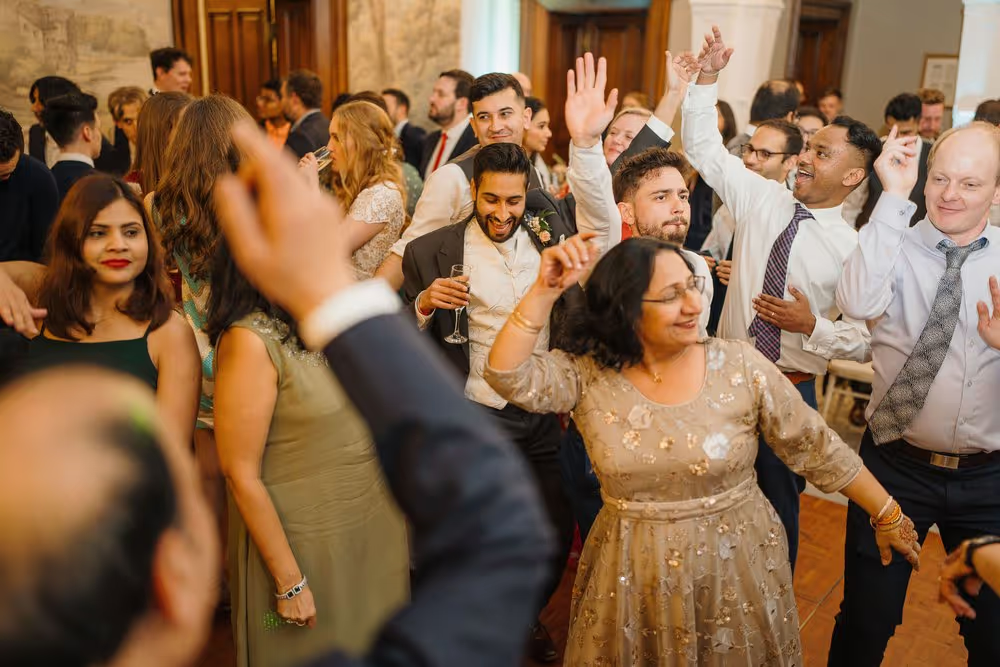







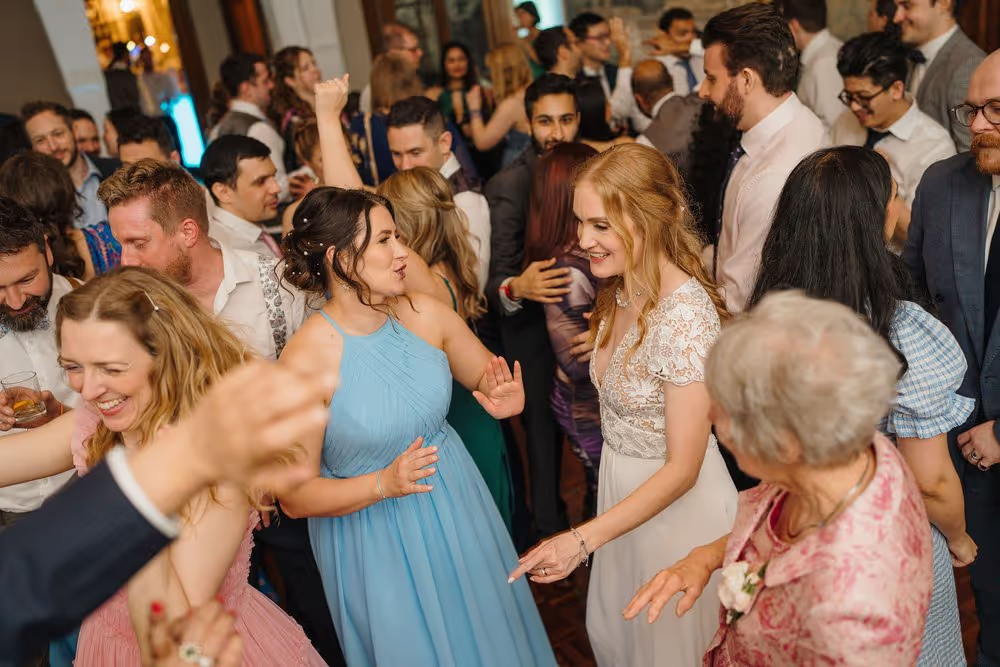
.avif)




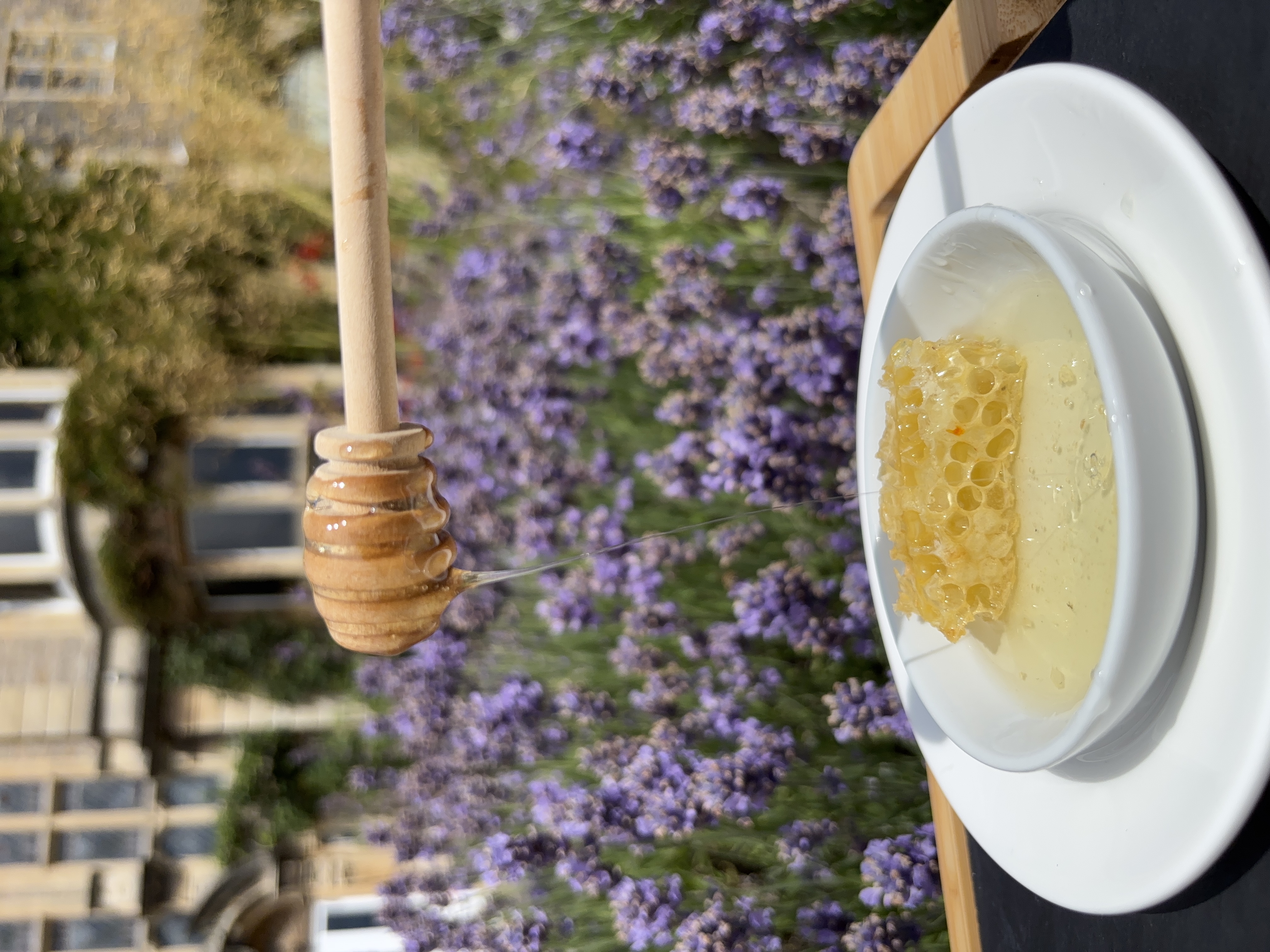



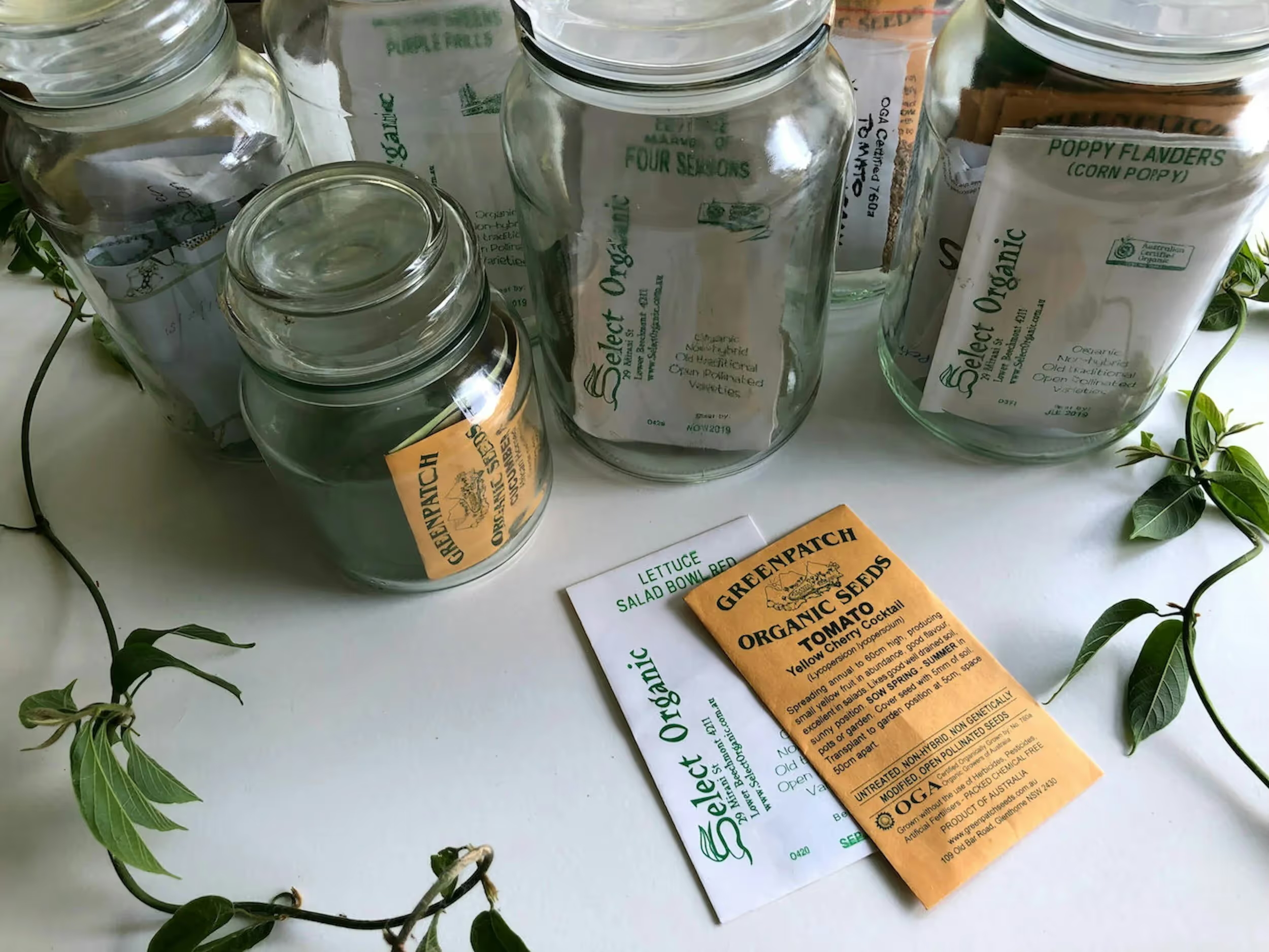
.avif)




.avif)

















































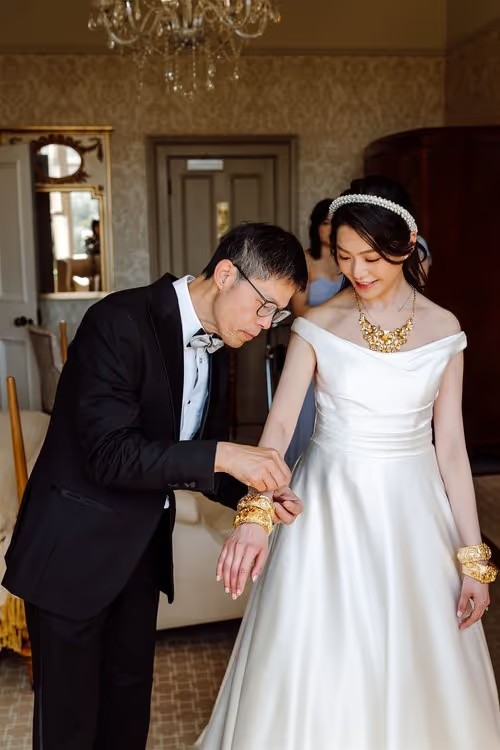






















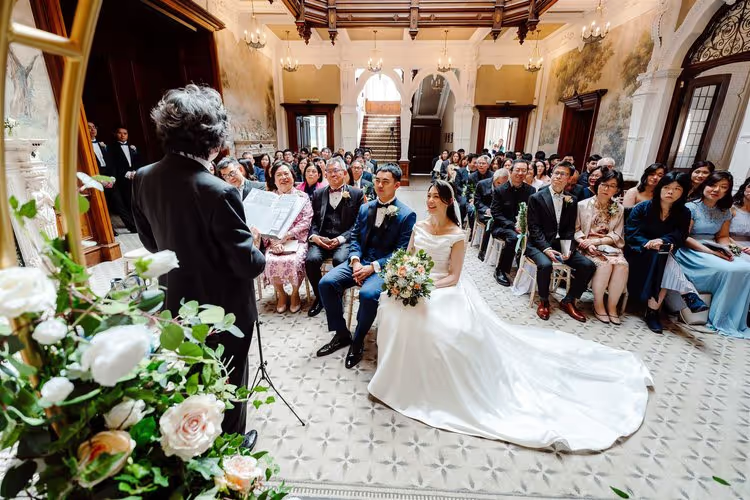











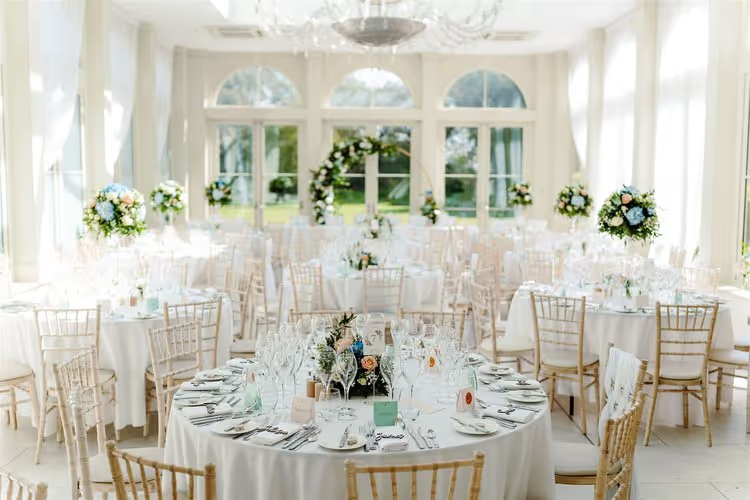

















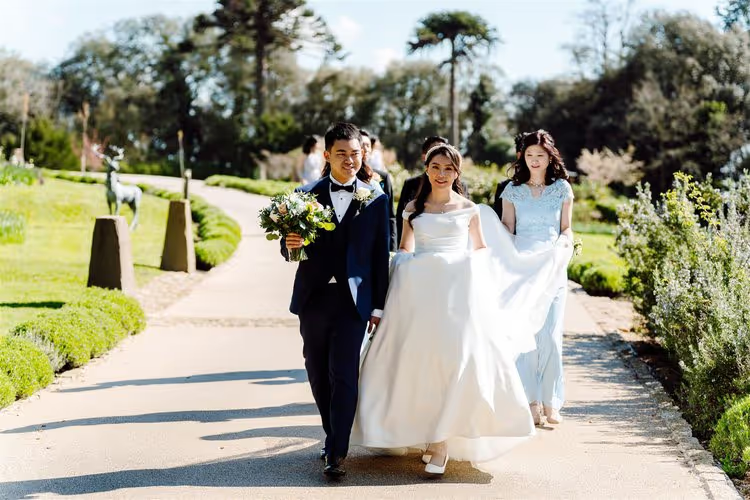











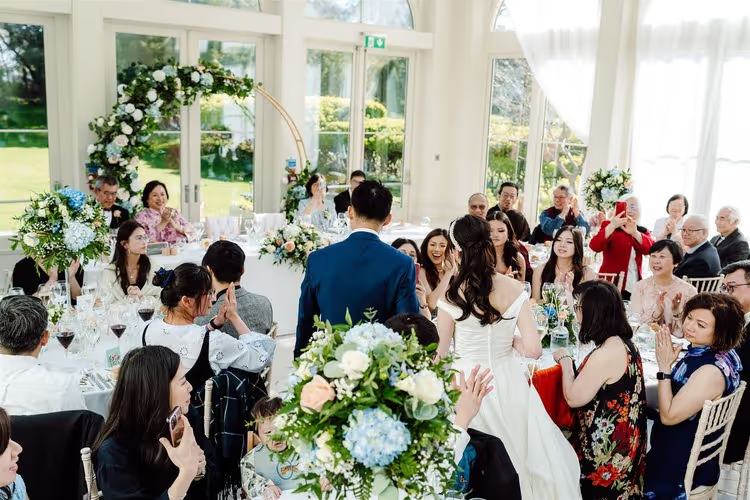

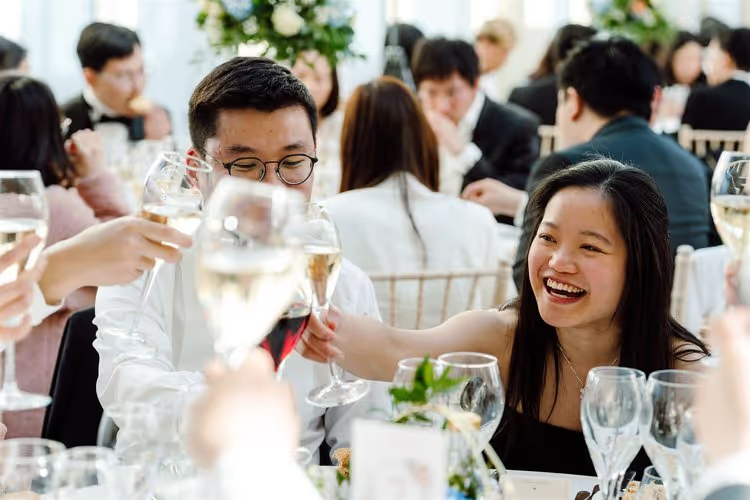

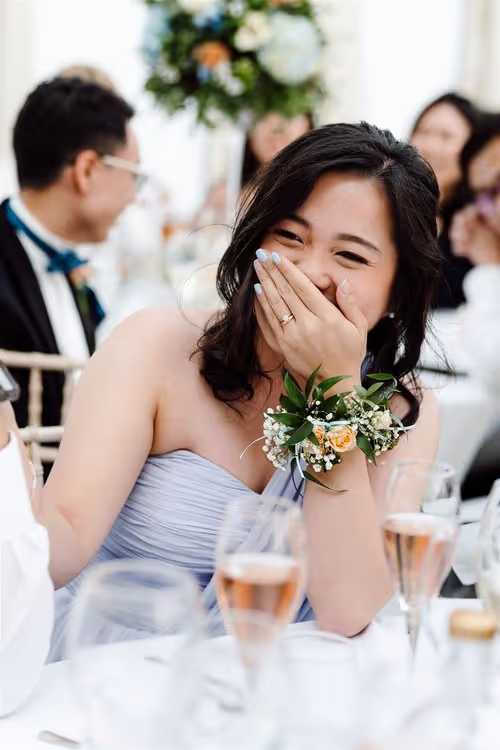






















.avif)








.avif)







.avif)






































































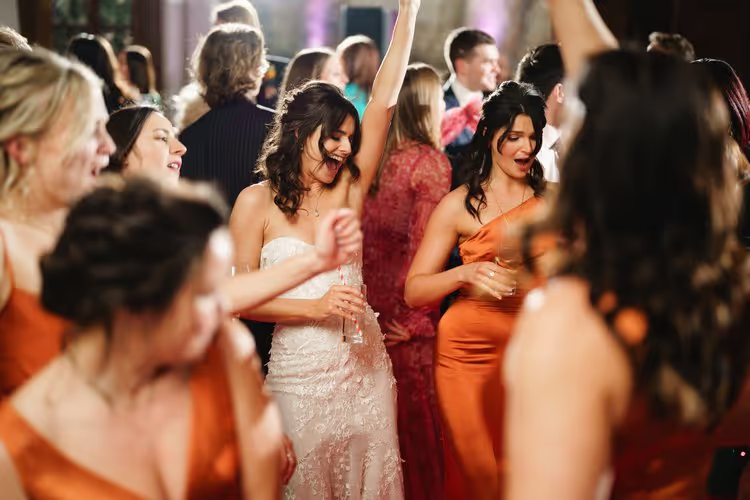










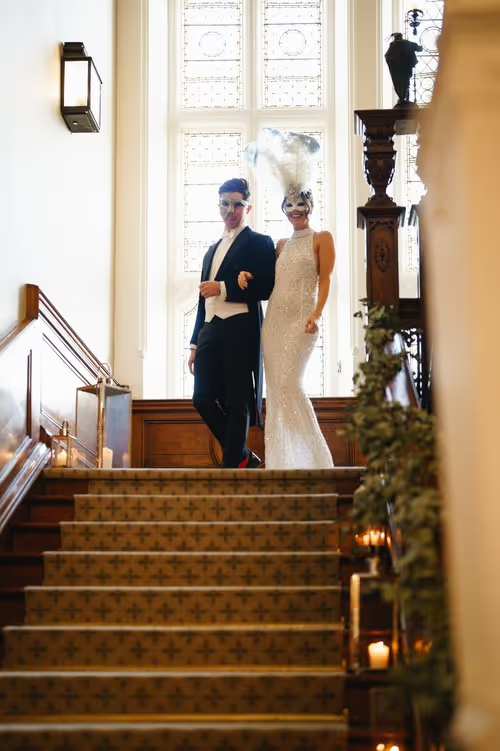

































.avif)









.avif)




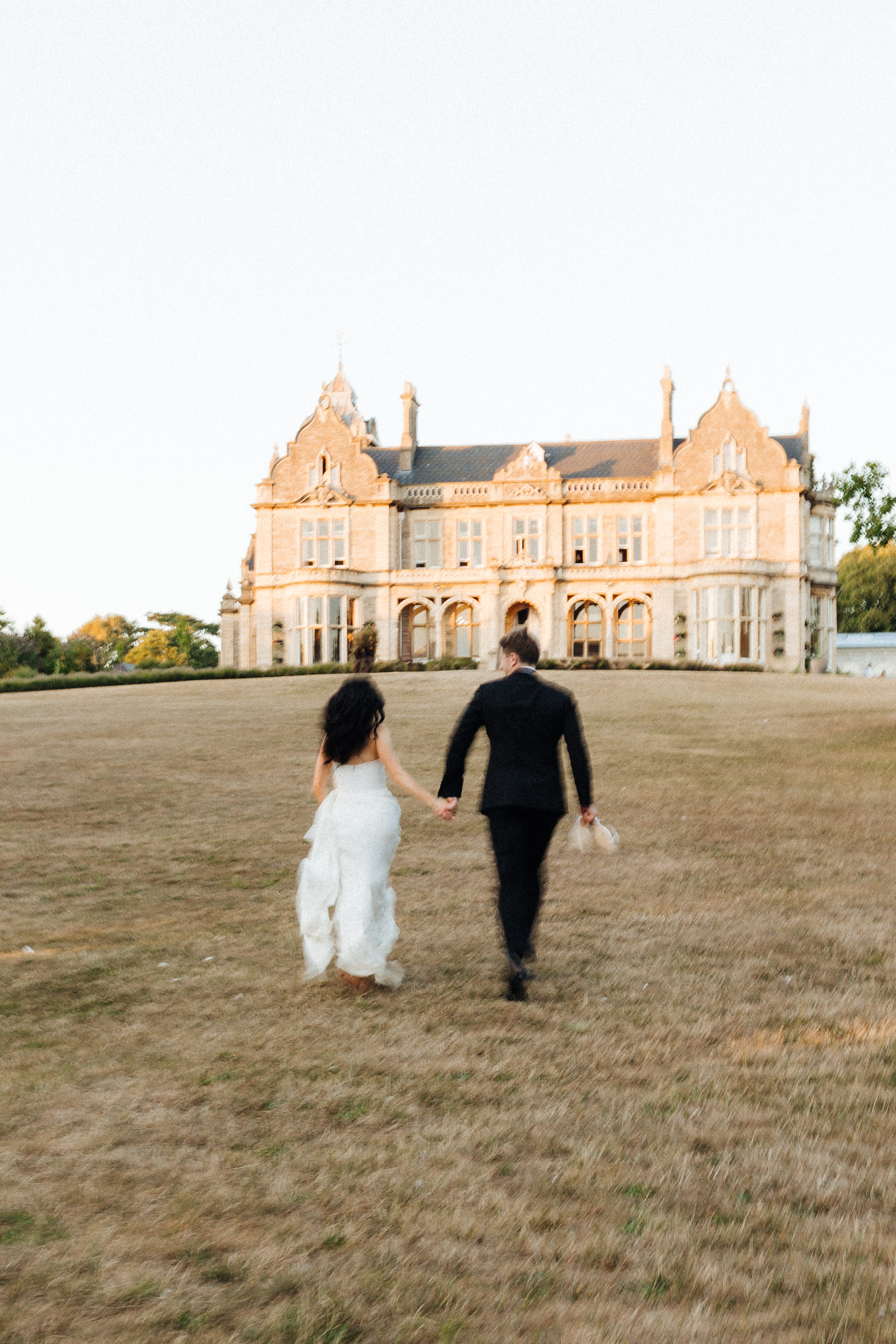
















































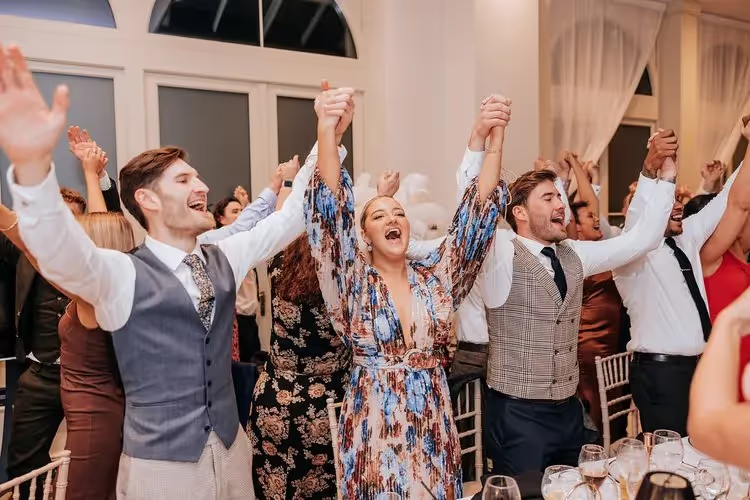





































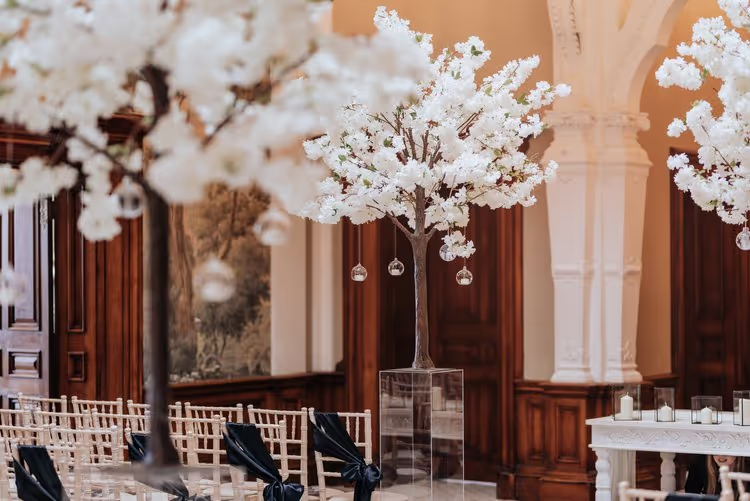














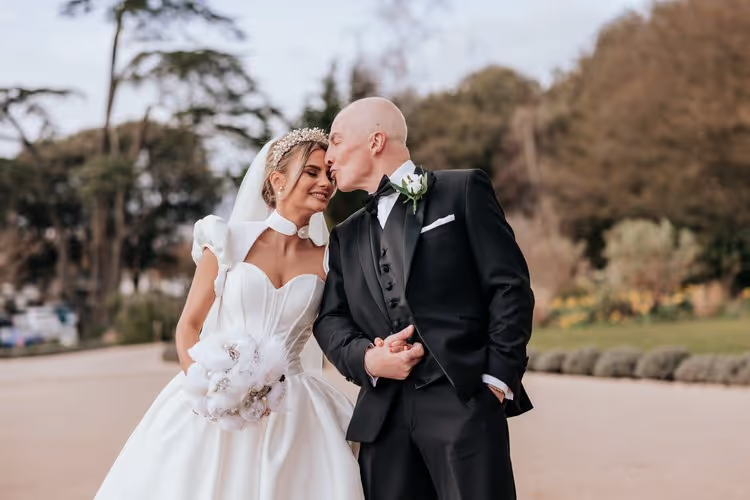



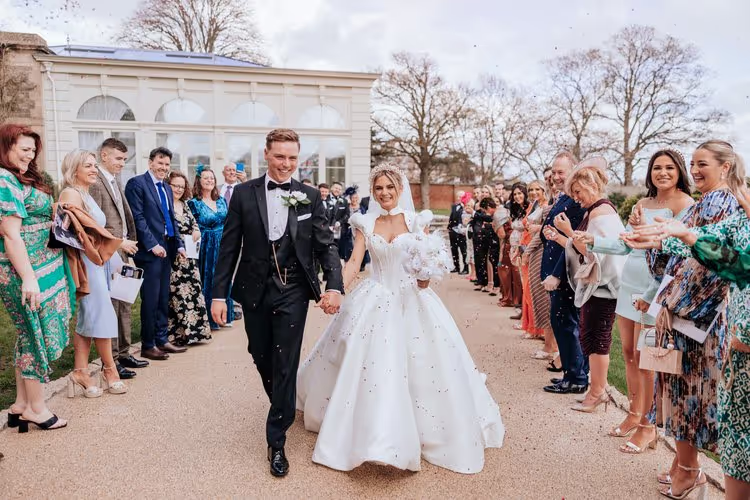









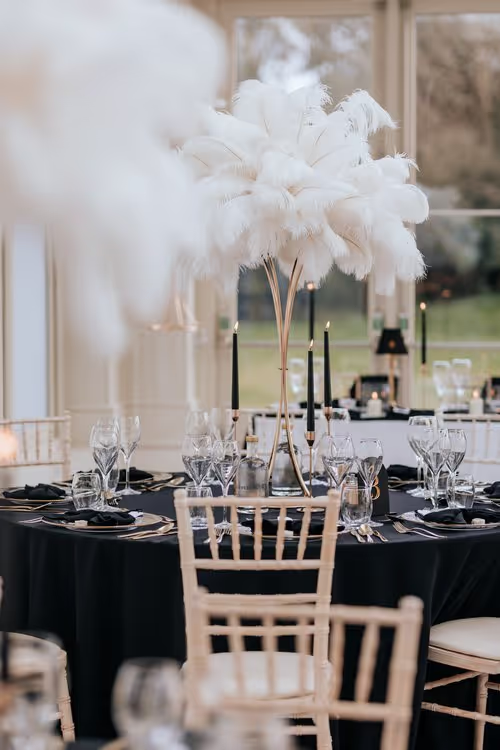
























































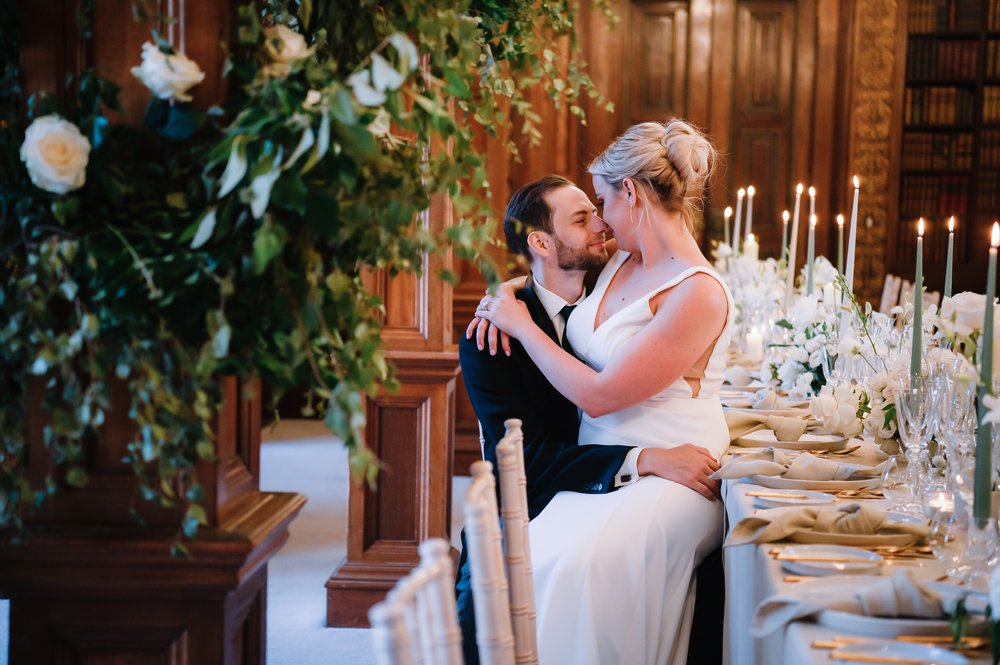

























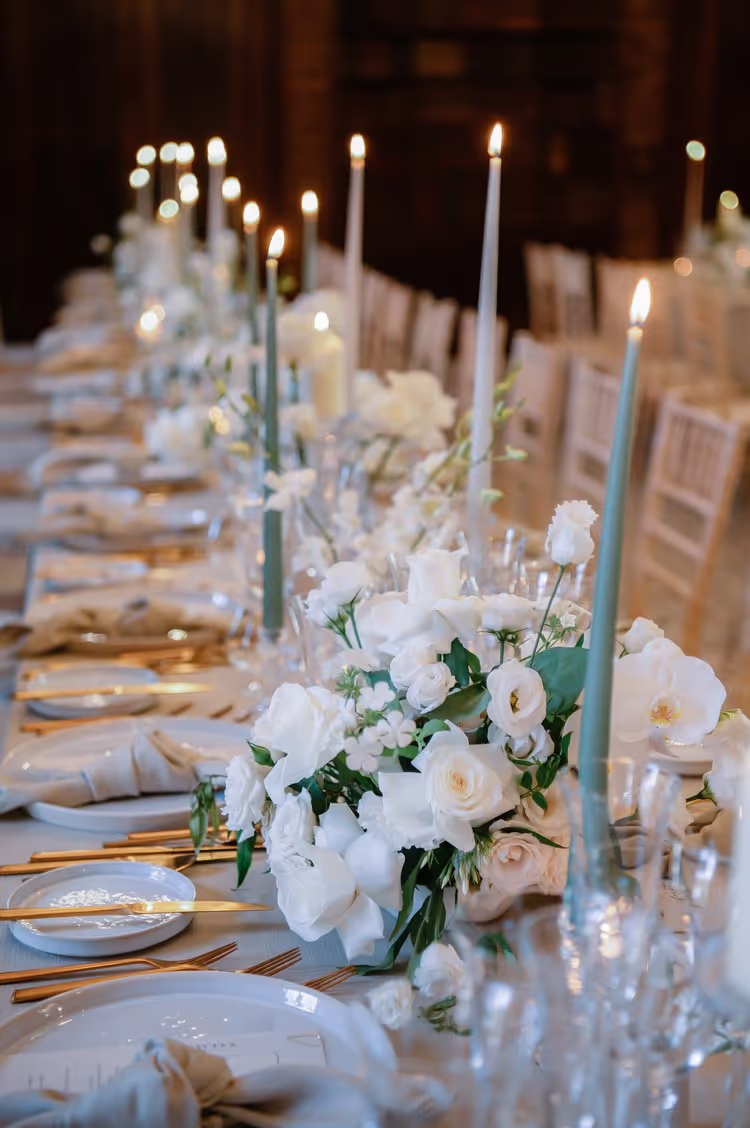













































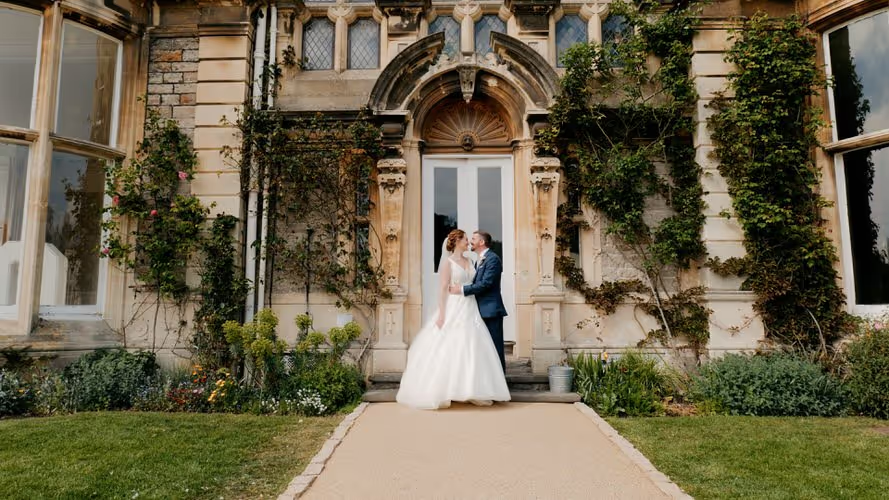





























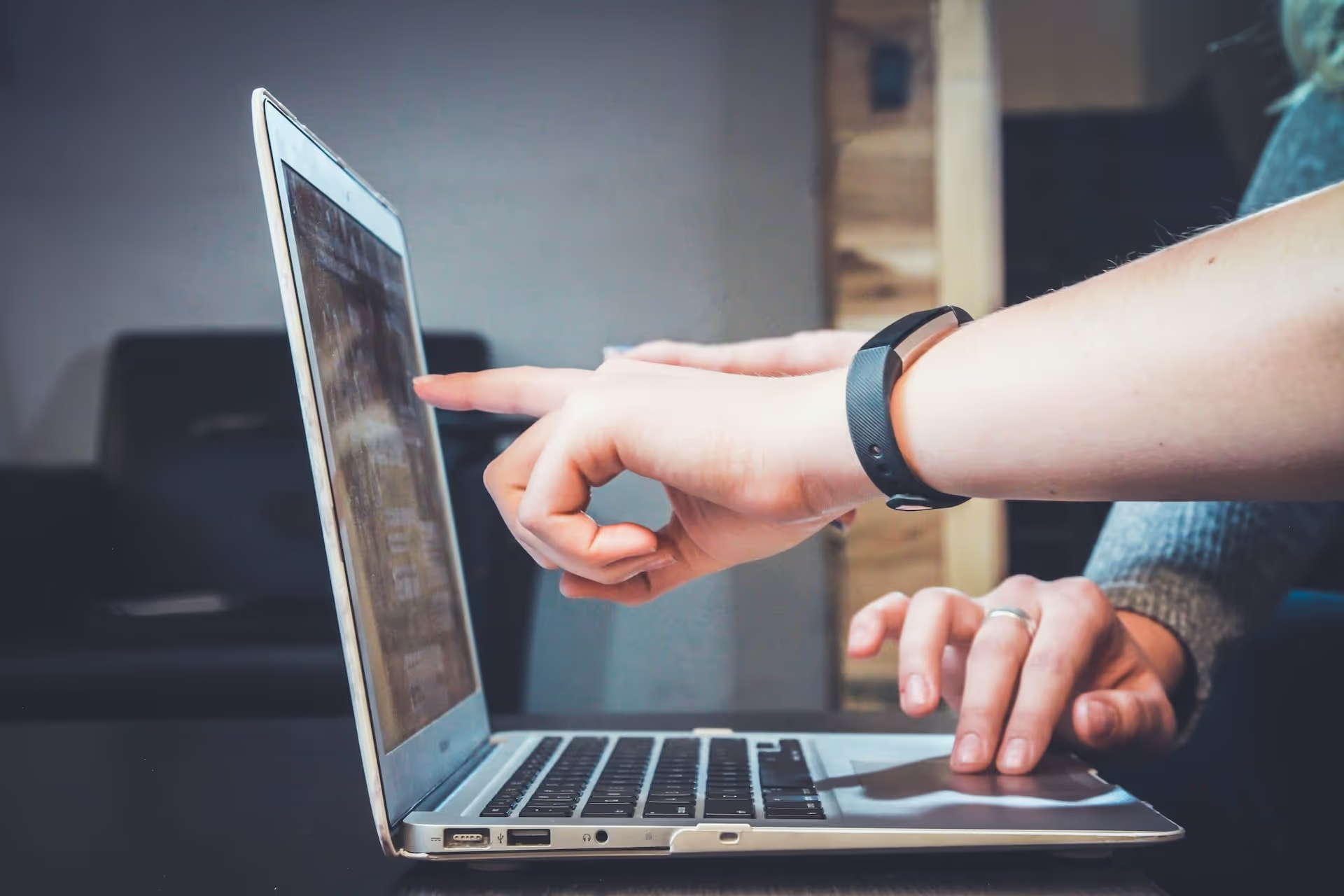


.avif)



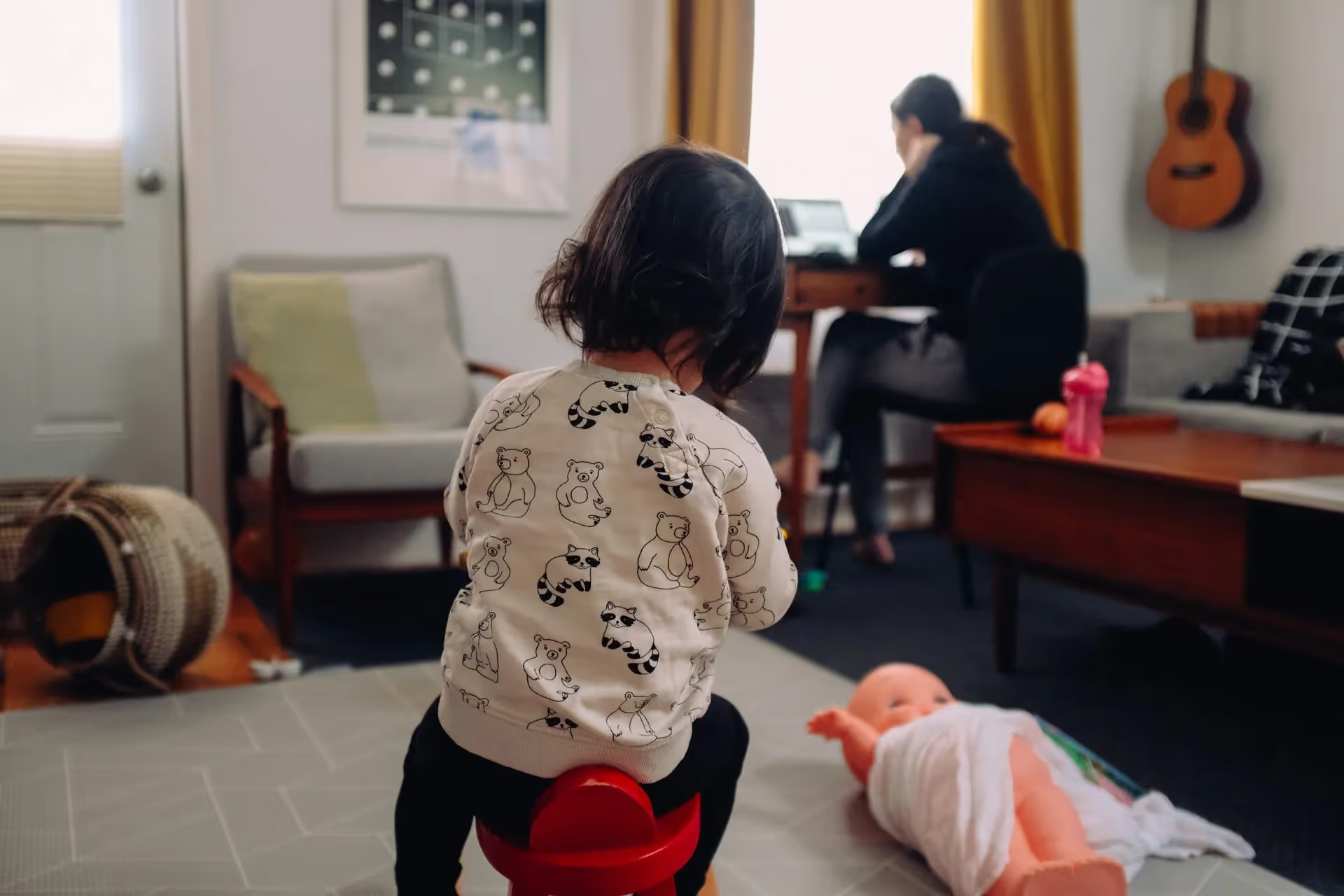

.avif)





































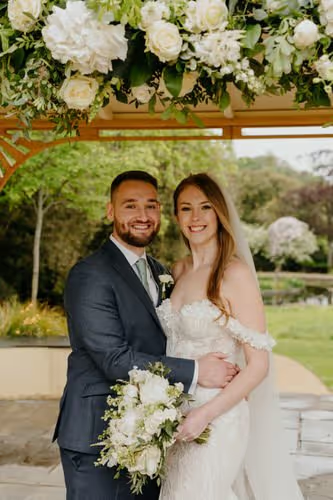





















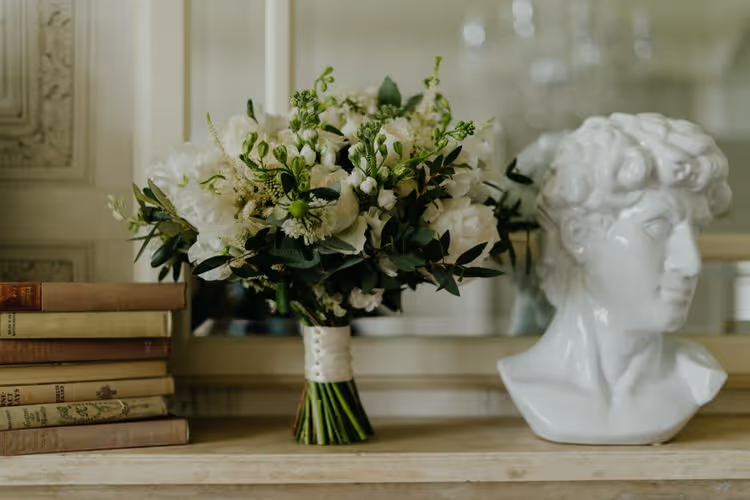




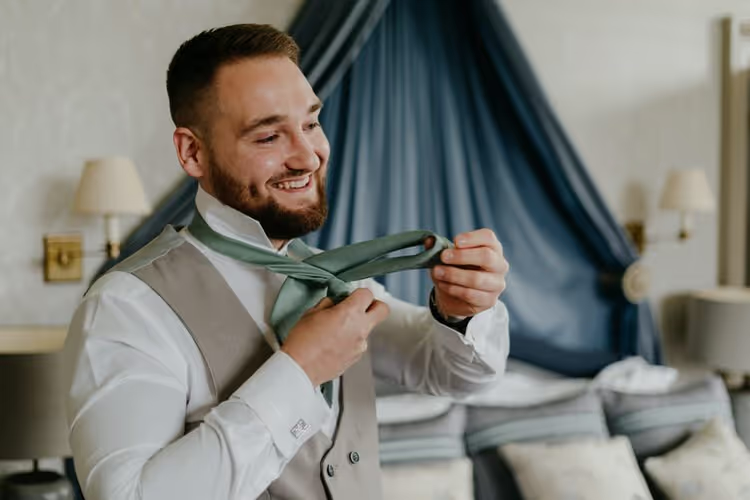









.avif)






.avif)

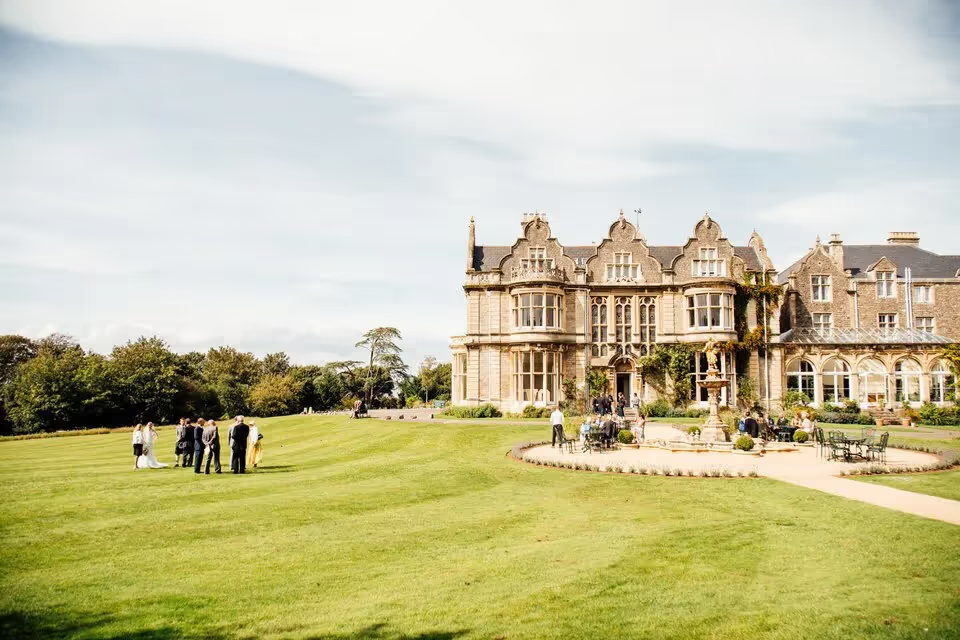










.avif)




.avif)


















.avif)

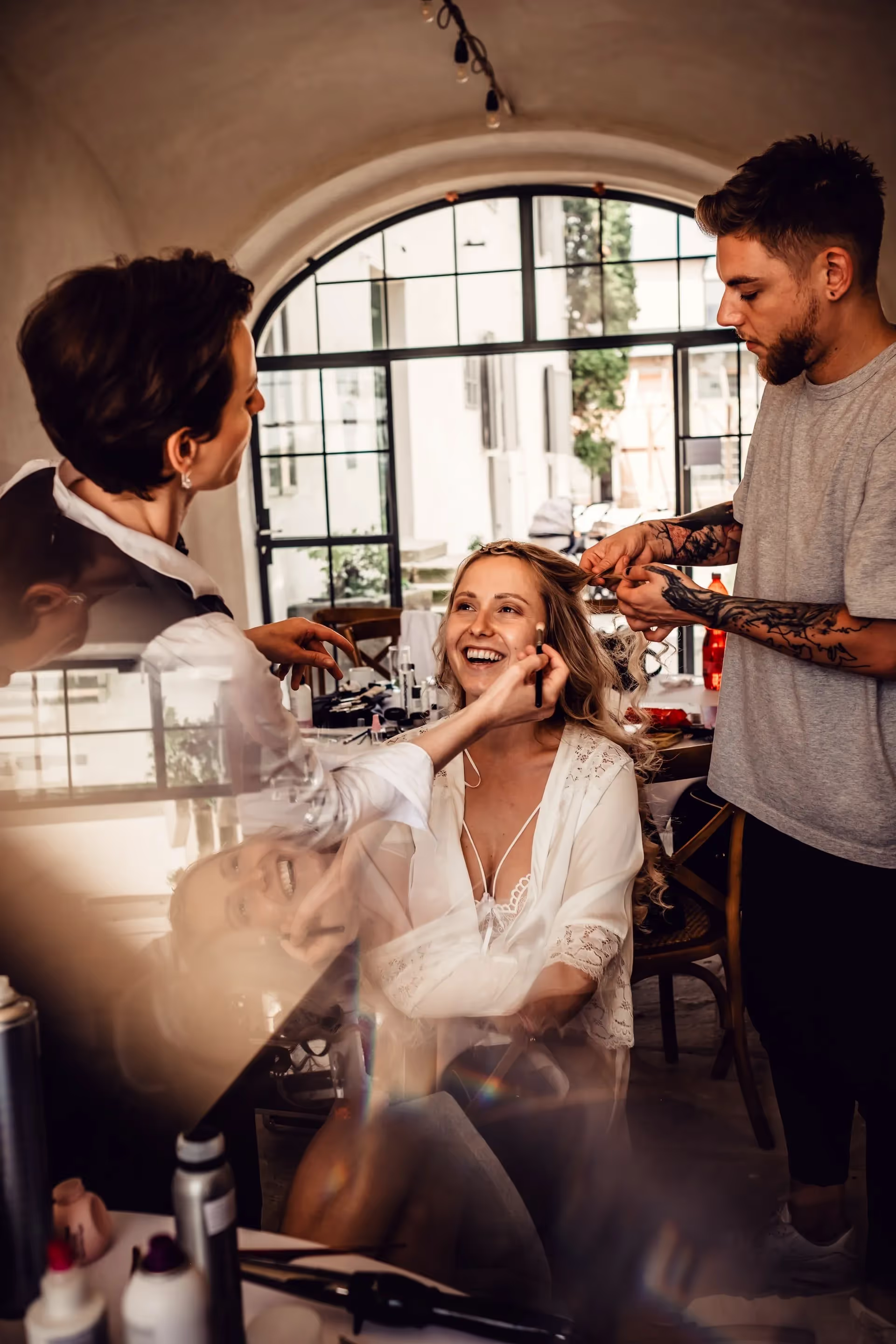


.avif)










.avif)




.avif)





.avif)




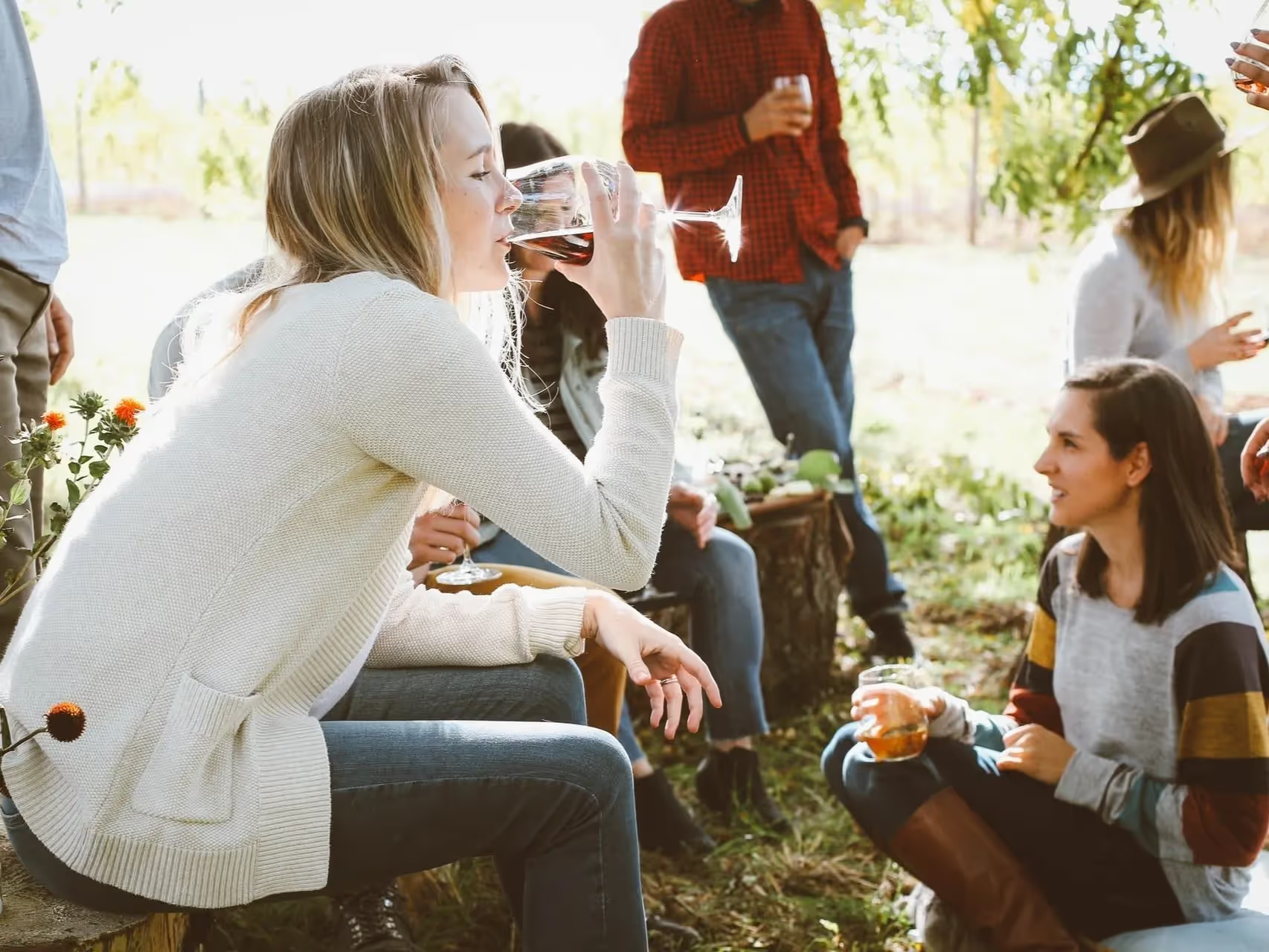
.avif)



.webp)
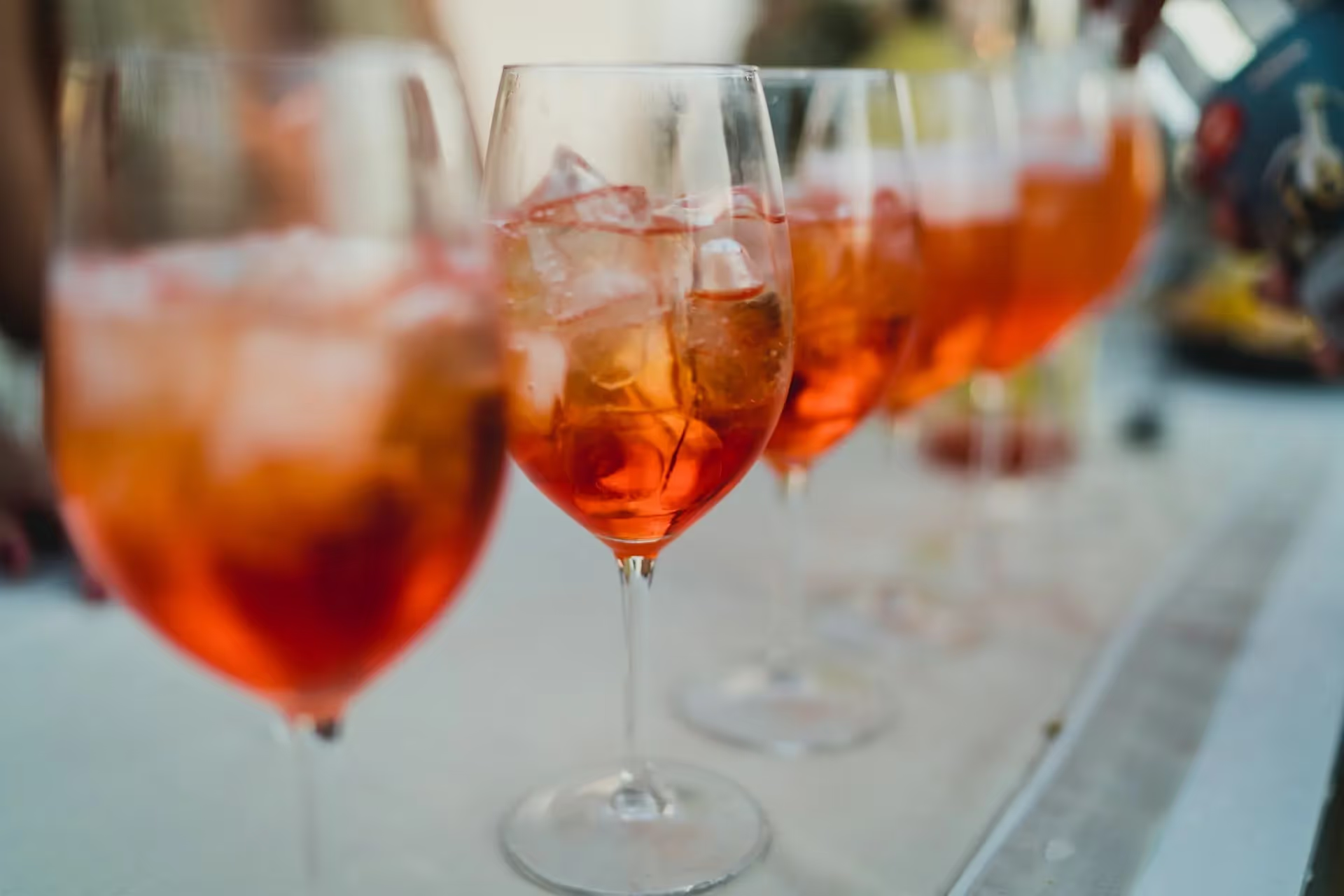
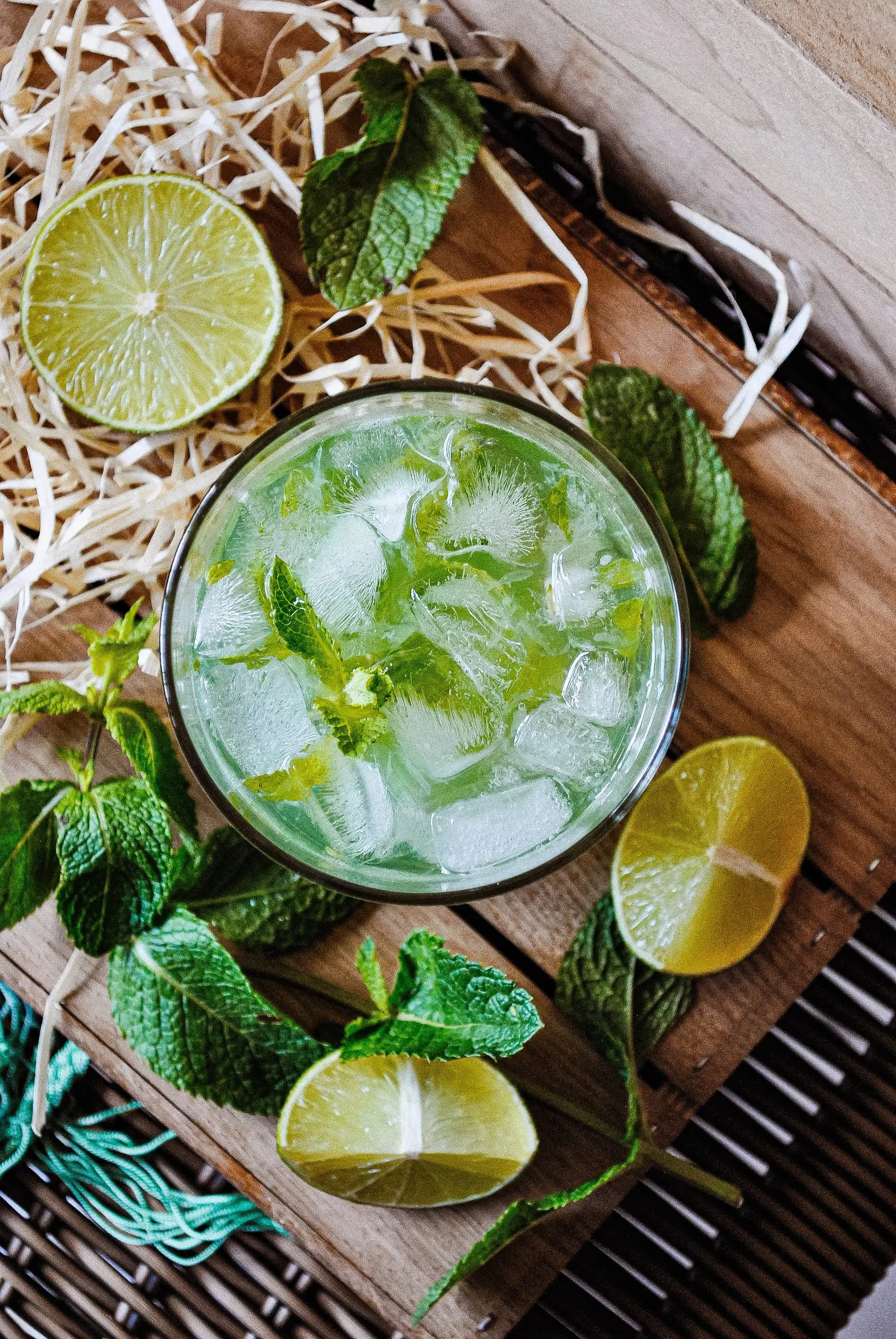


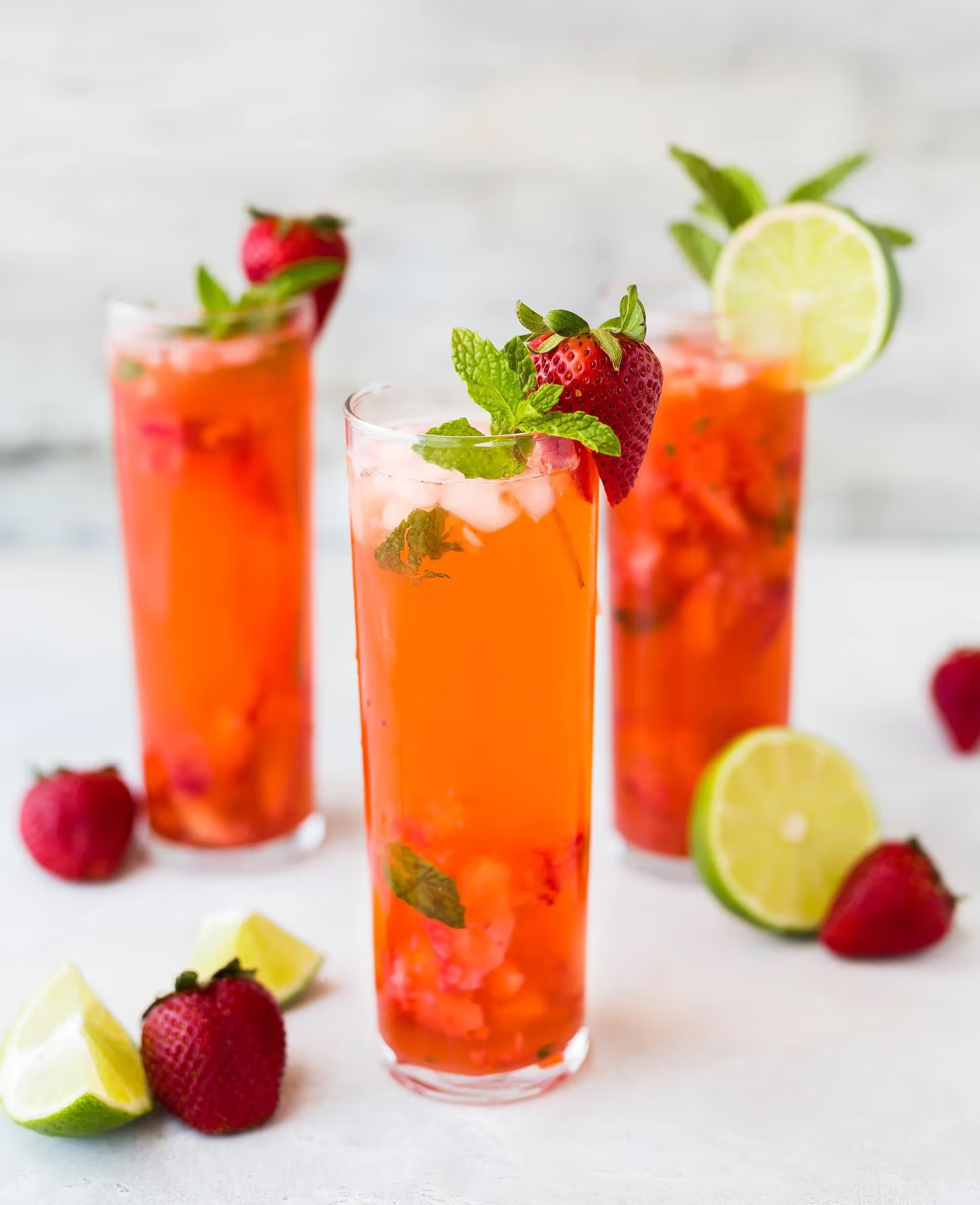

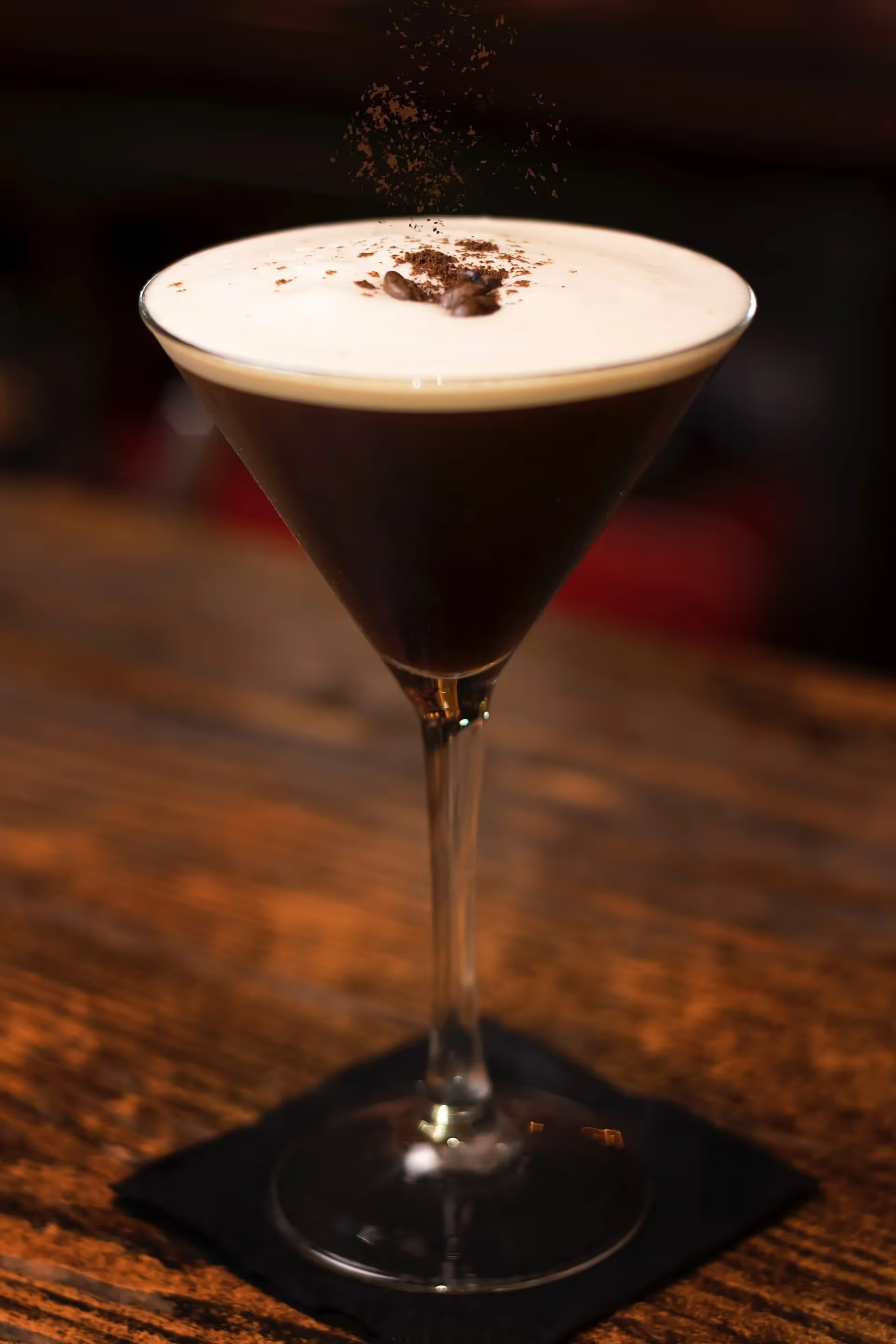
.avif)
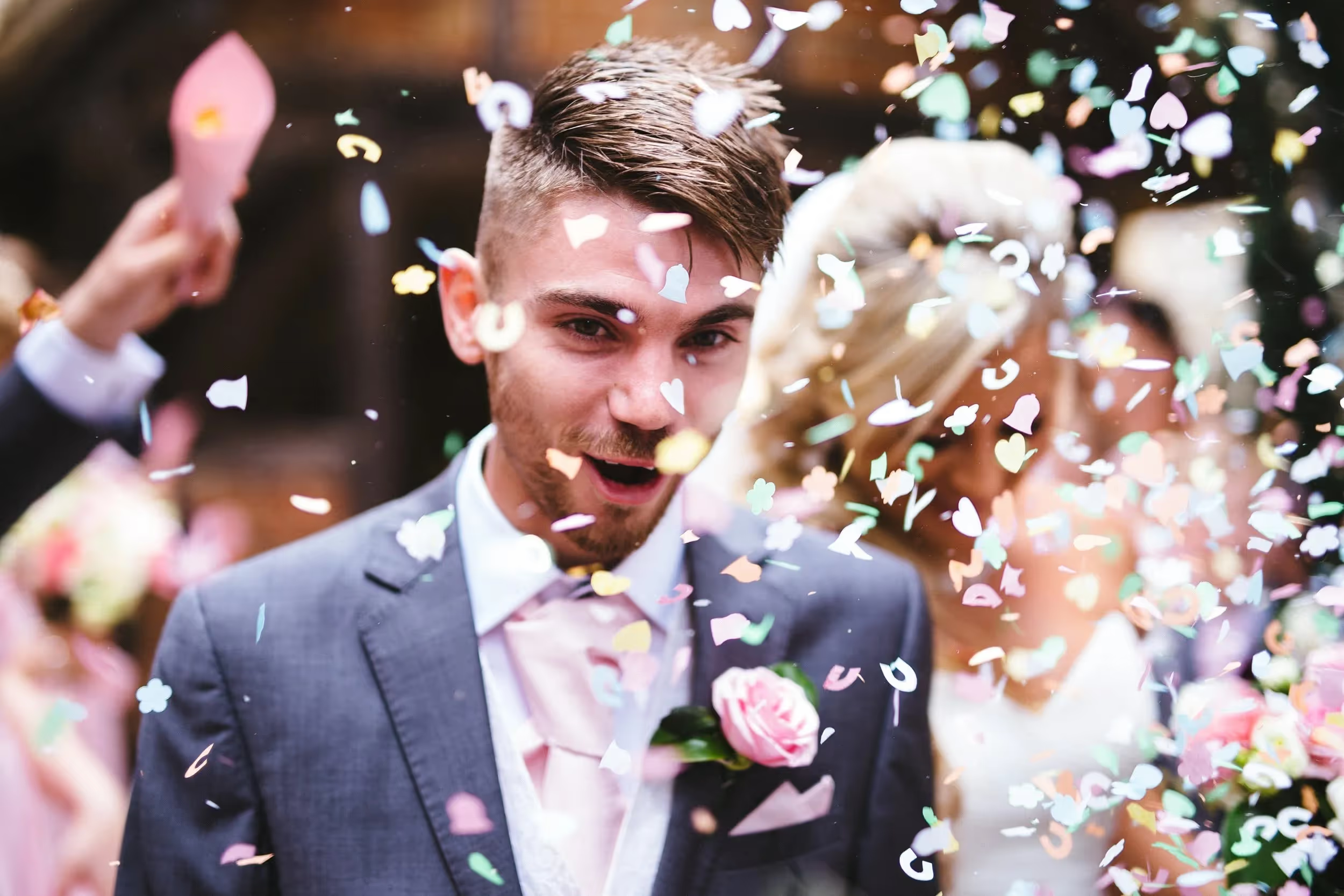

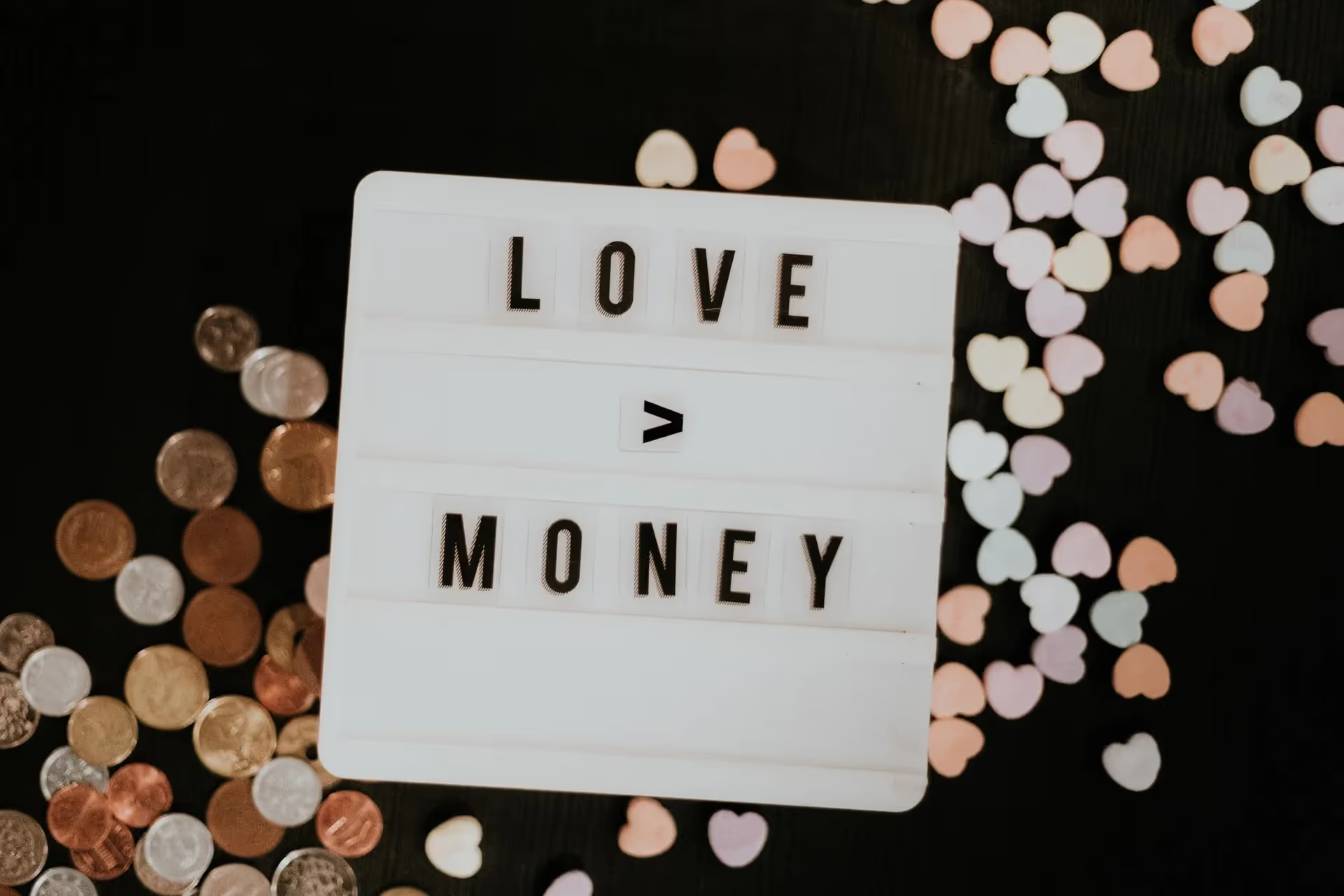
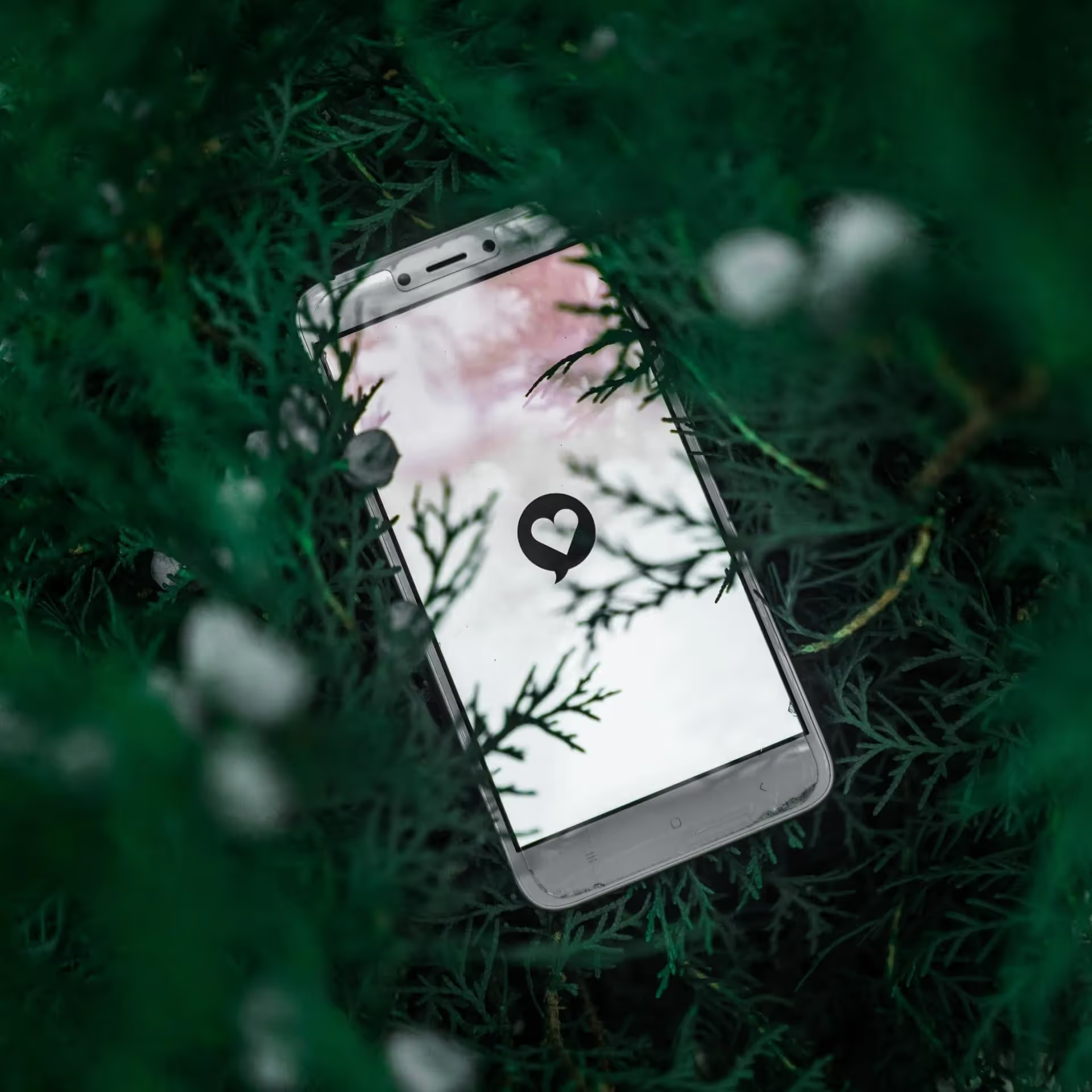
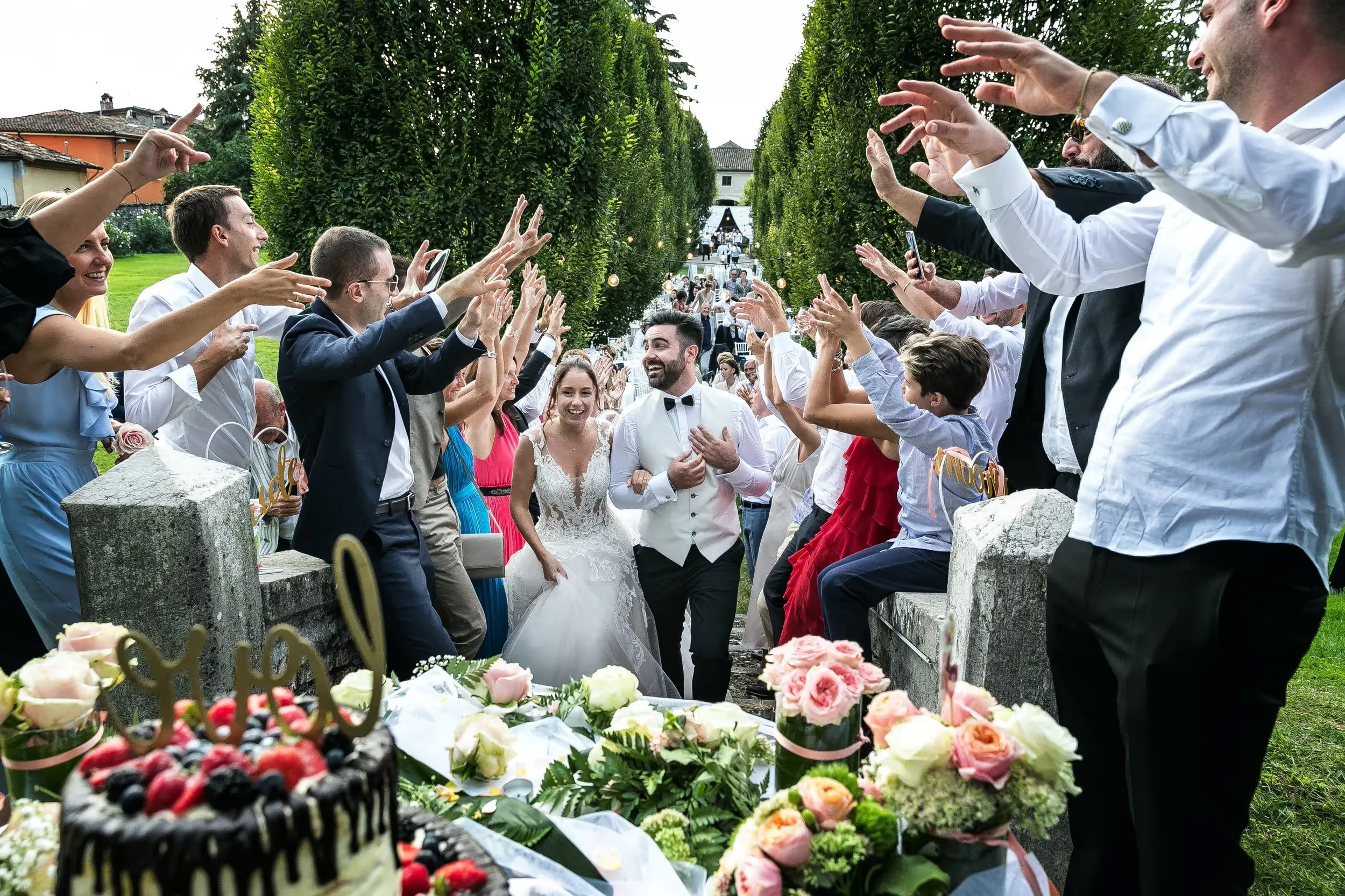
.avif)
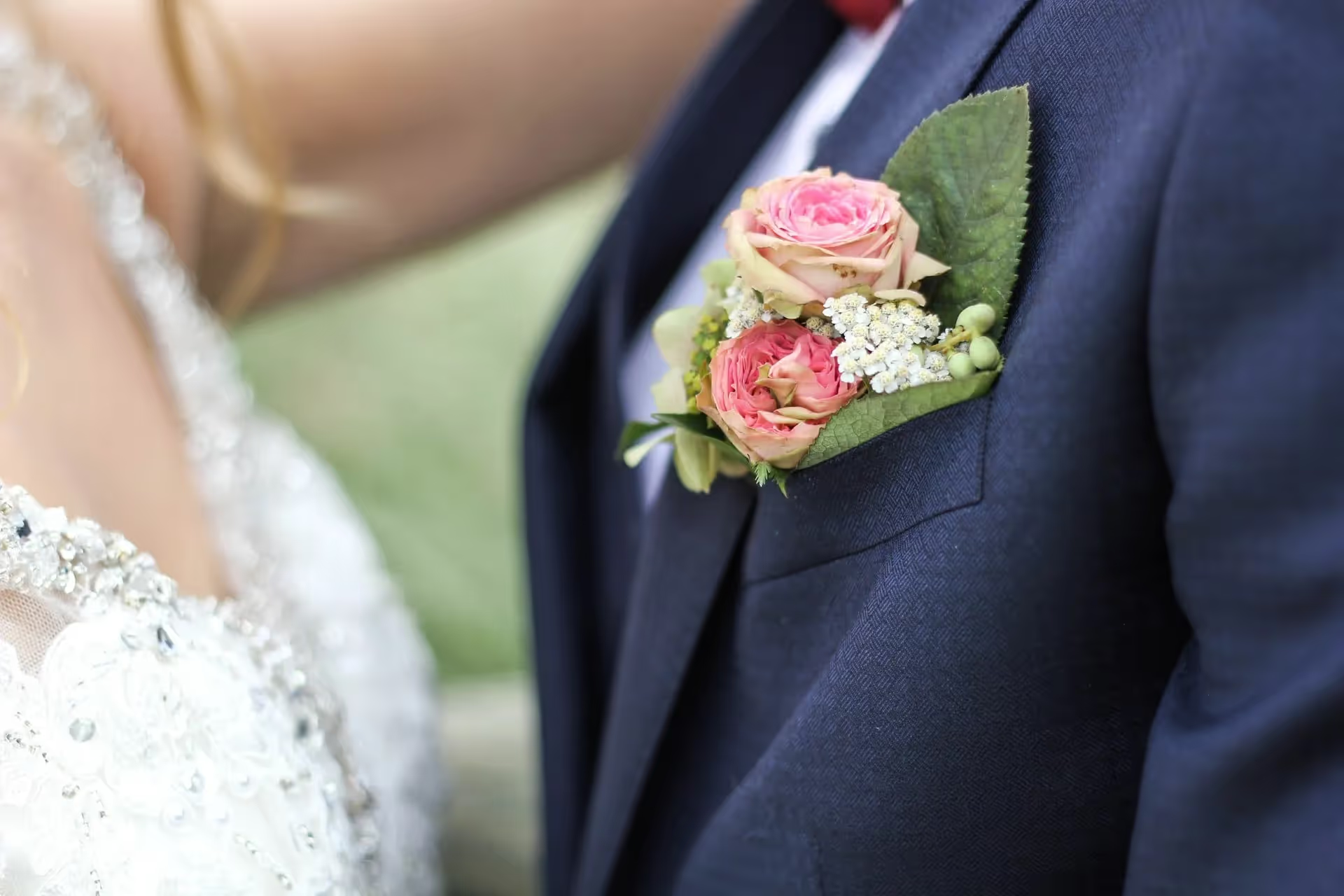
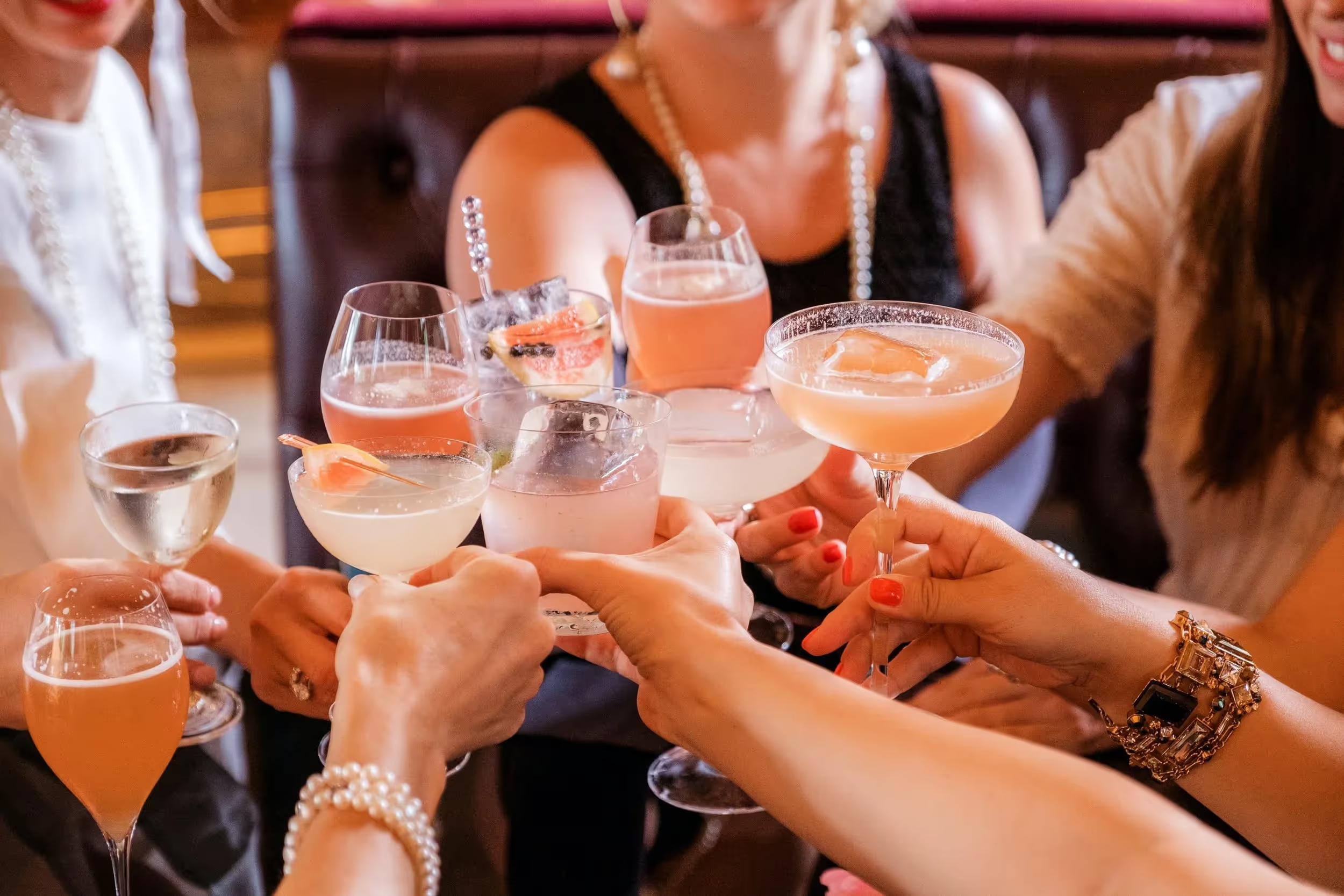
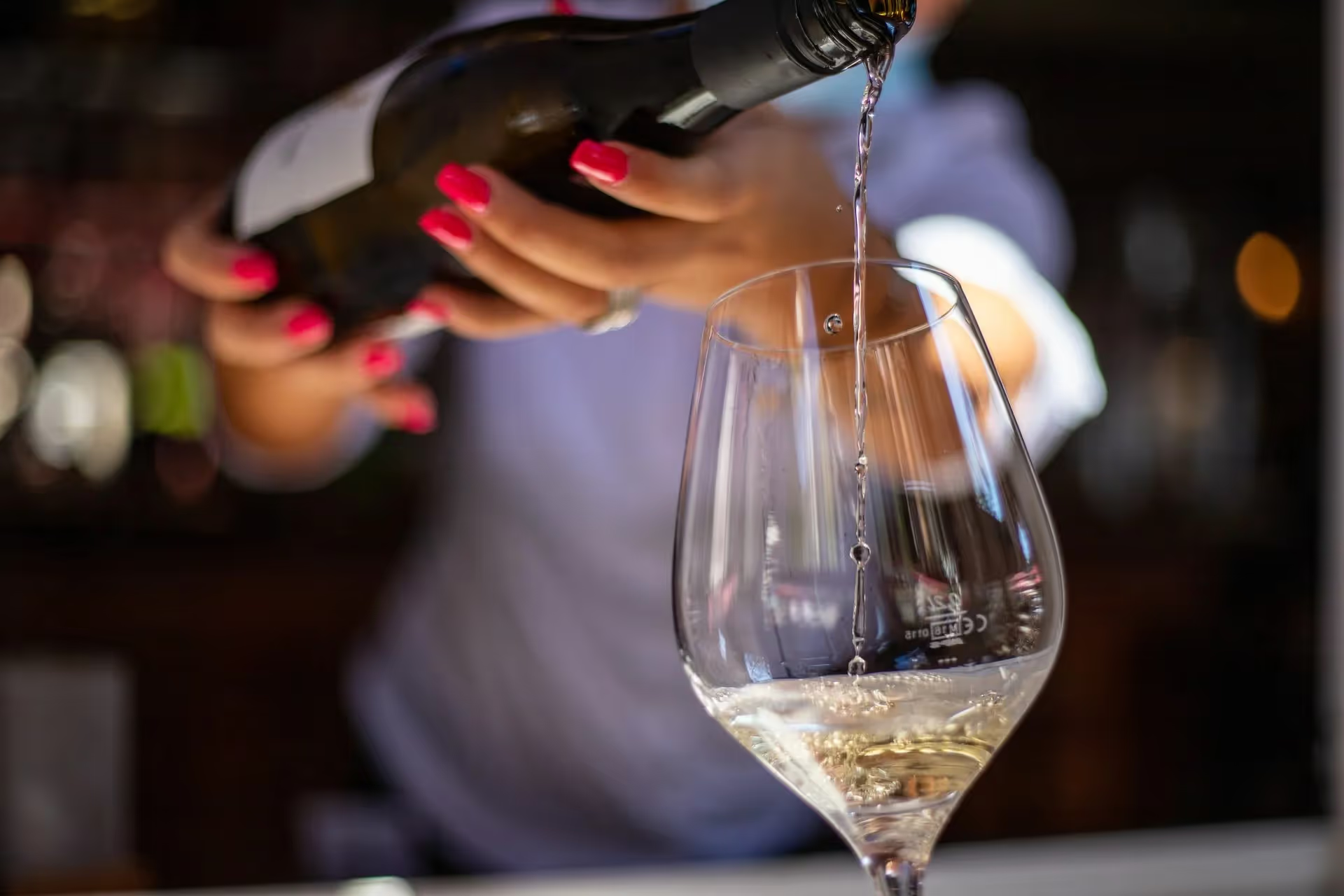
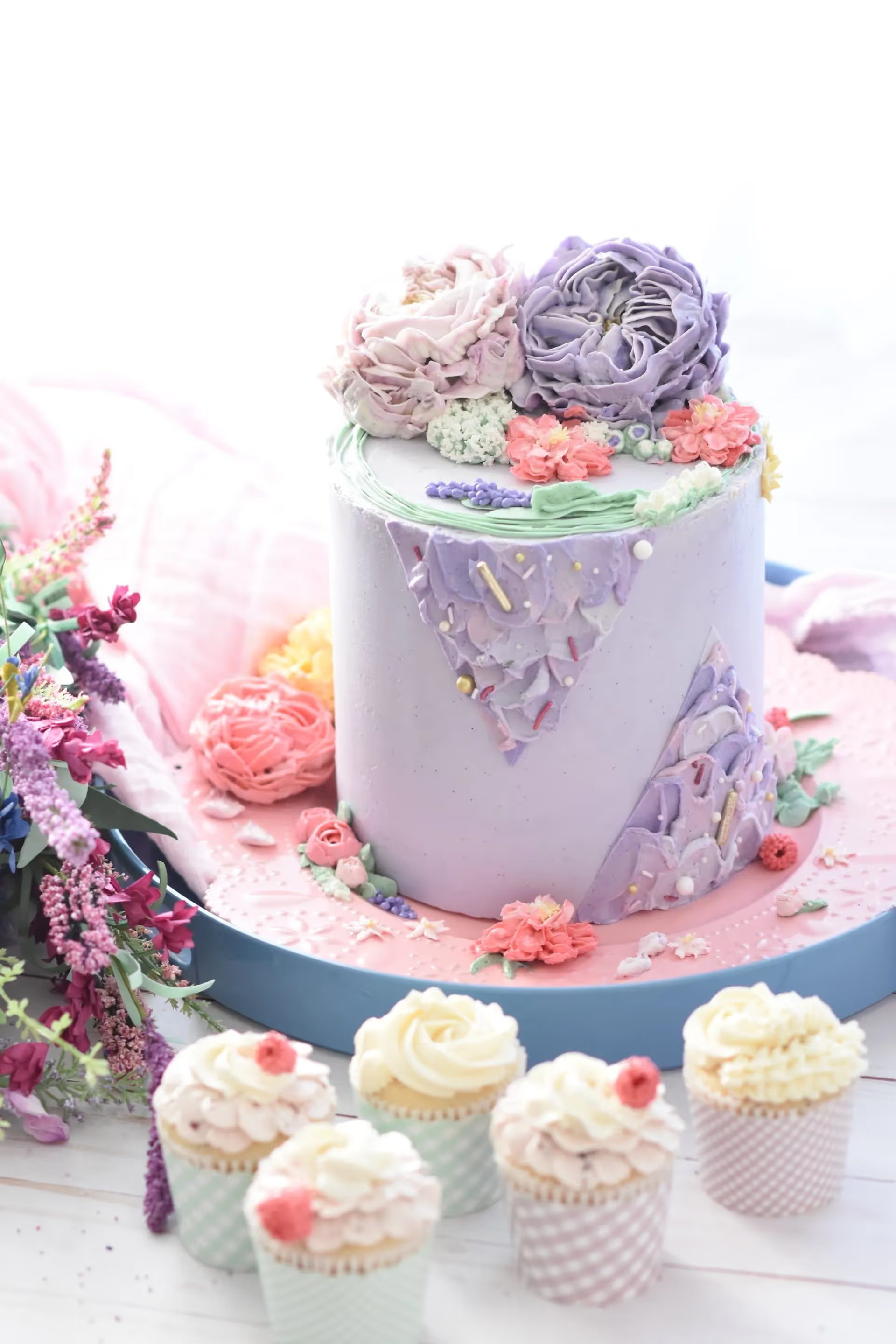
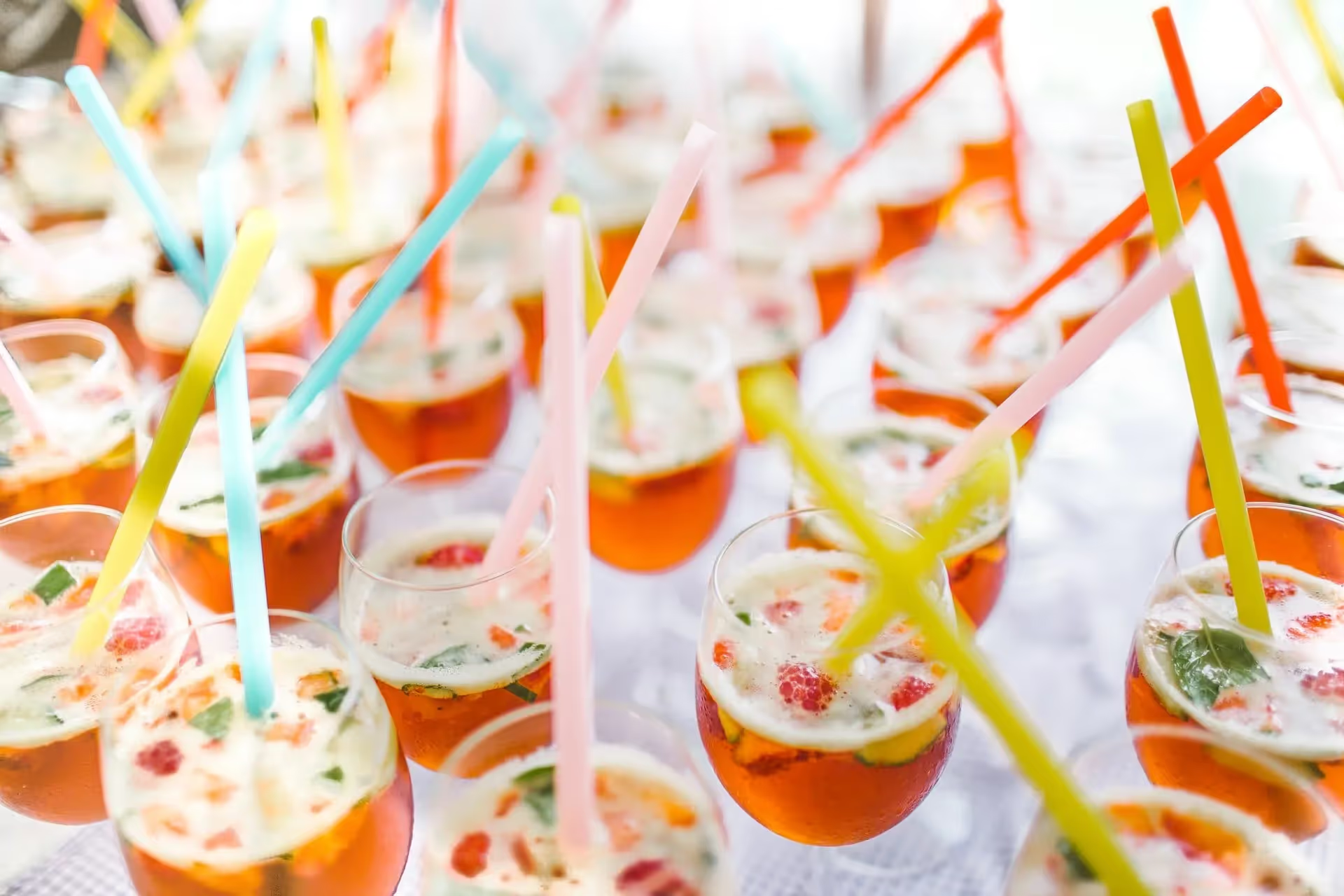
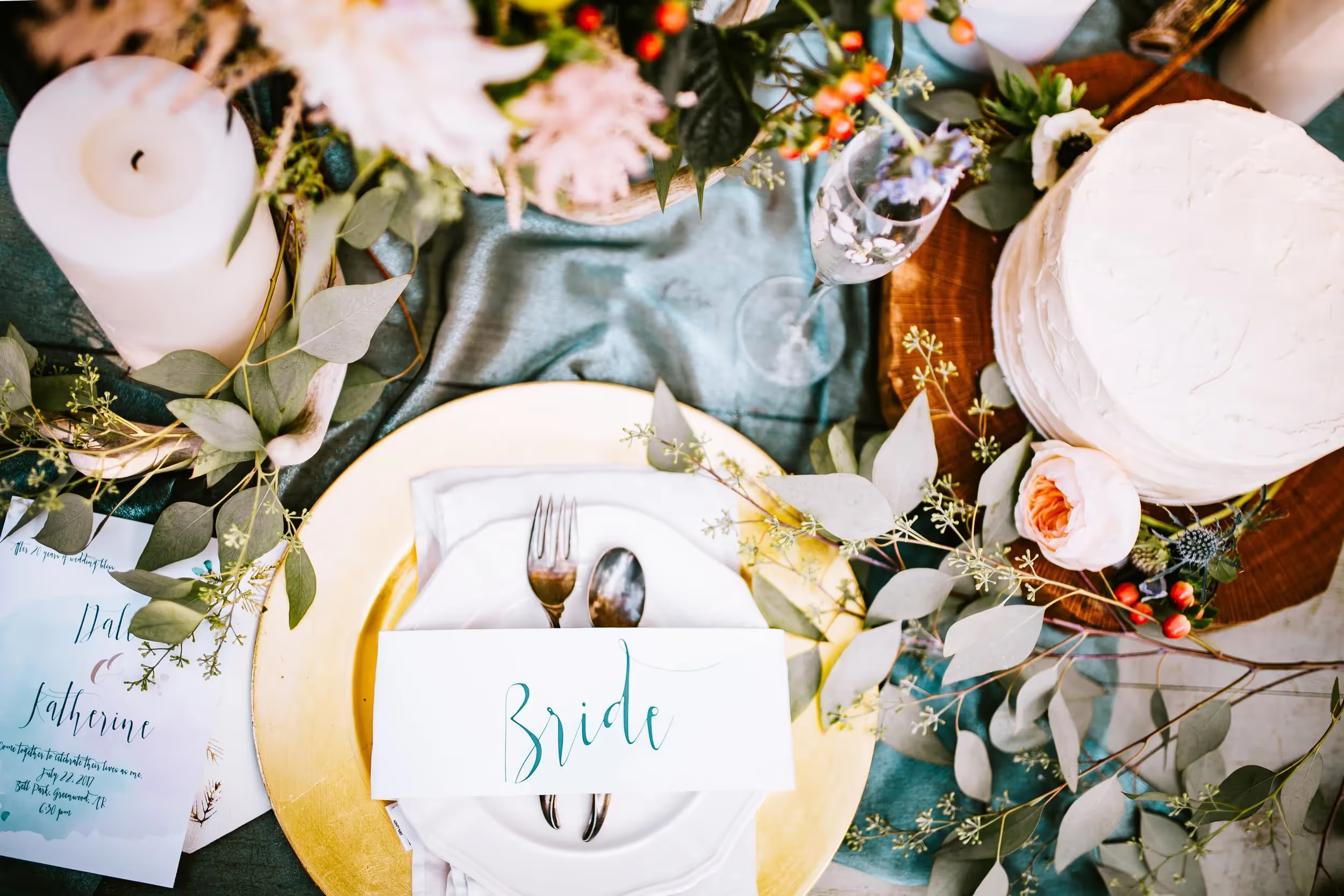
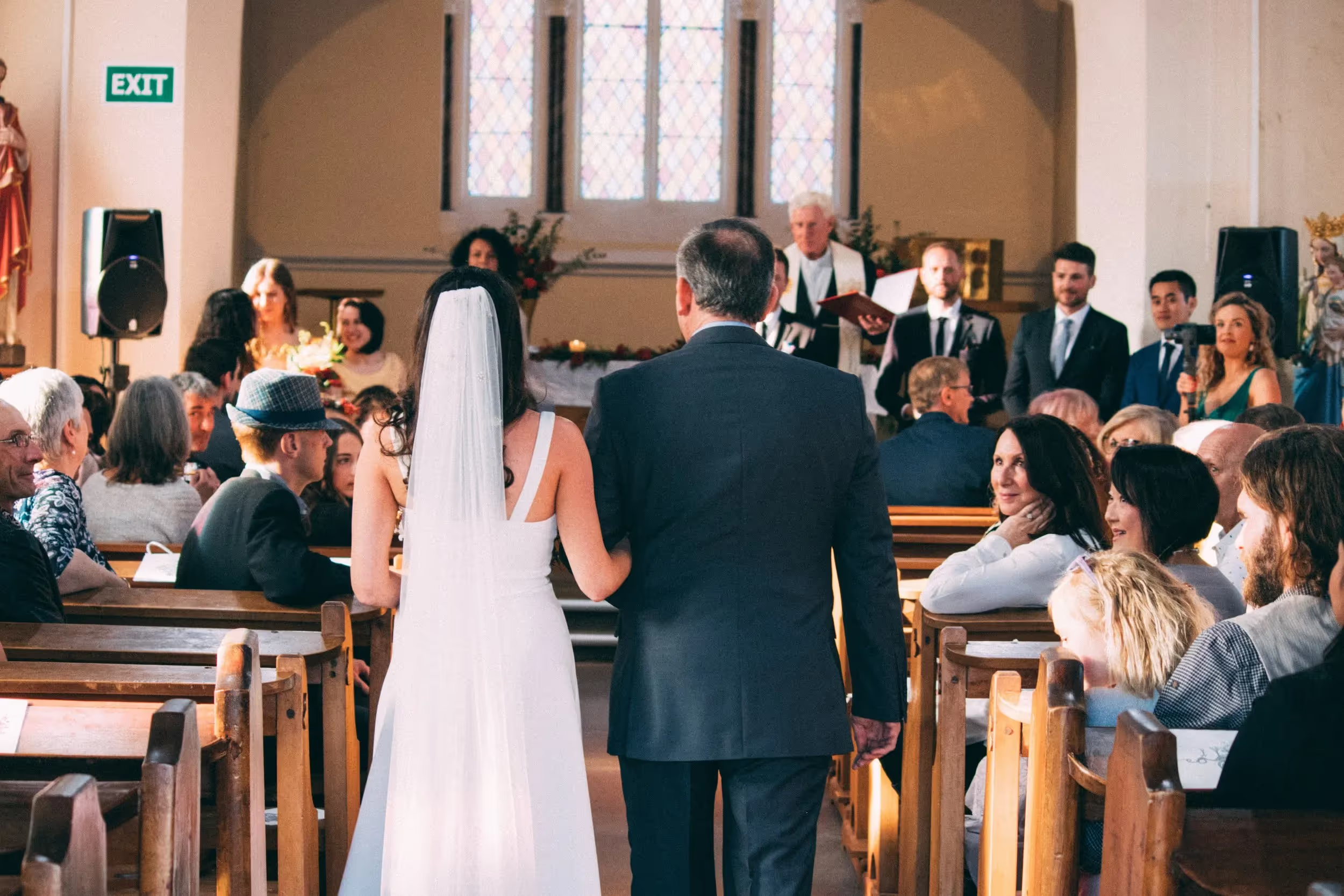
.avif)
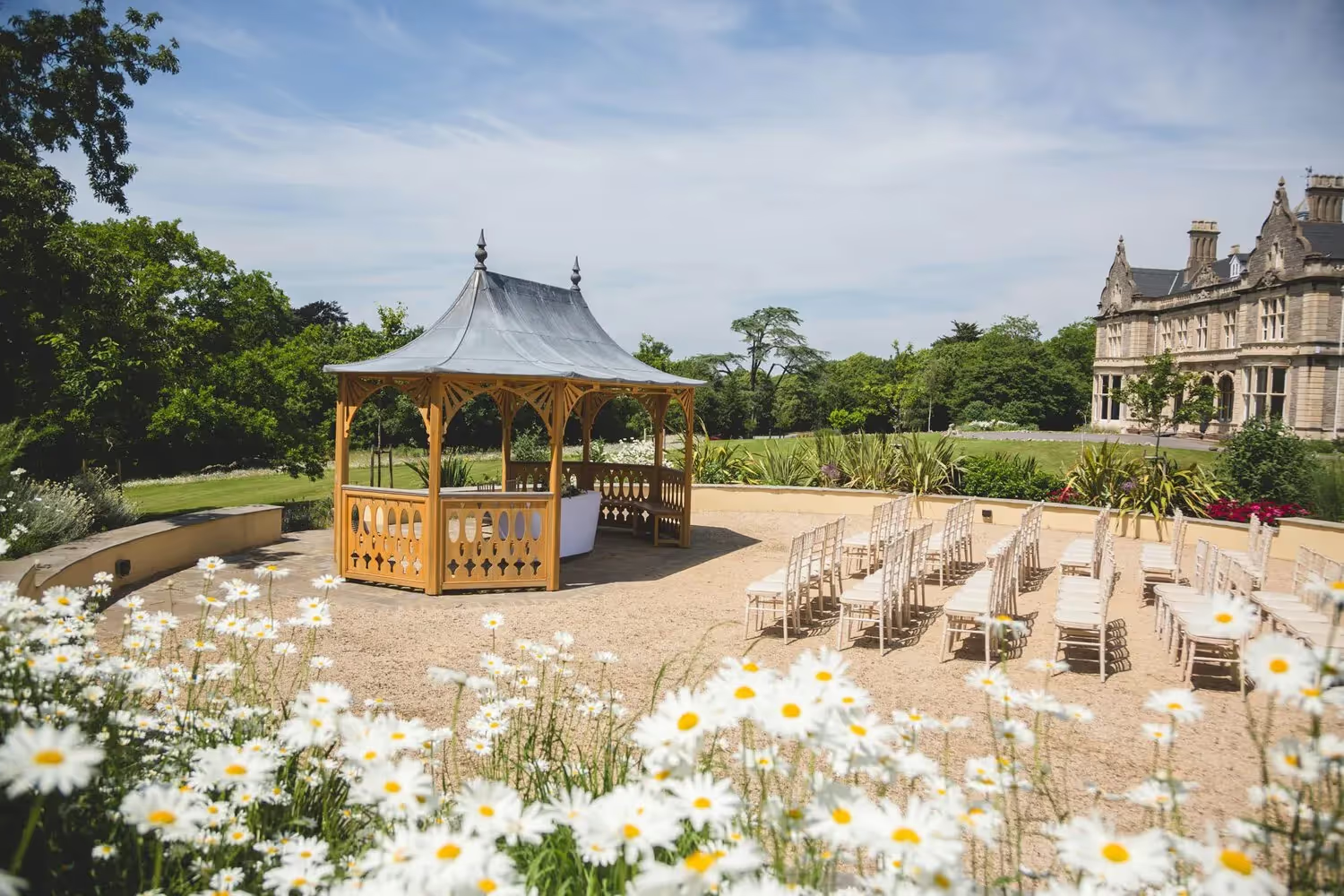
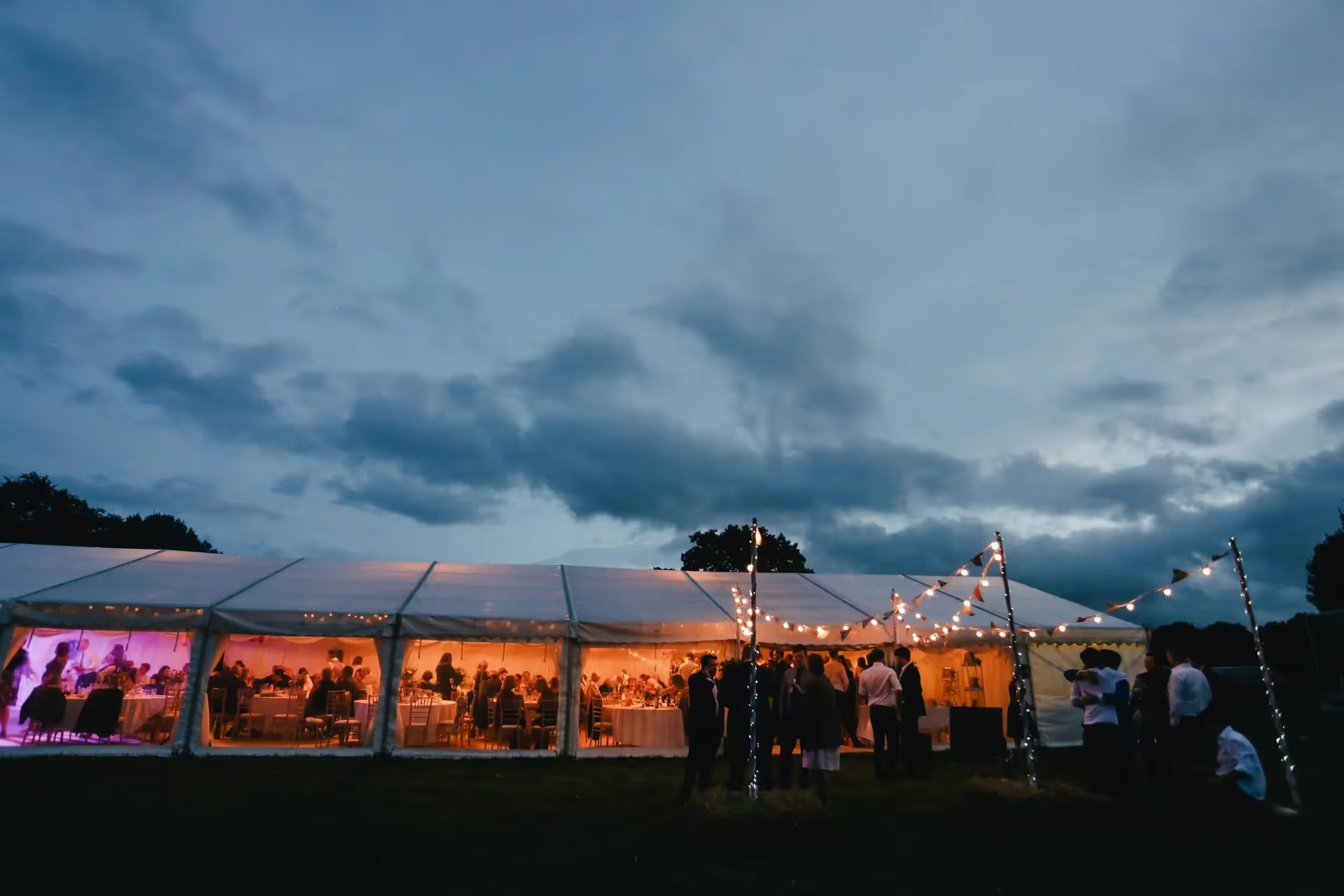

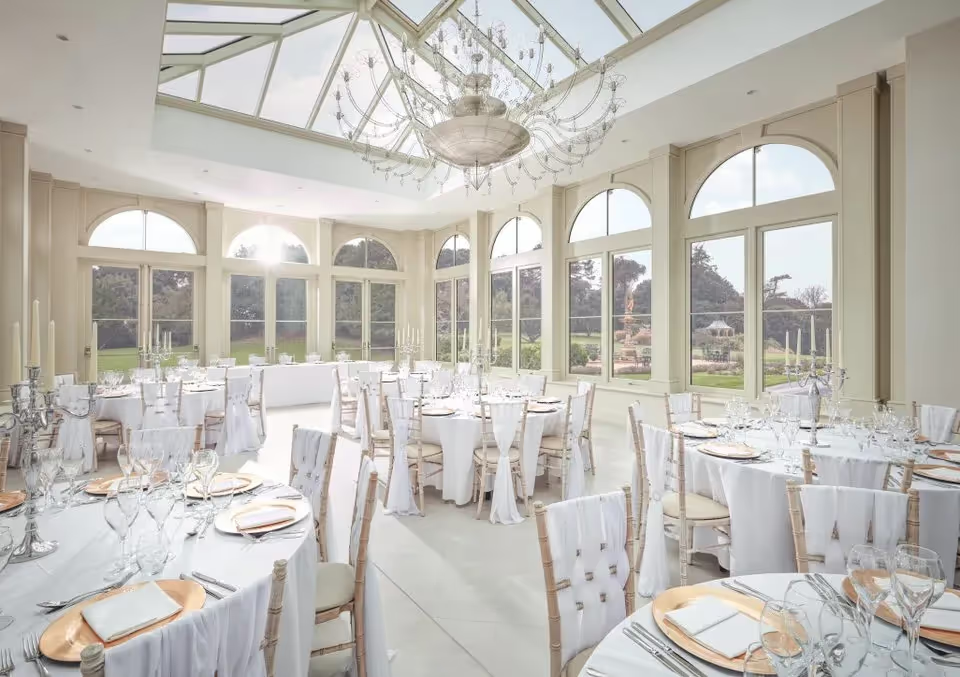
.avif)
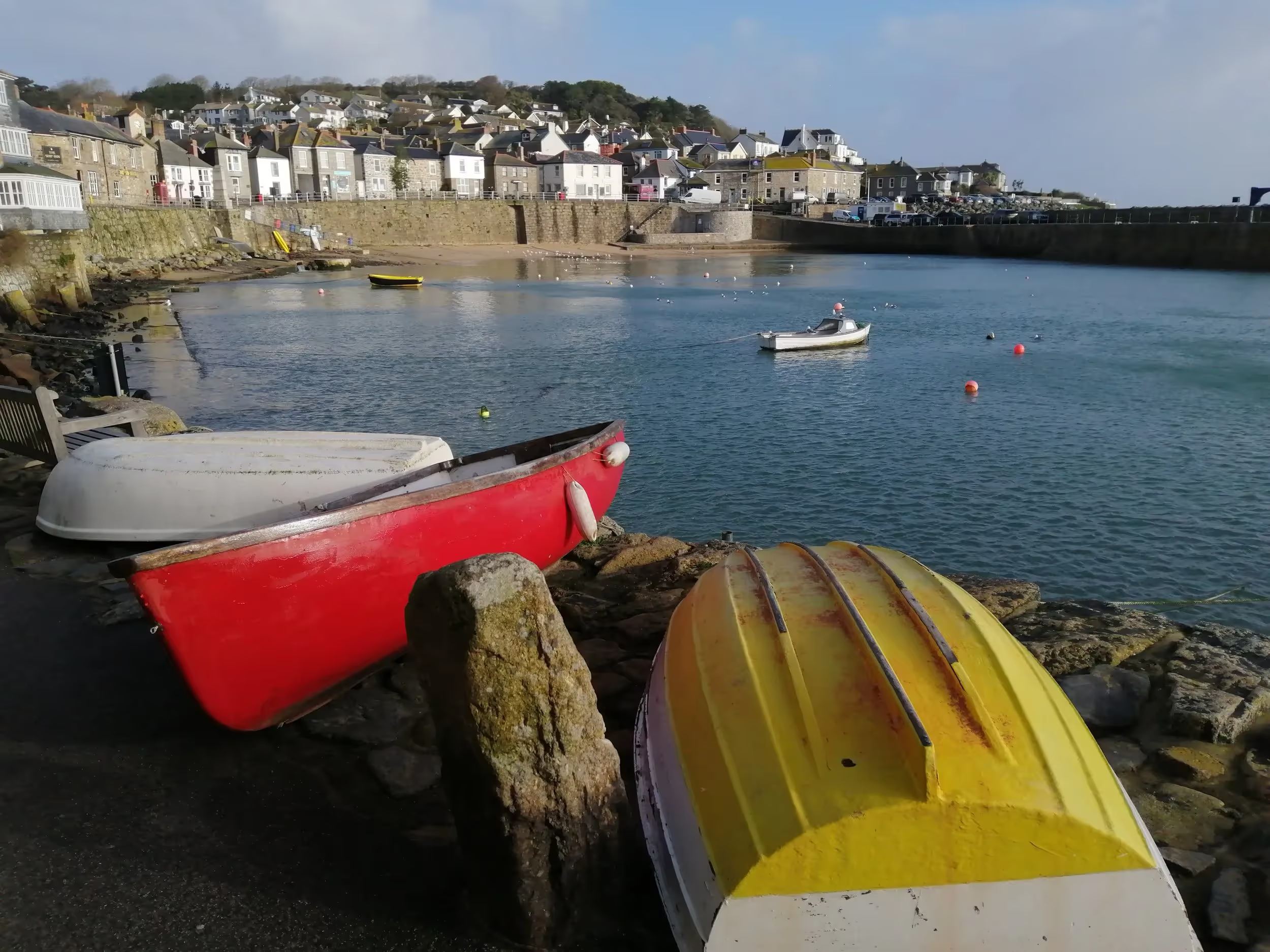
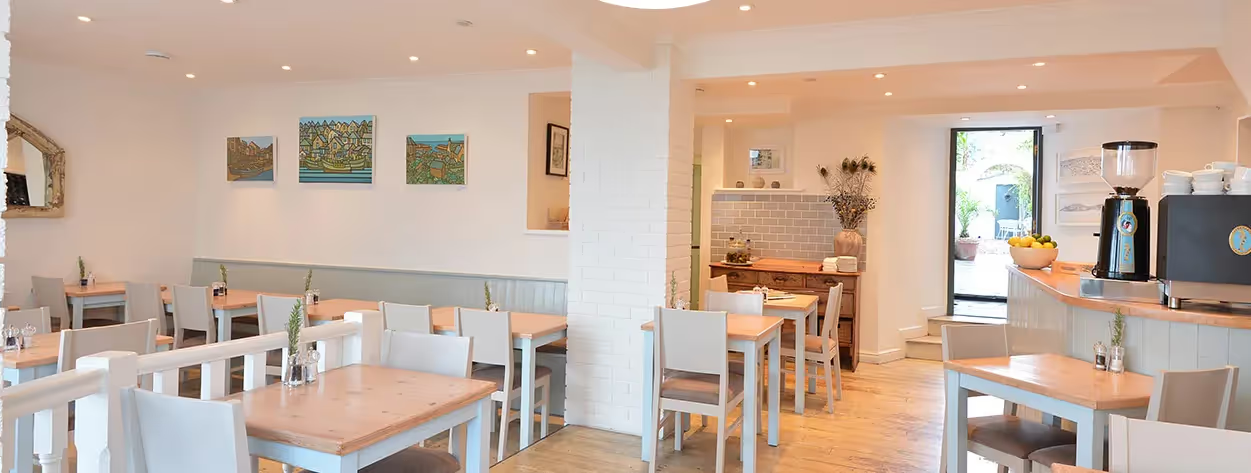
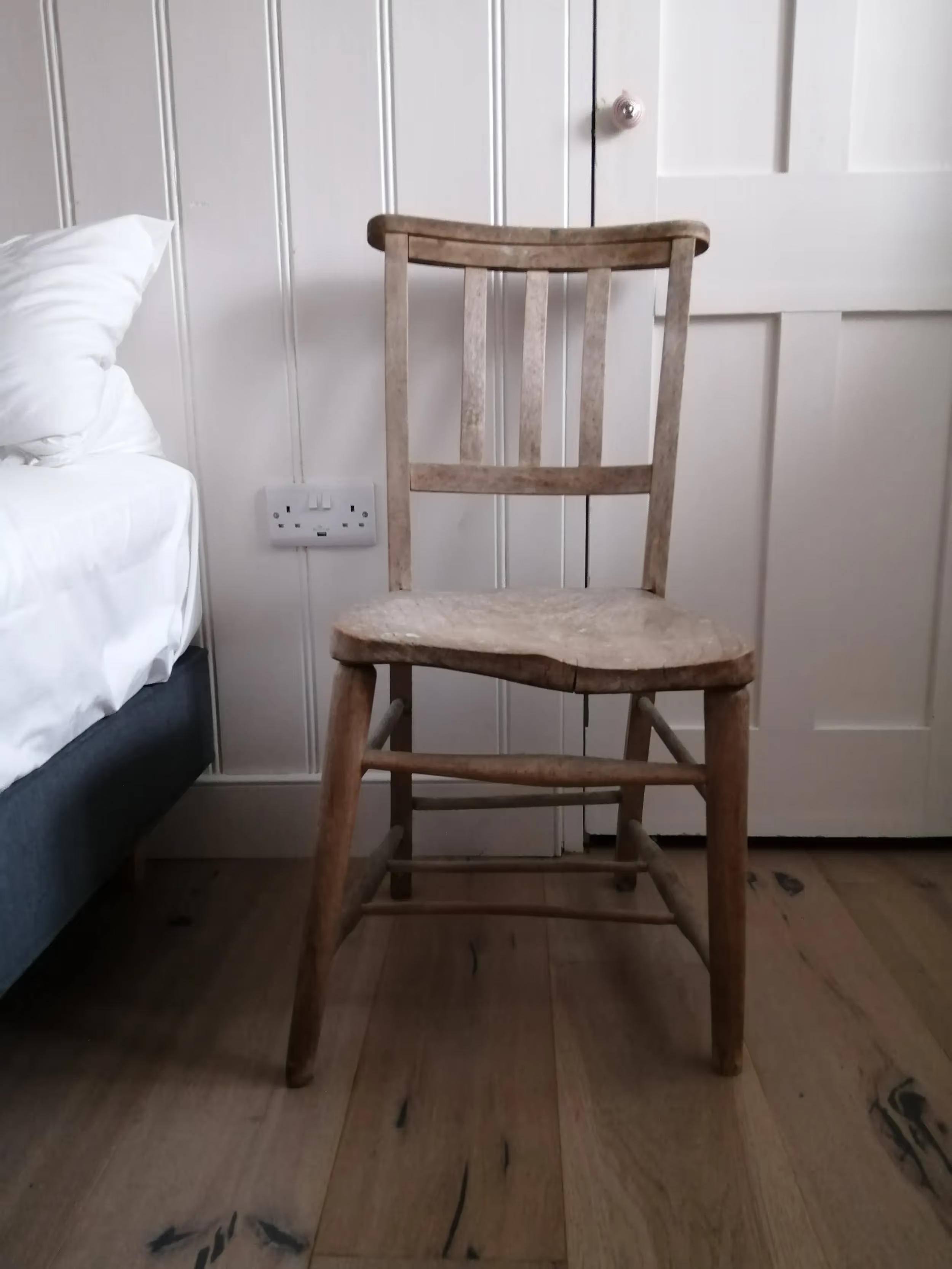
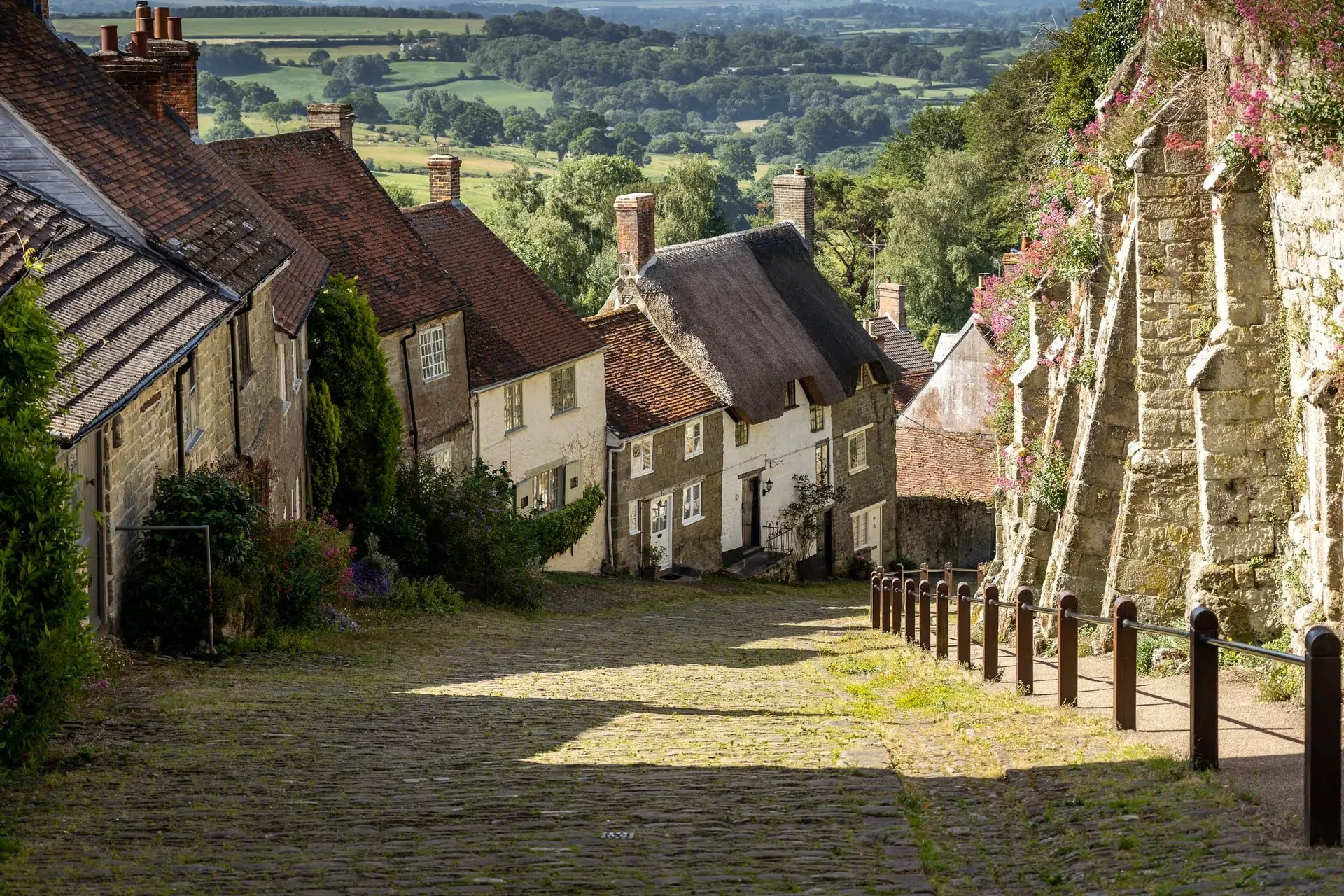
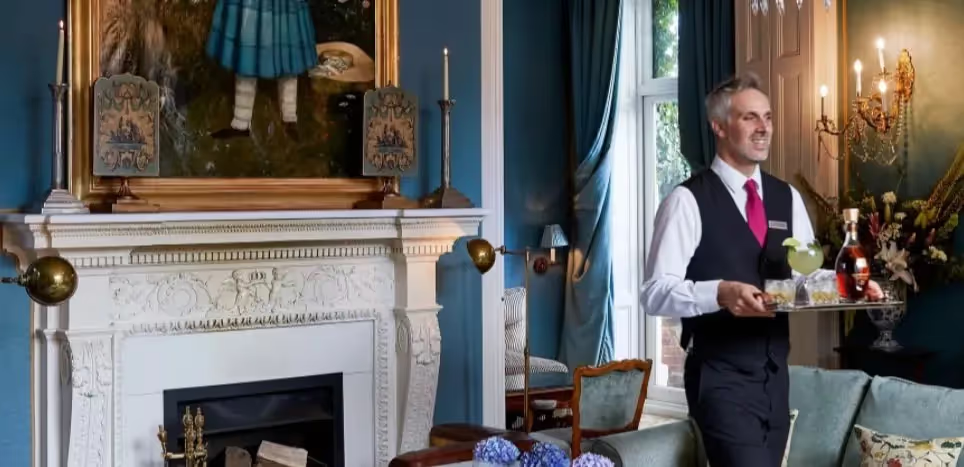


.avif)
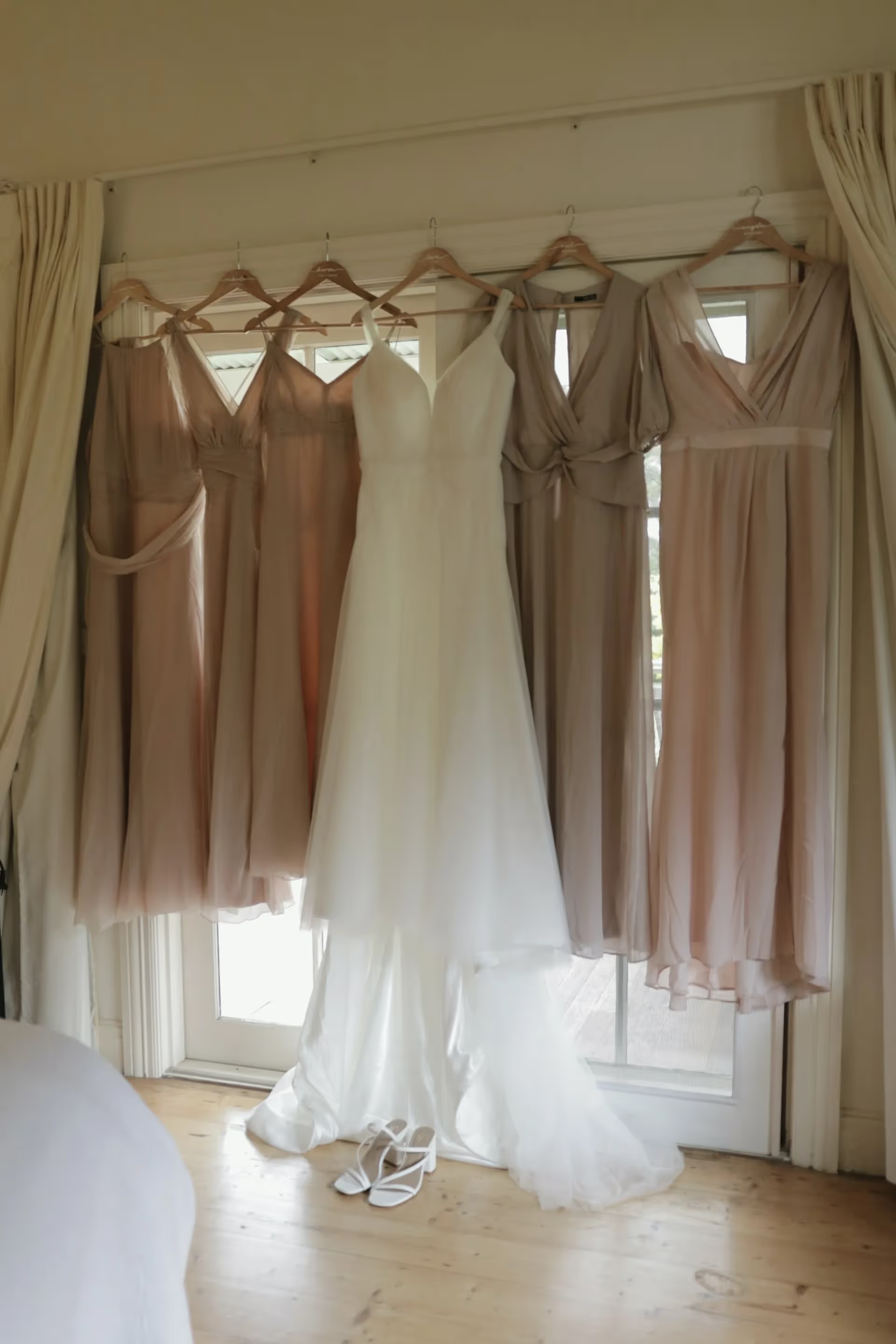
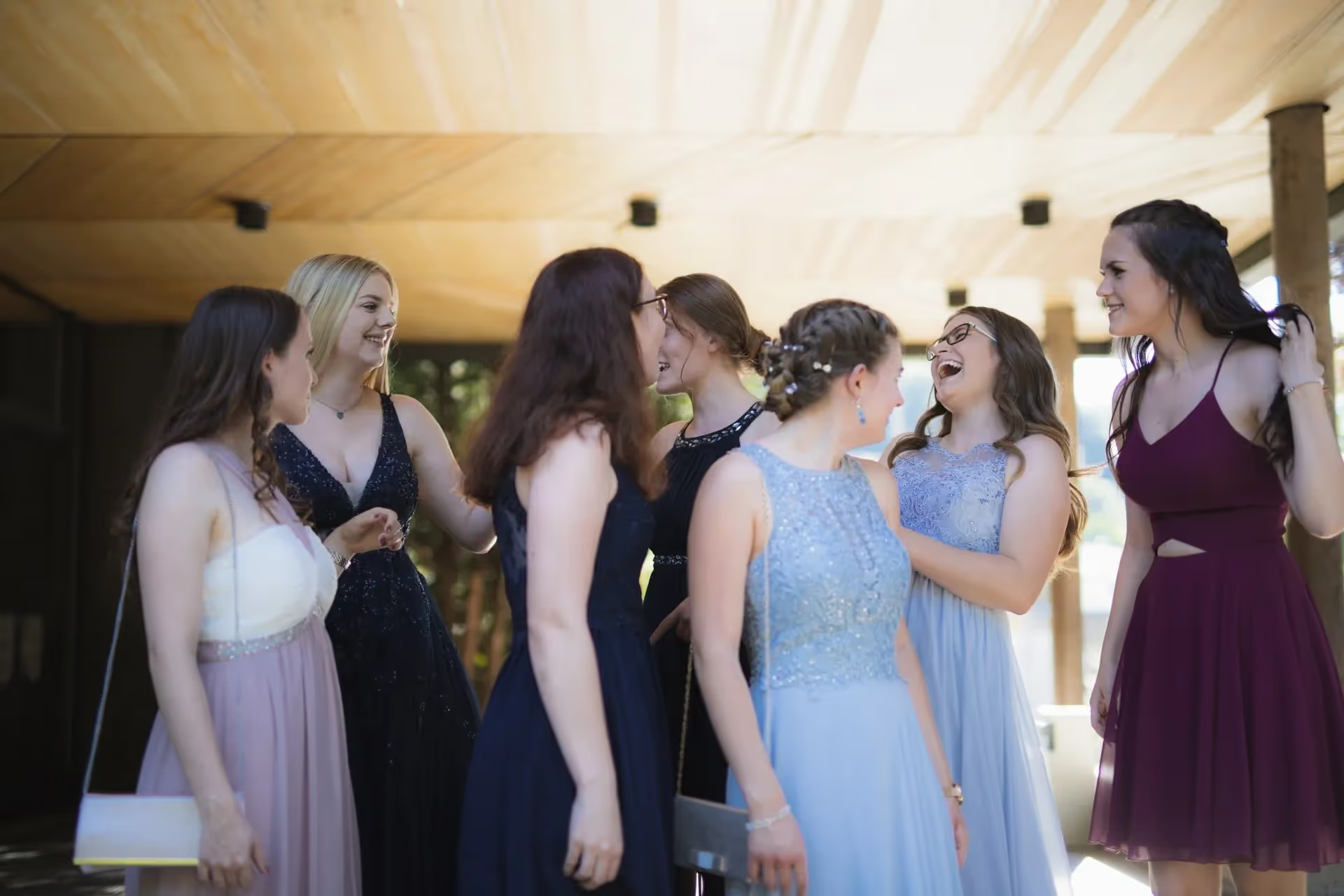
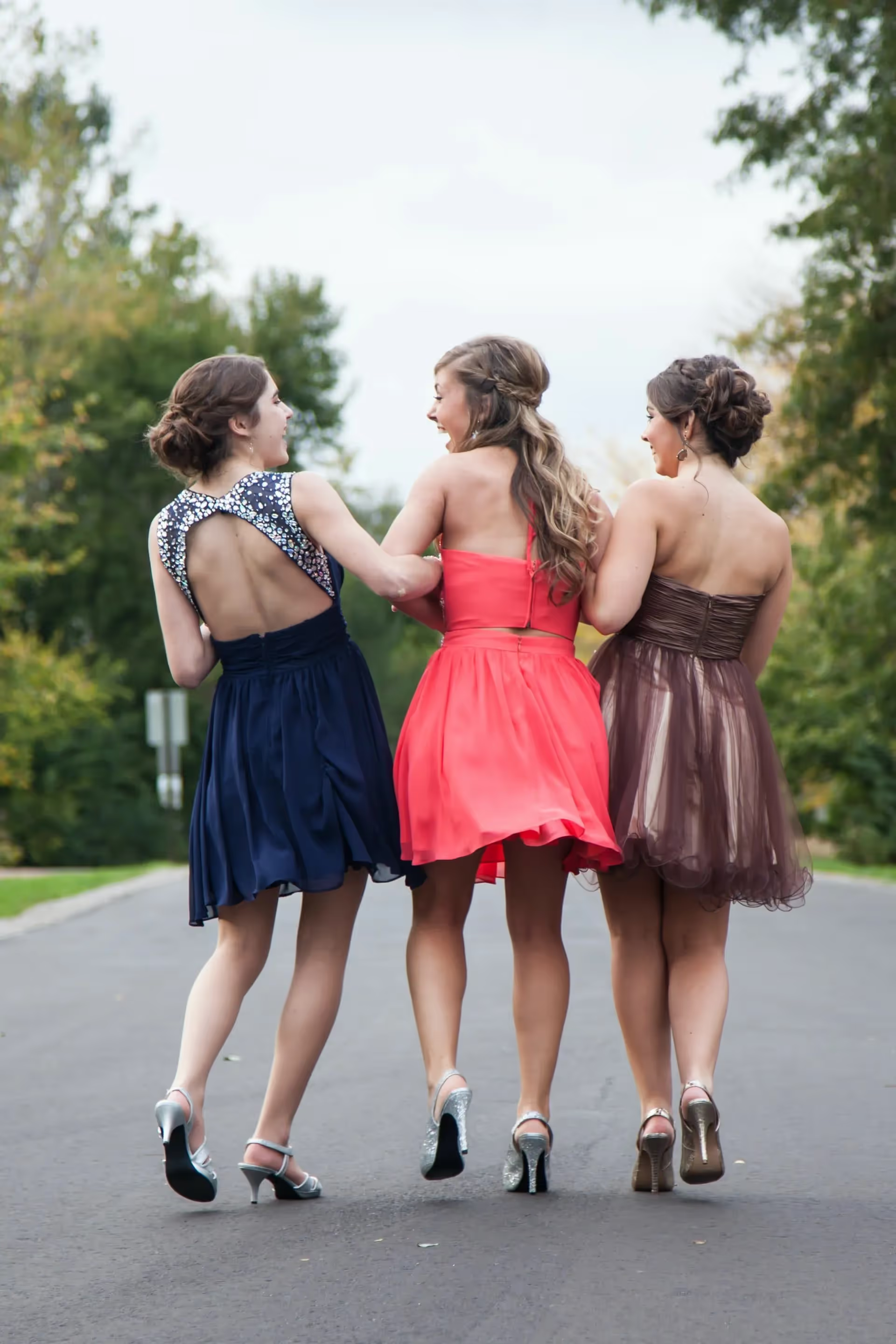
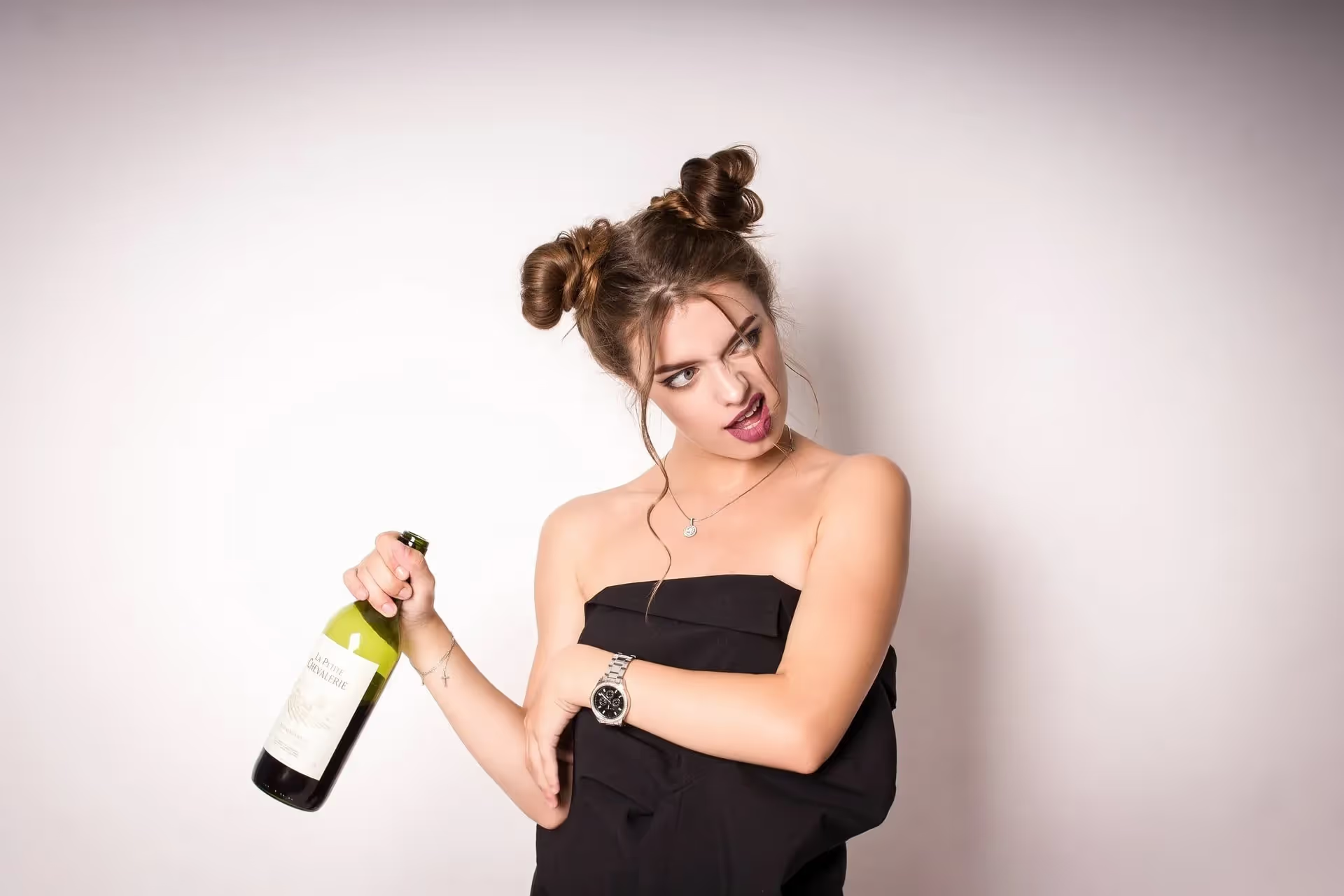
.avif)




.avif)





.avif)





.avif)




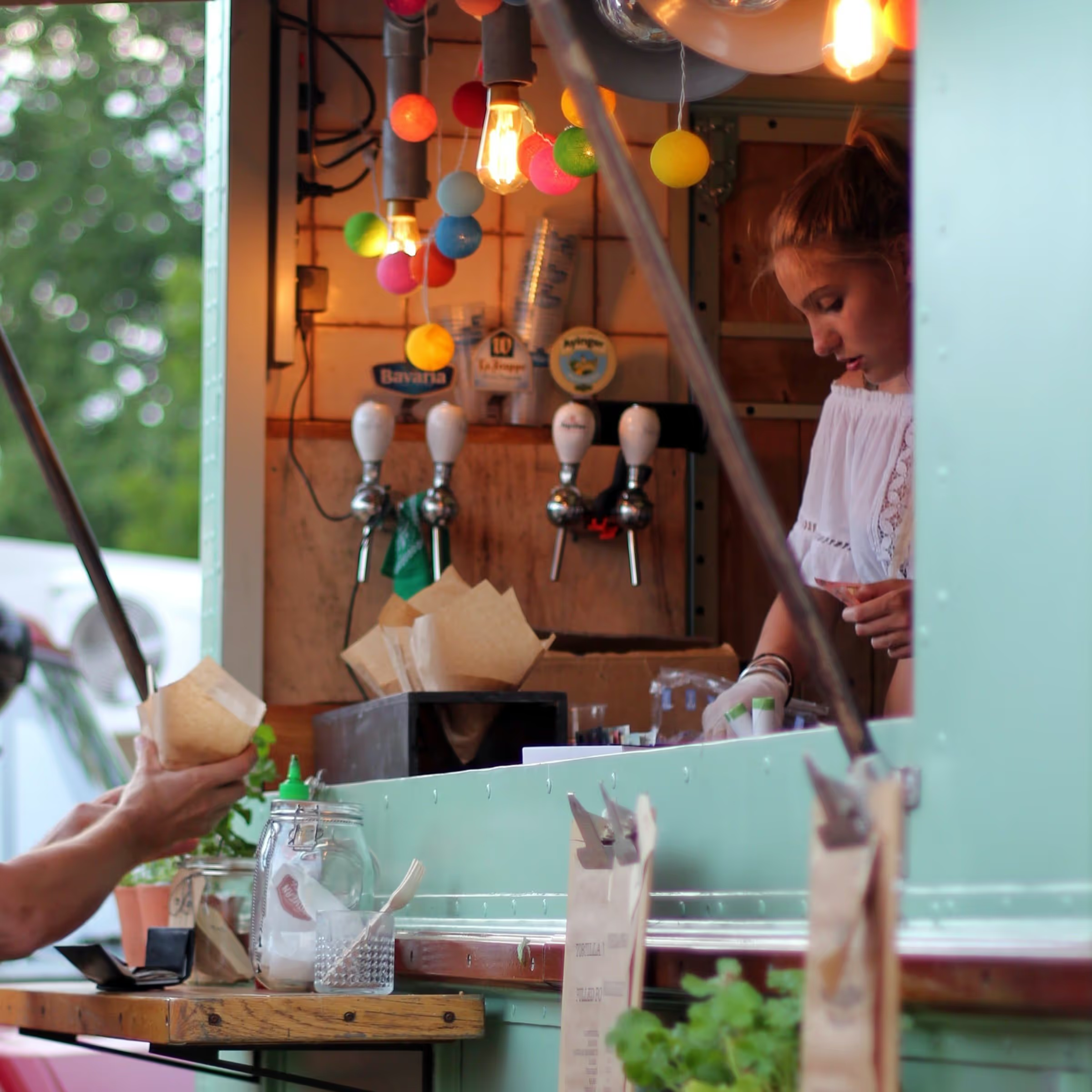


.avif)






.avif)





.avif)





.avif)







.avif)




.avif)



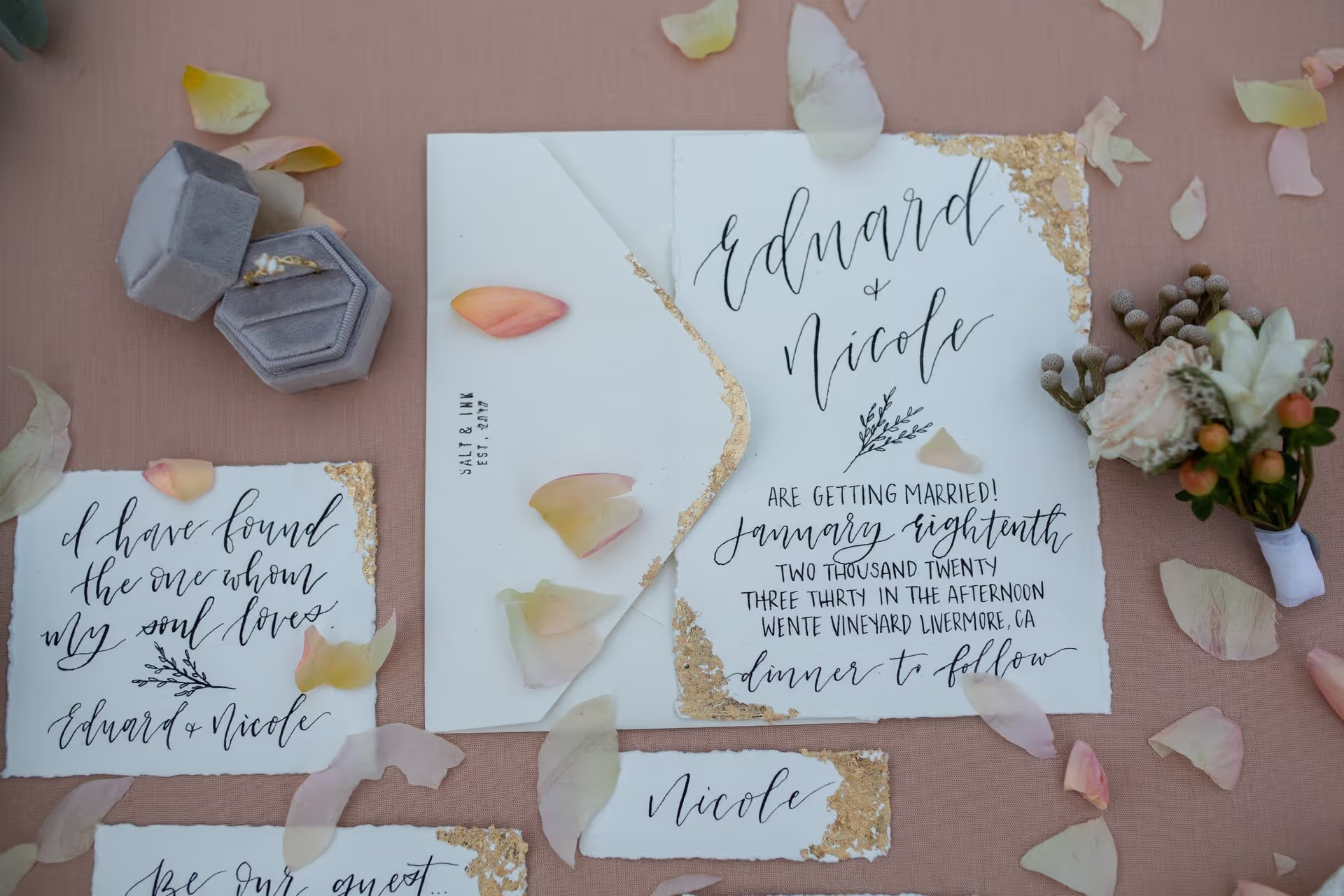


.avif)



.avif)





.avif)








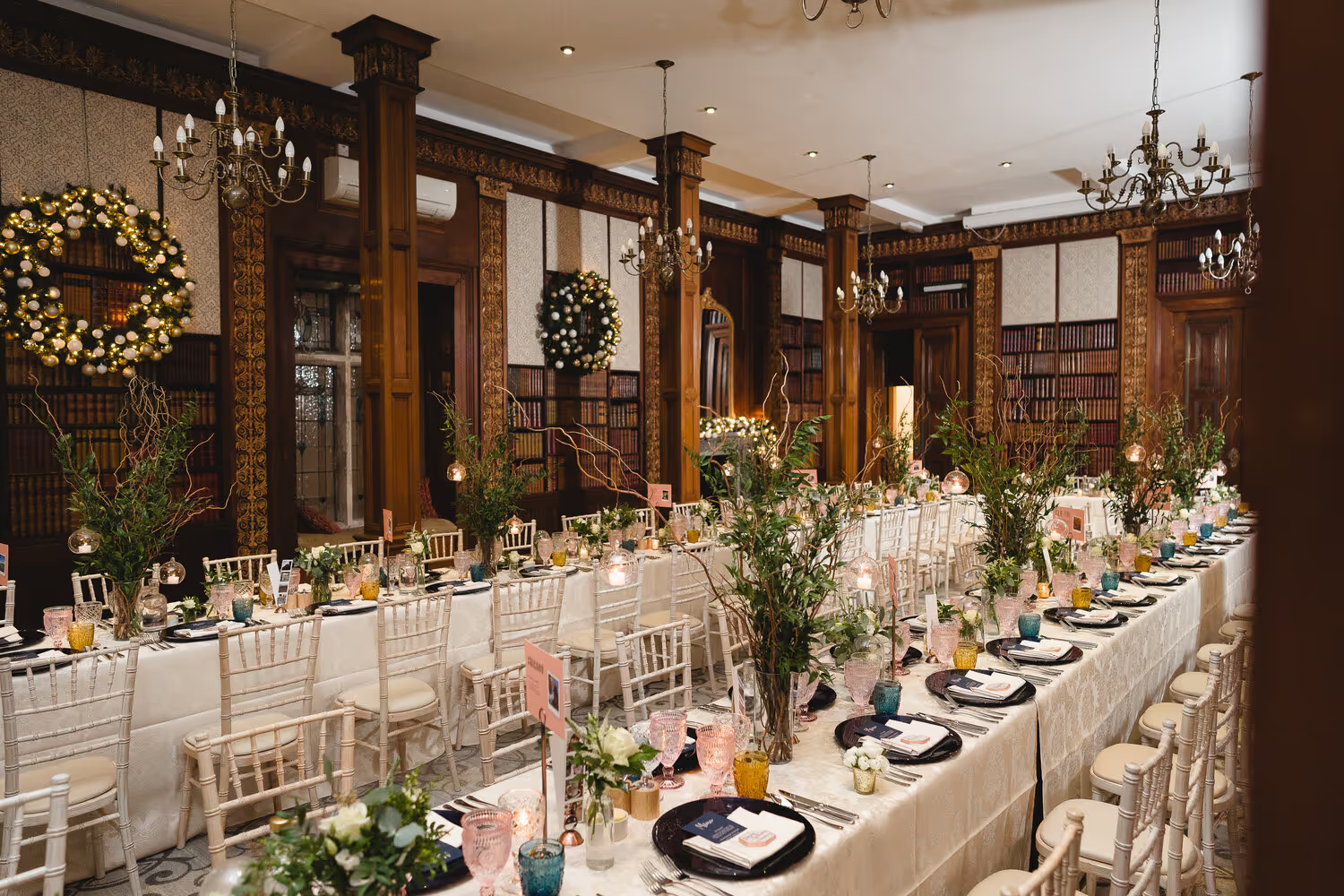
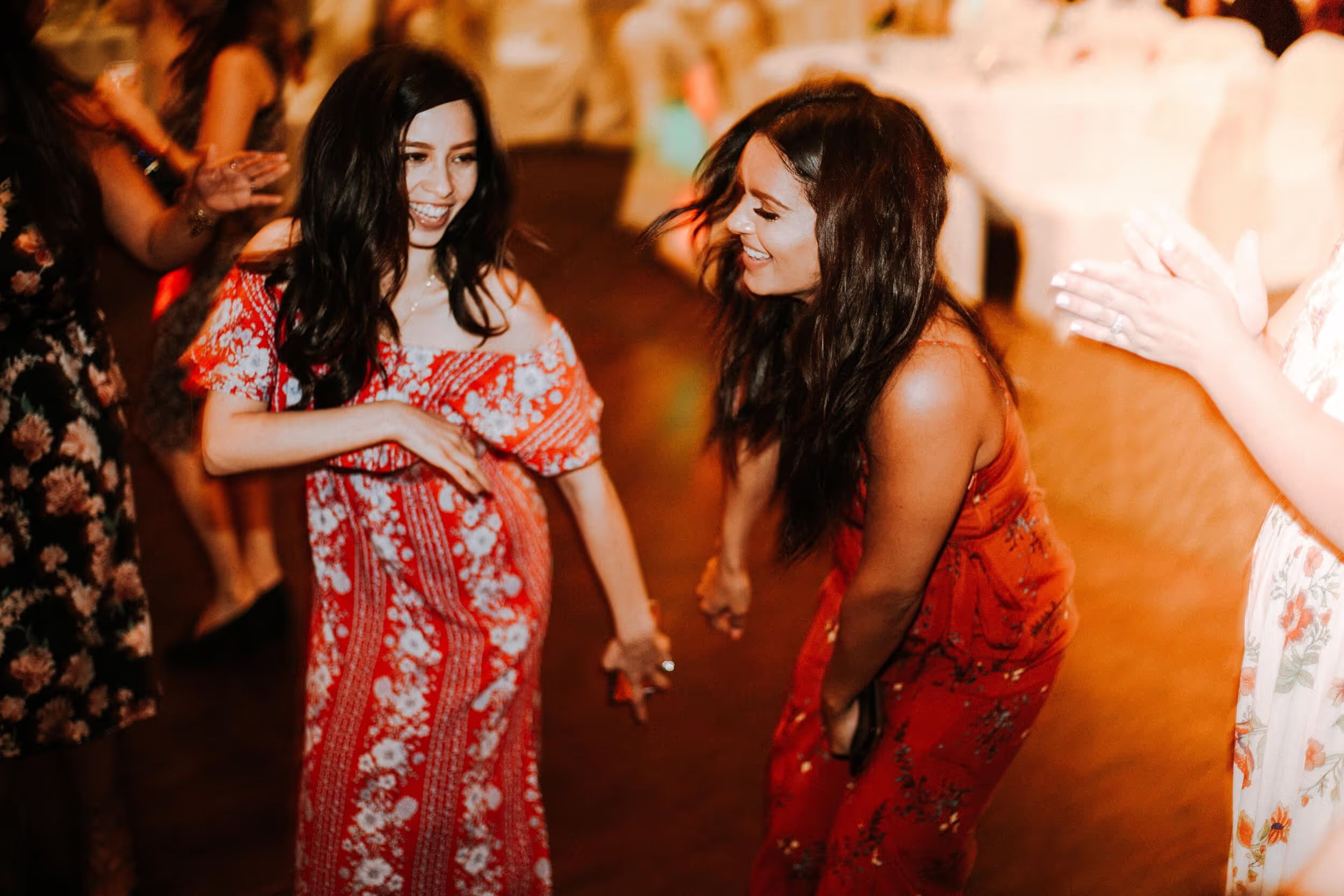
.avif)




.webp)





.avif)
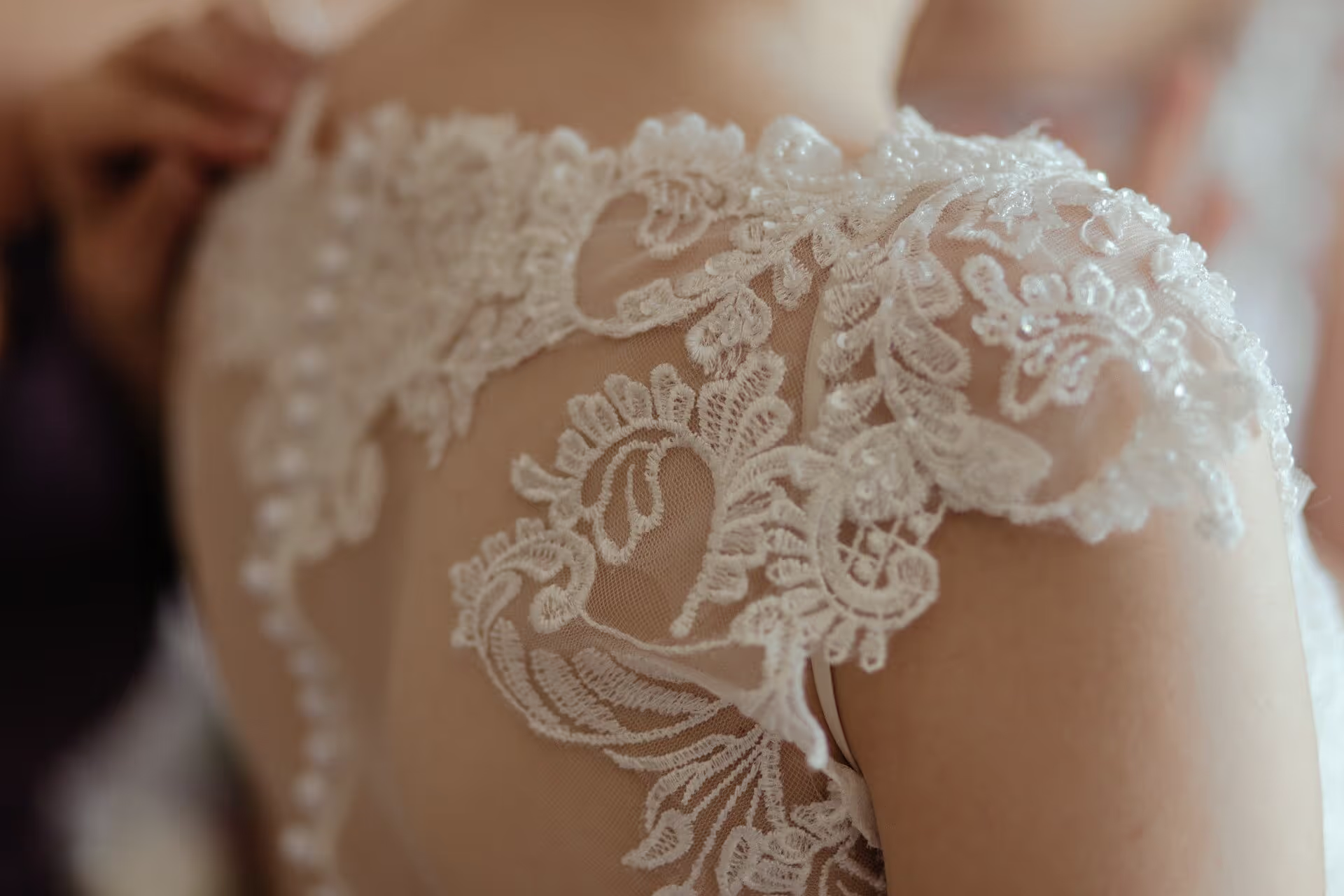

.avif)


.avif)



.avif)





.avif)



.avif)


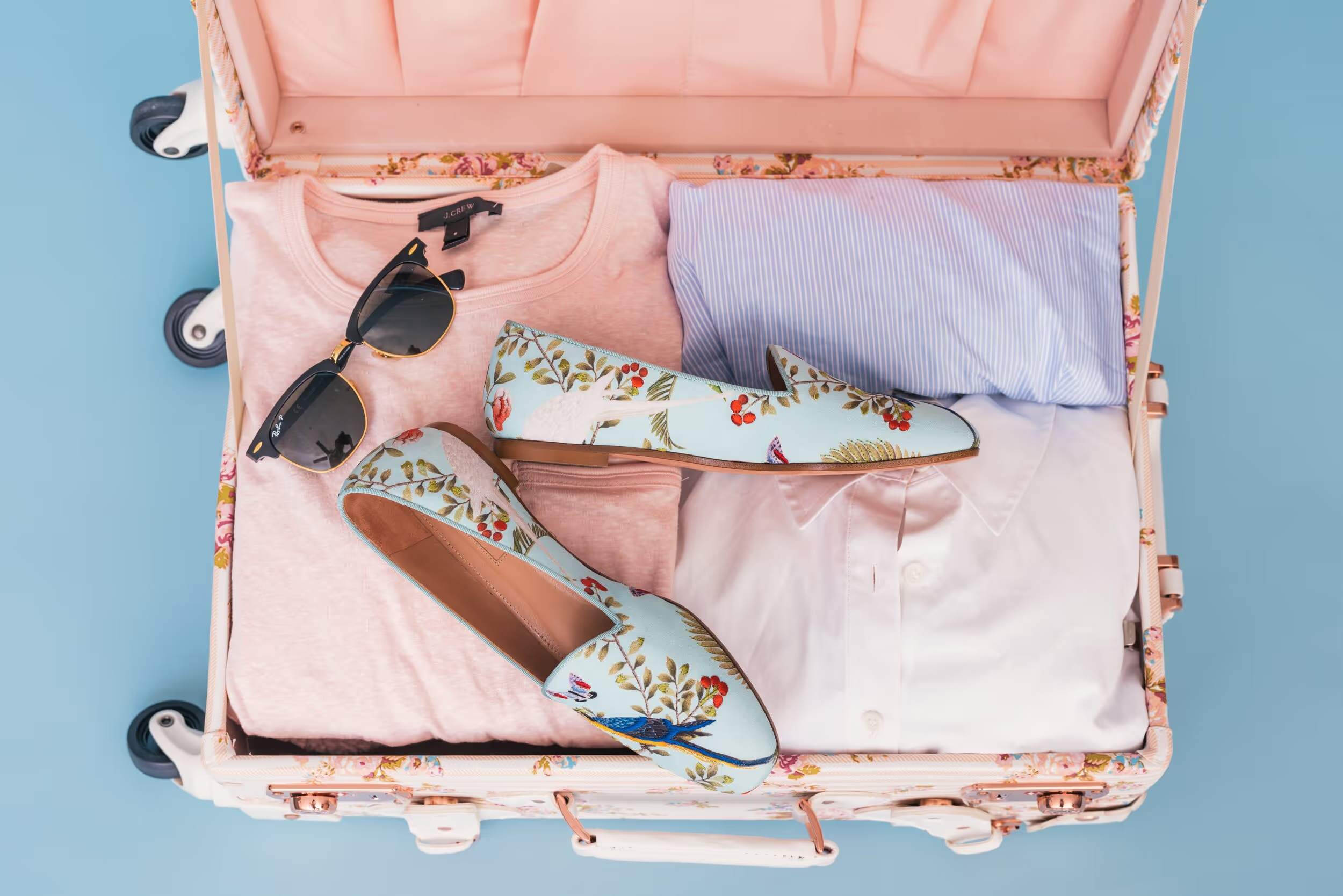


.avif)







.avif)




.webp)





.avif)
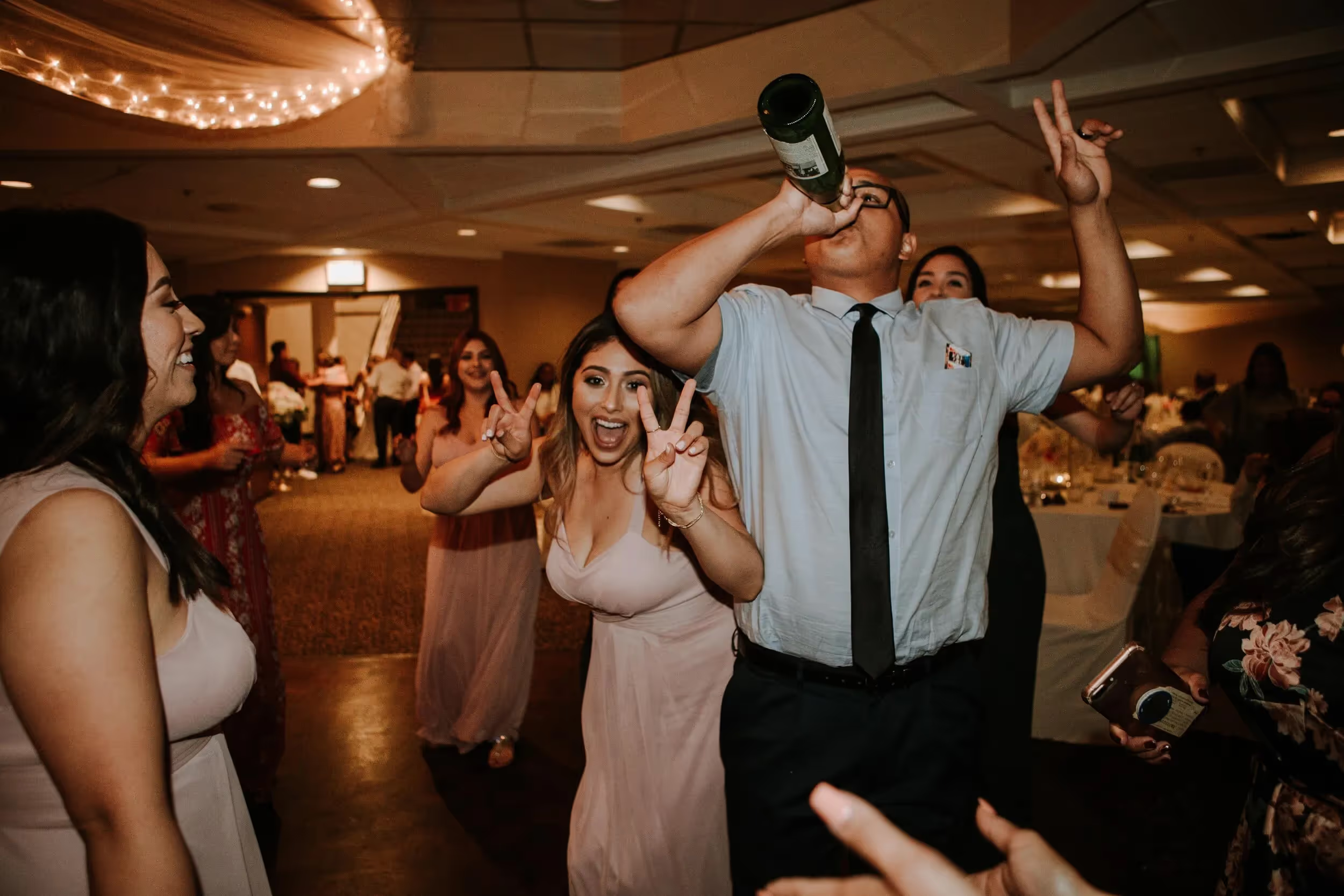




.avif)


.avif)




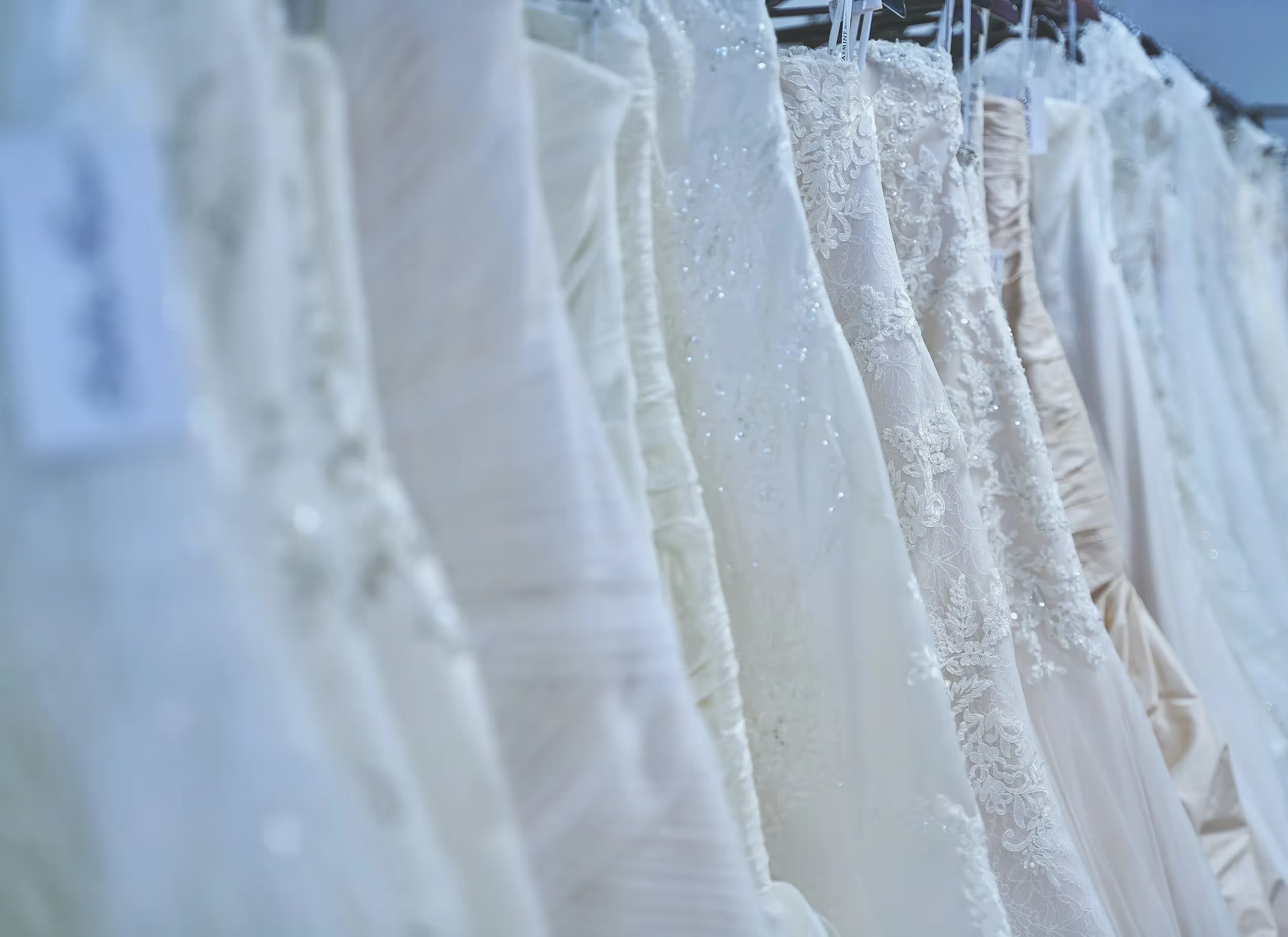
.avif)






.avif)




.avif)






.avif)

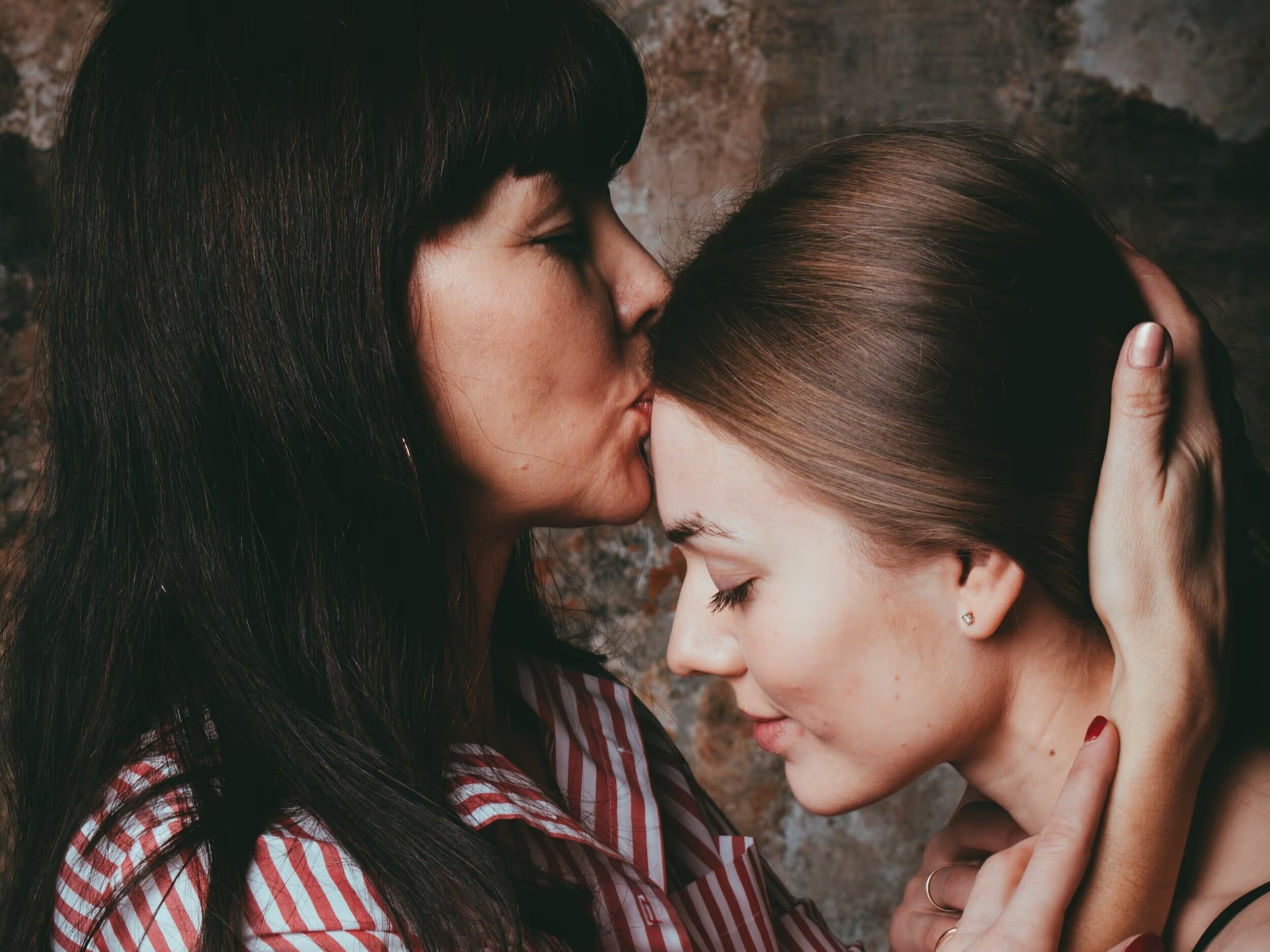
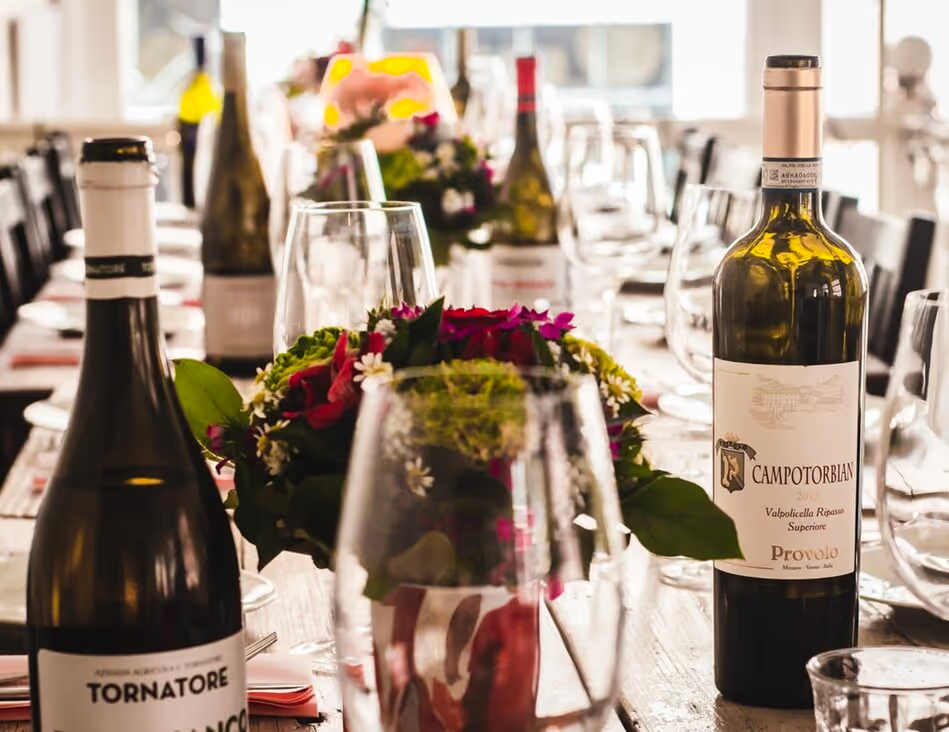

.avif)





.avif)





.avif)














